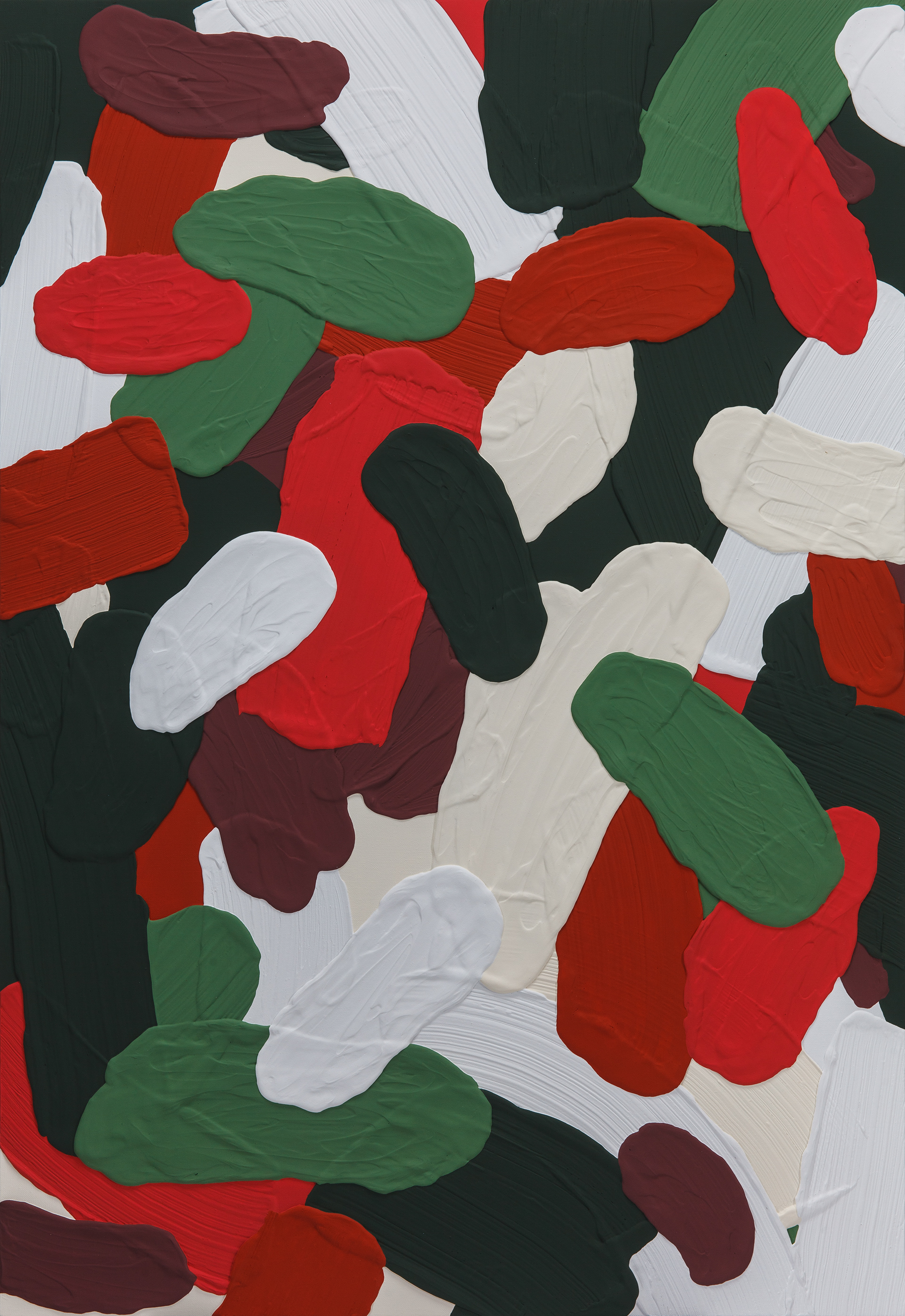
Untitled-70, 116.8x80.3(cm), ●
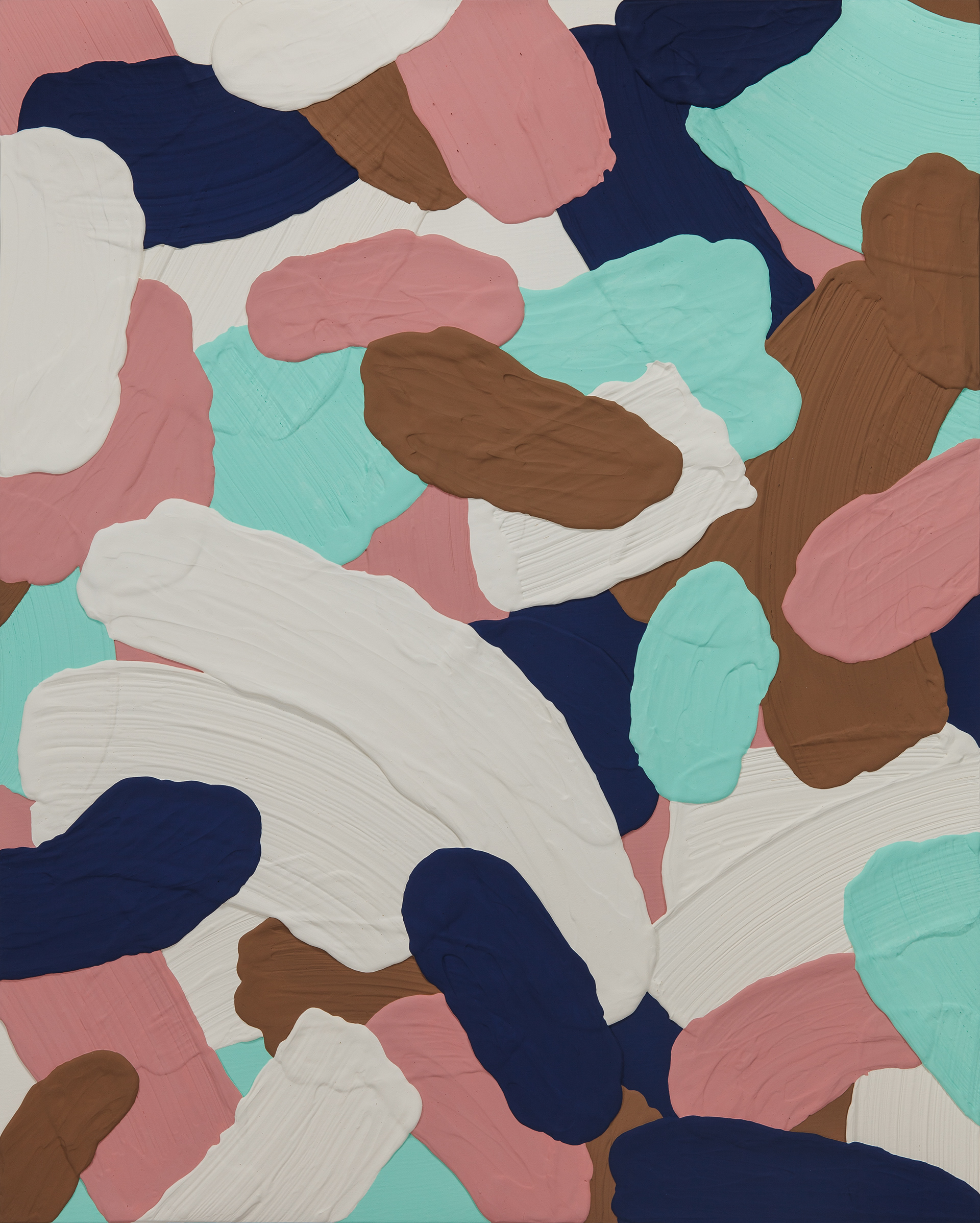
Untitled-71, 91x72.8(cm)
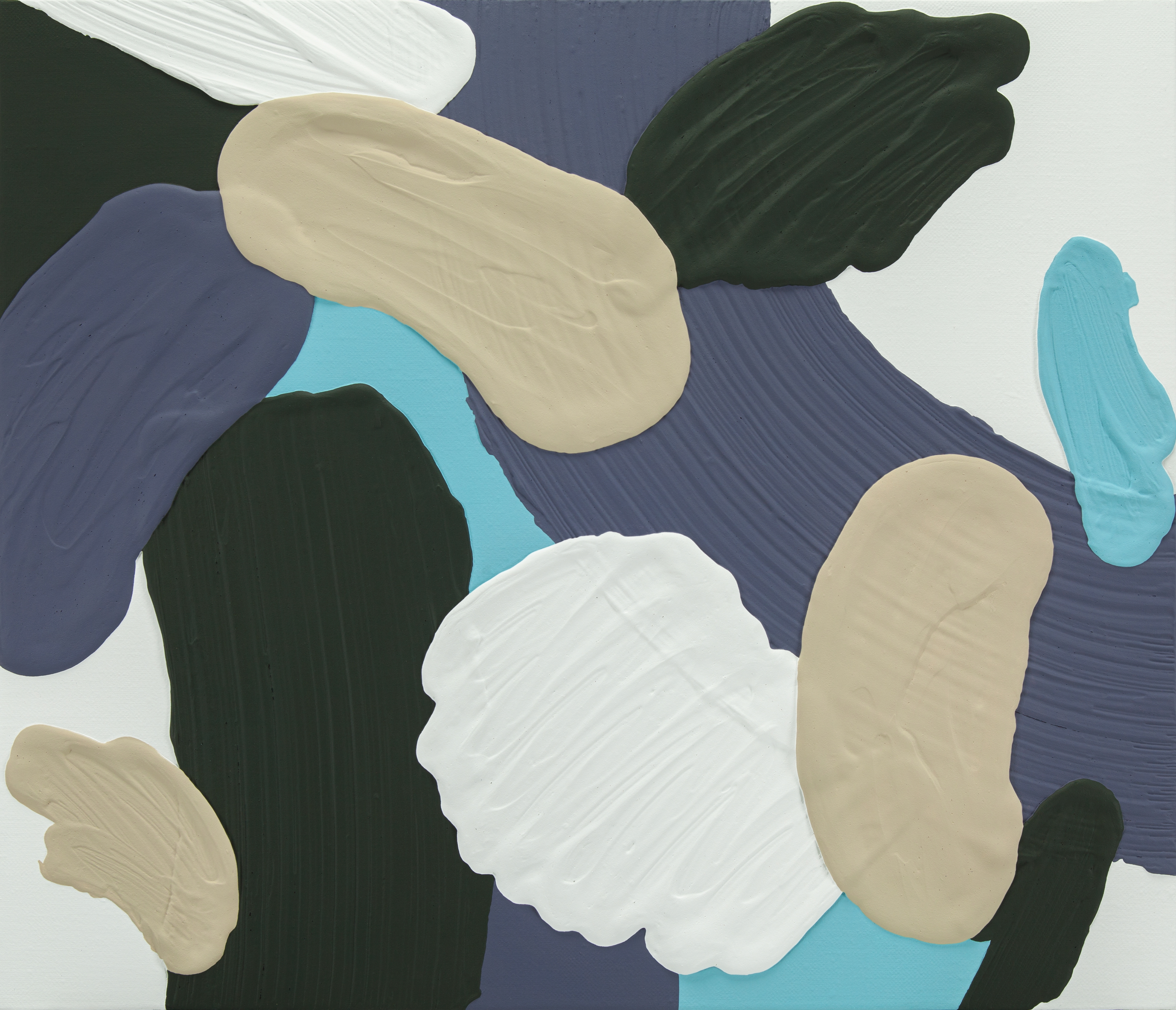
Untitled-72, 45.6x53.2(cm)
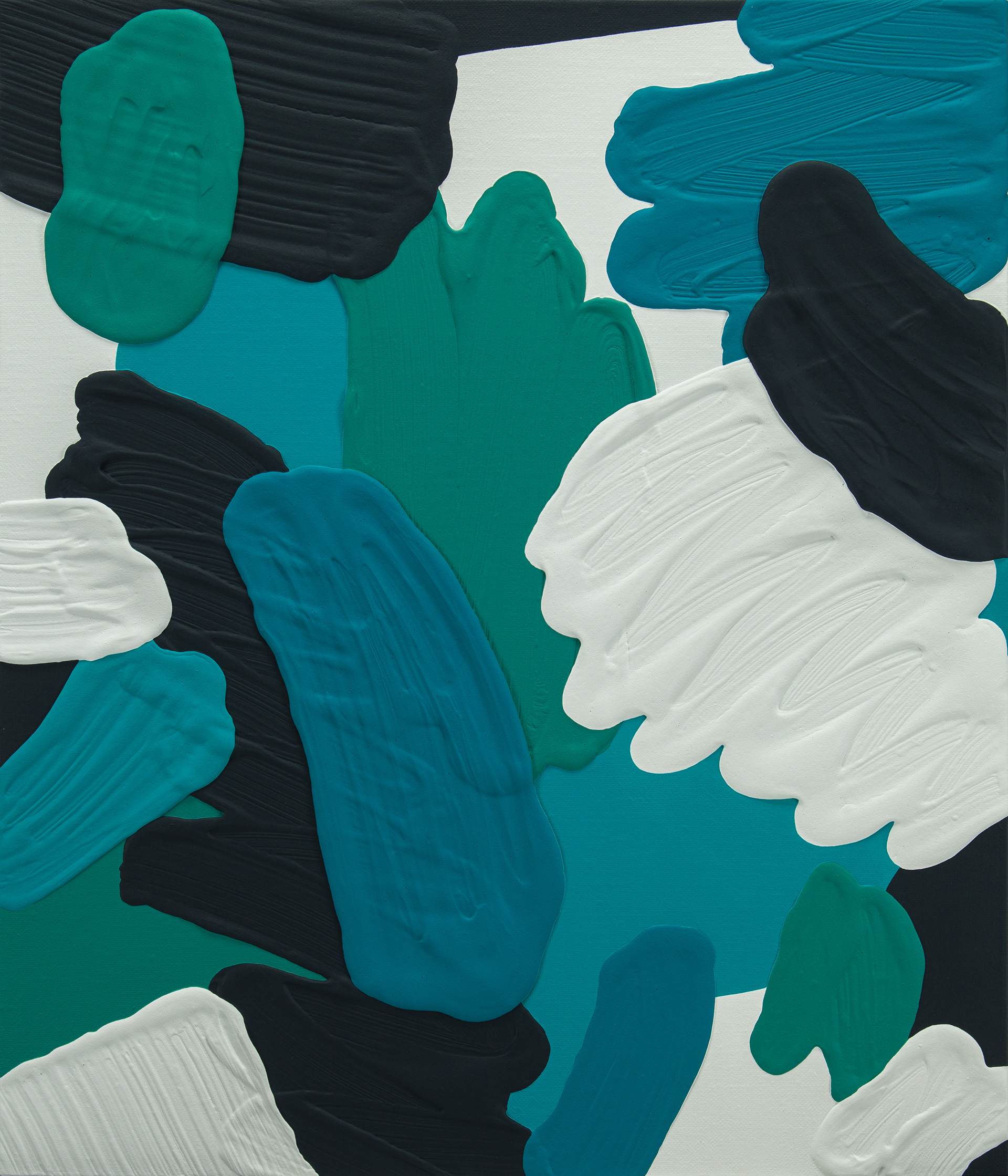
Untitled-69, 53.2x45.6(cm), ●
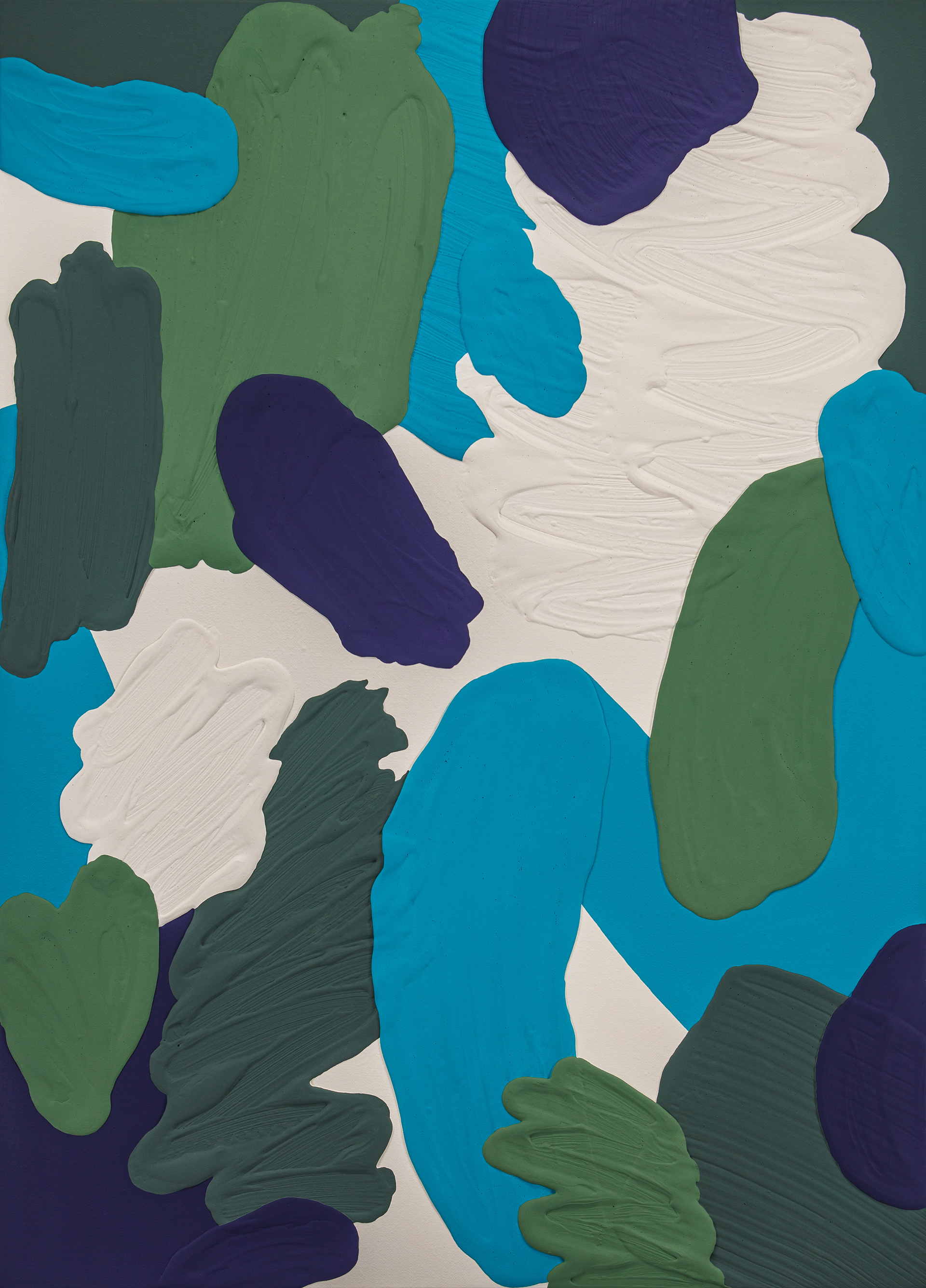
Untitled-68, 91x65.3(cm)
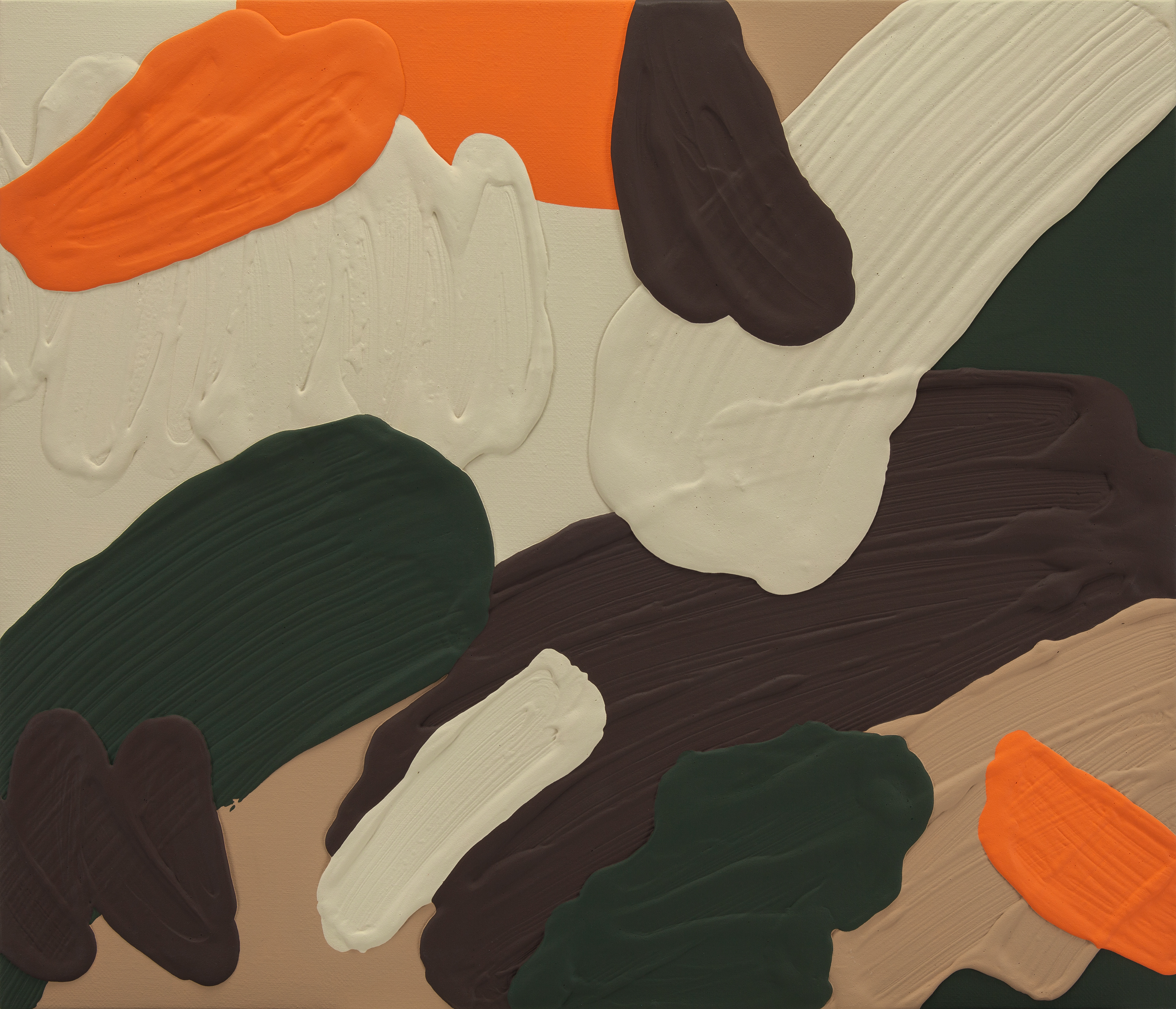
Untitled-67, 45.6x53.2(cm) ●
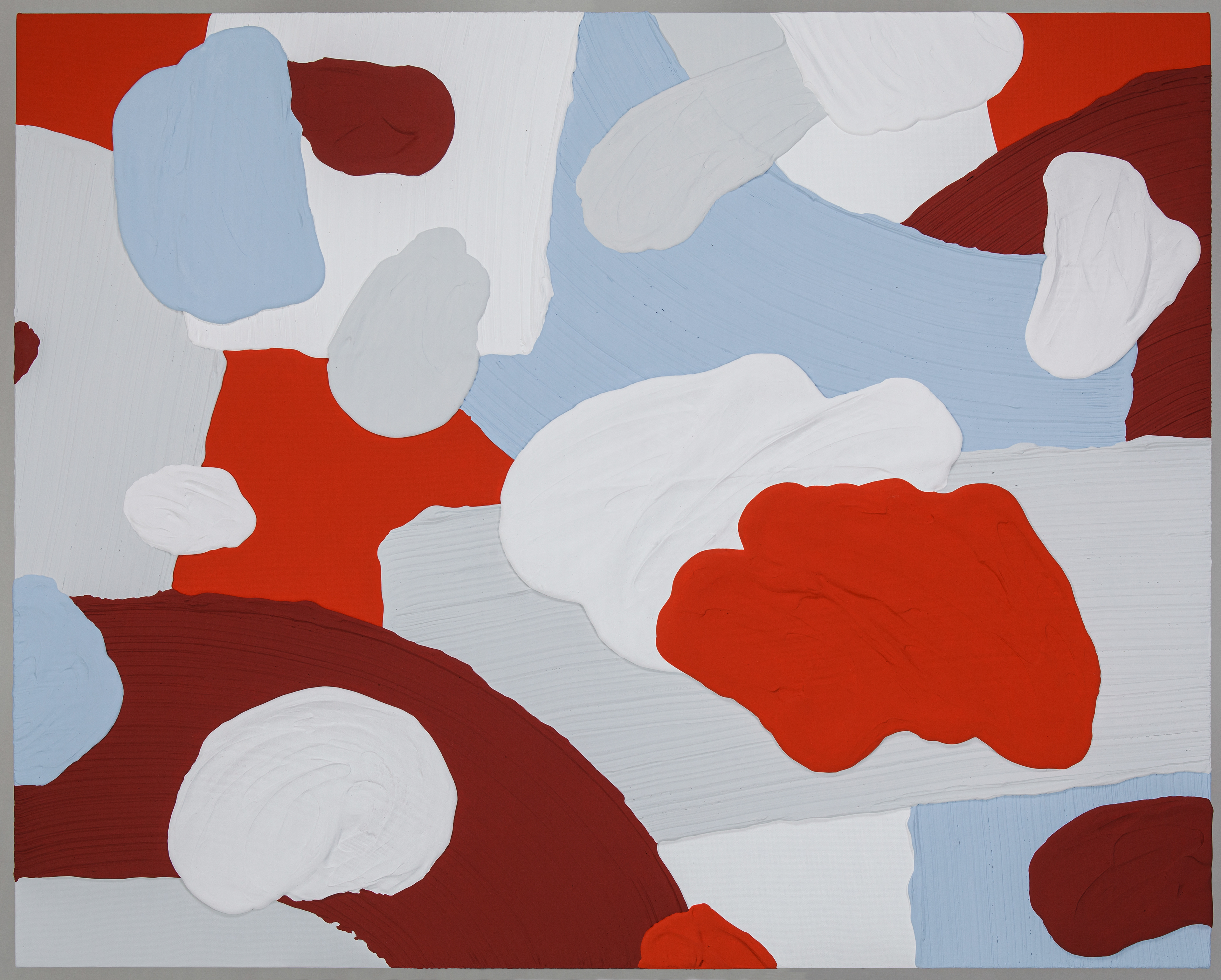
Untitled-66, 73x91.2(cm)
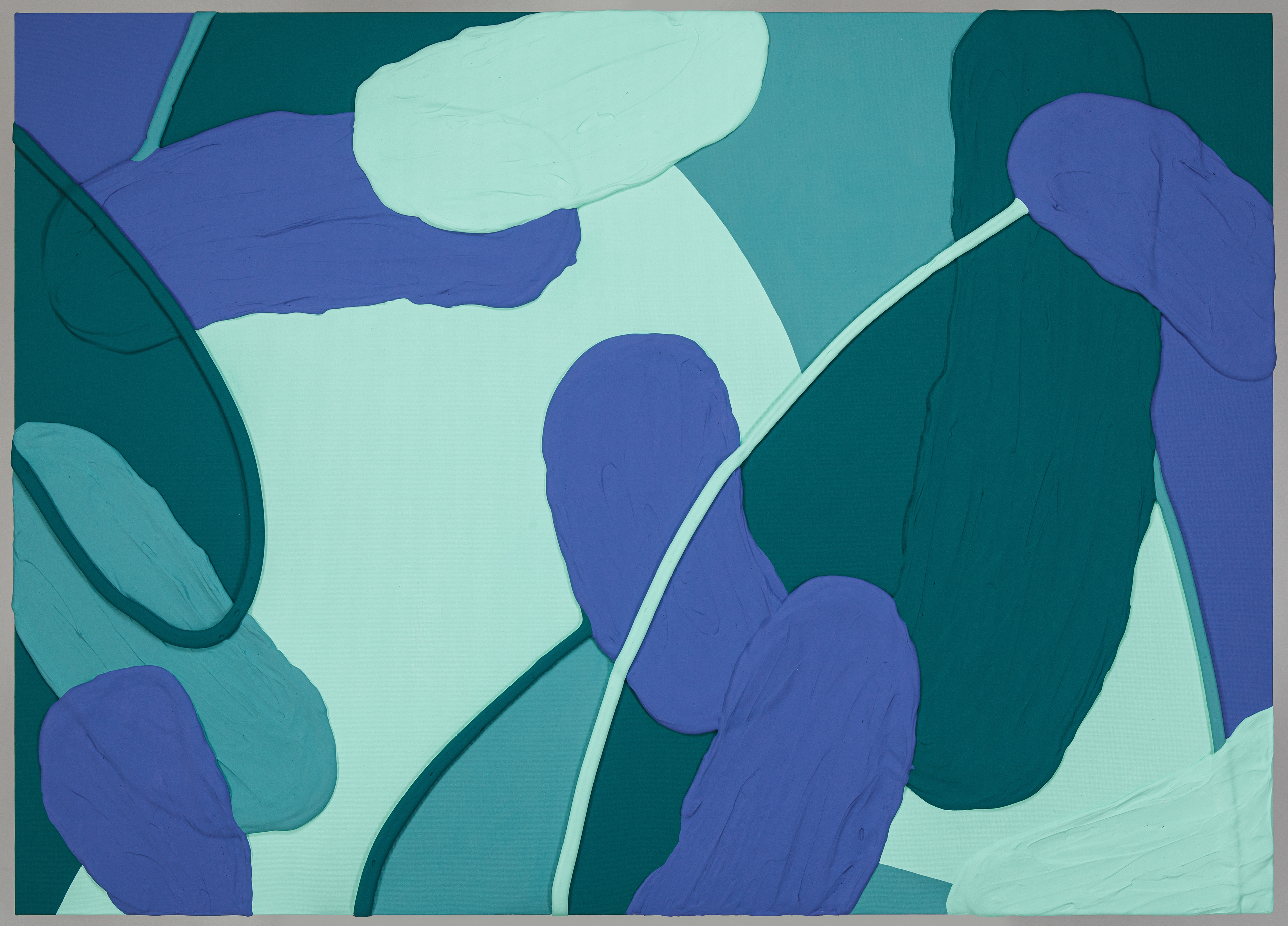
Untitled-65, 65.4x91(cm)
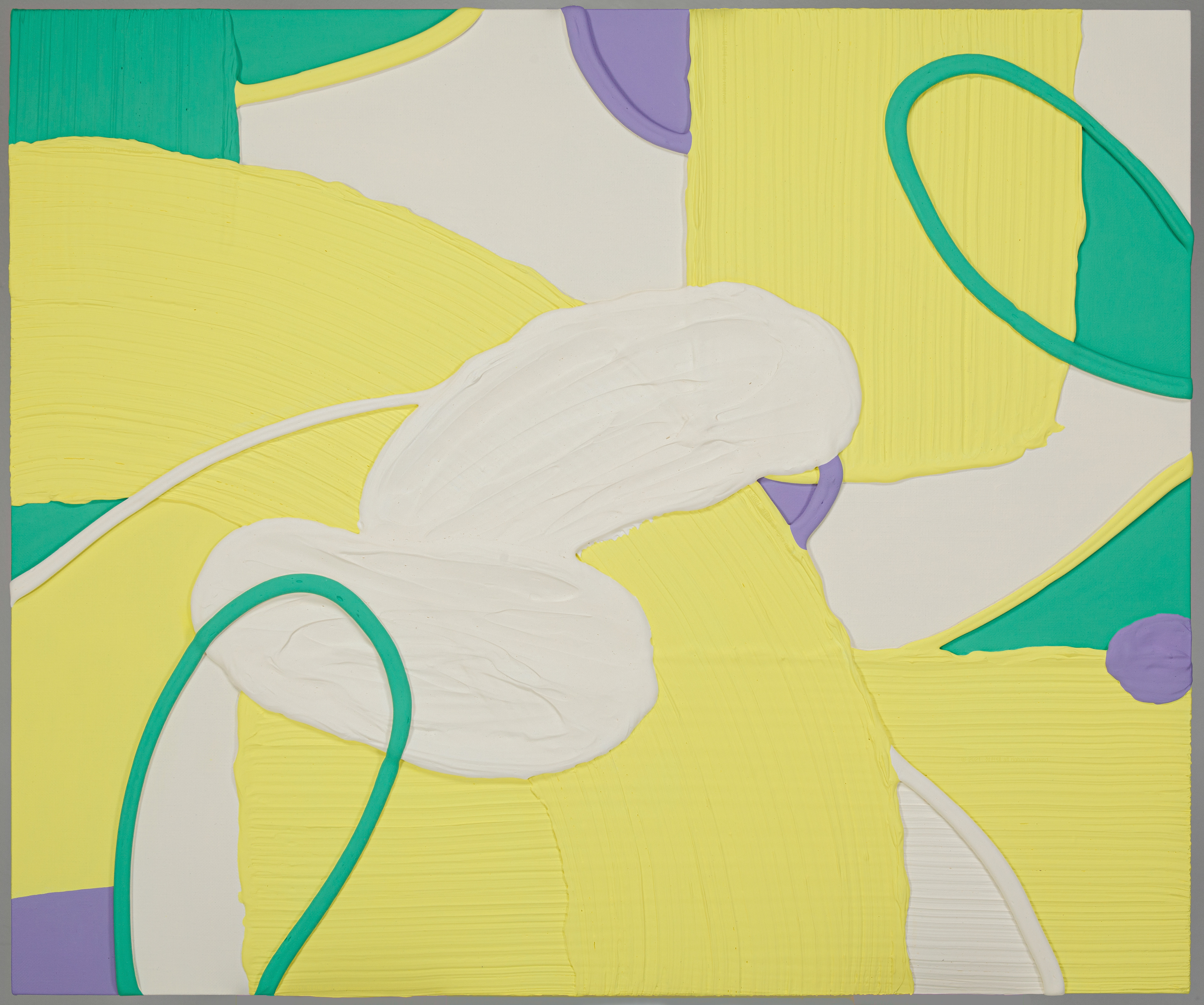
Untitled-64, 61x73(cm)
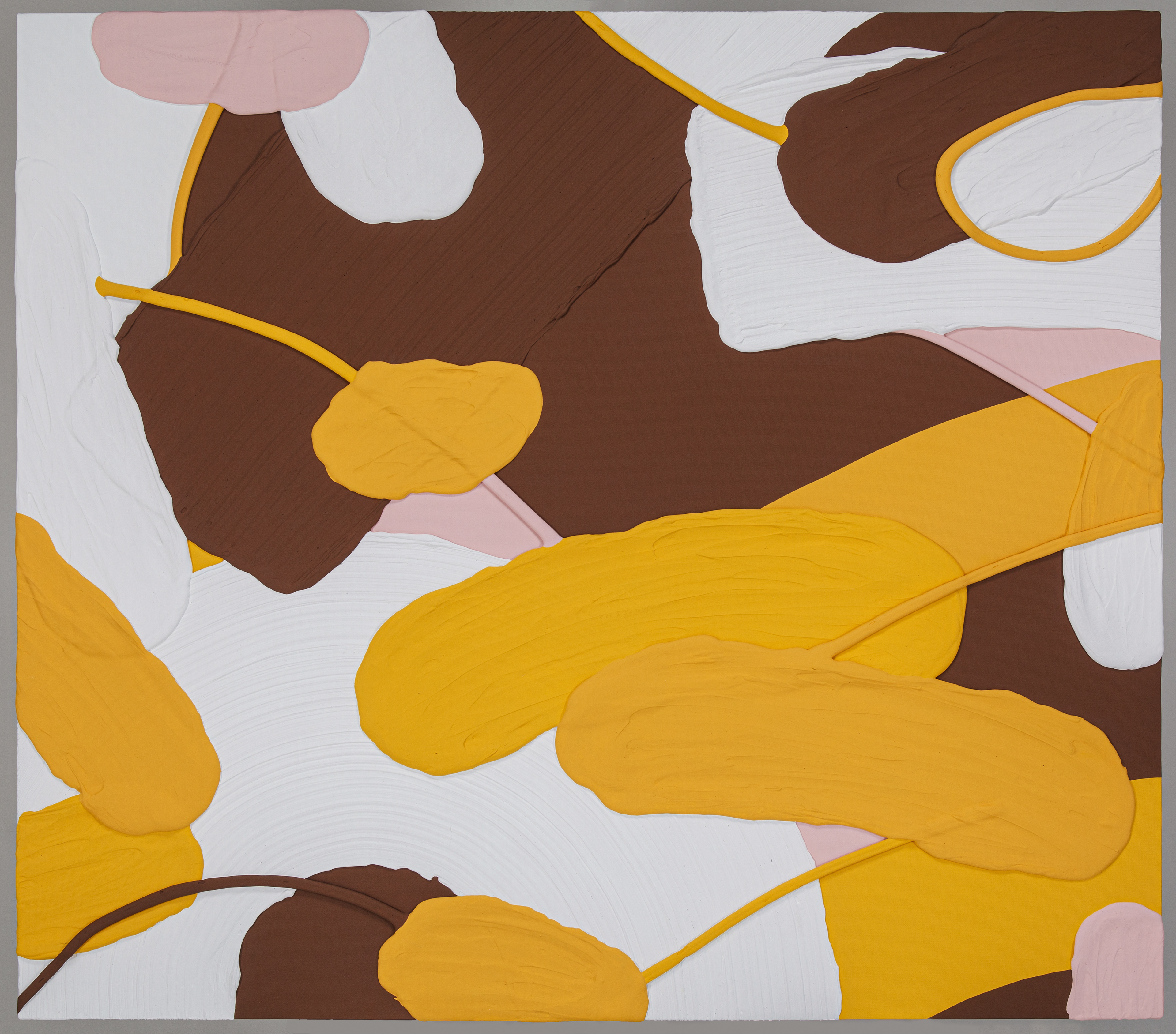
Untitled-63, 86.2x98(cm)
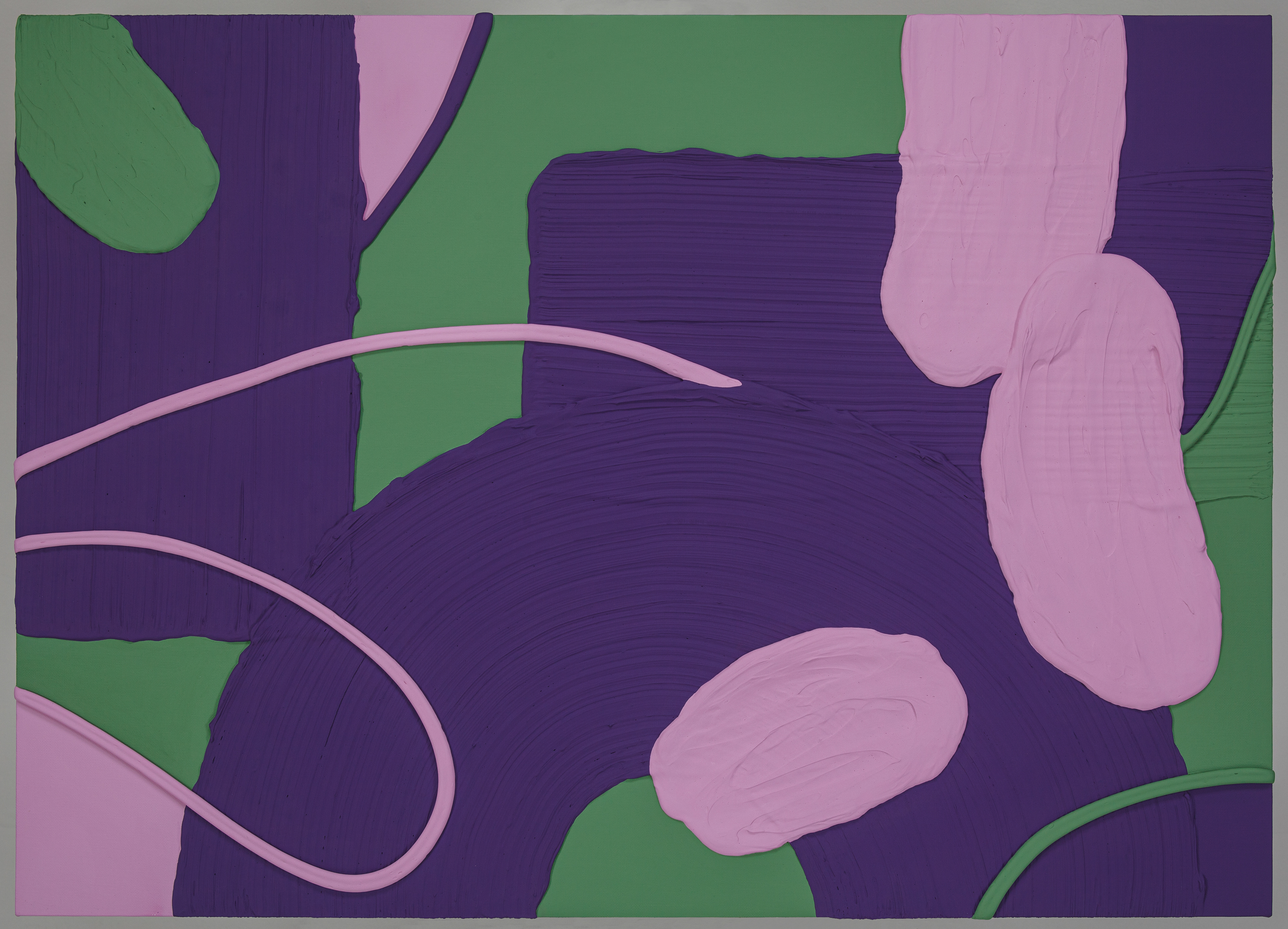
Untitled-62, 65.5x91(cm)
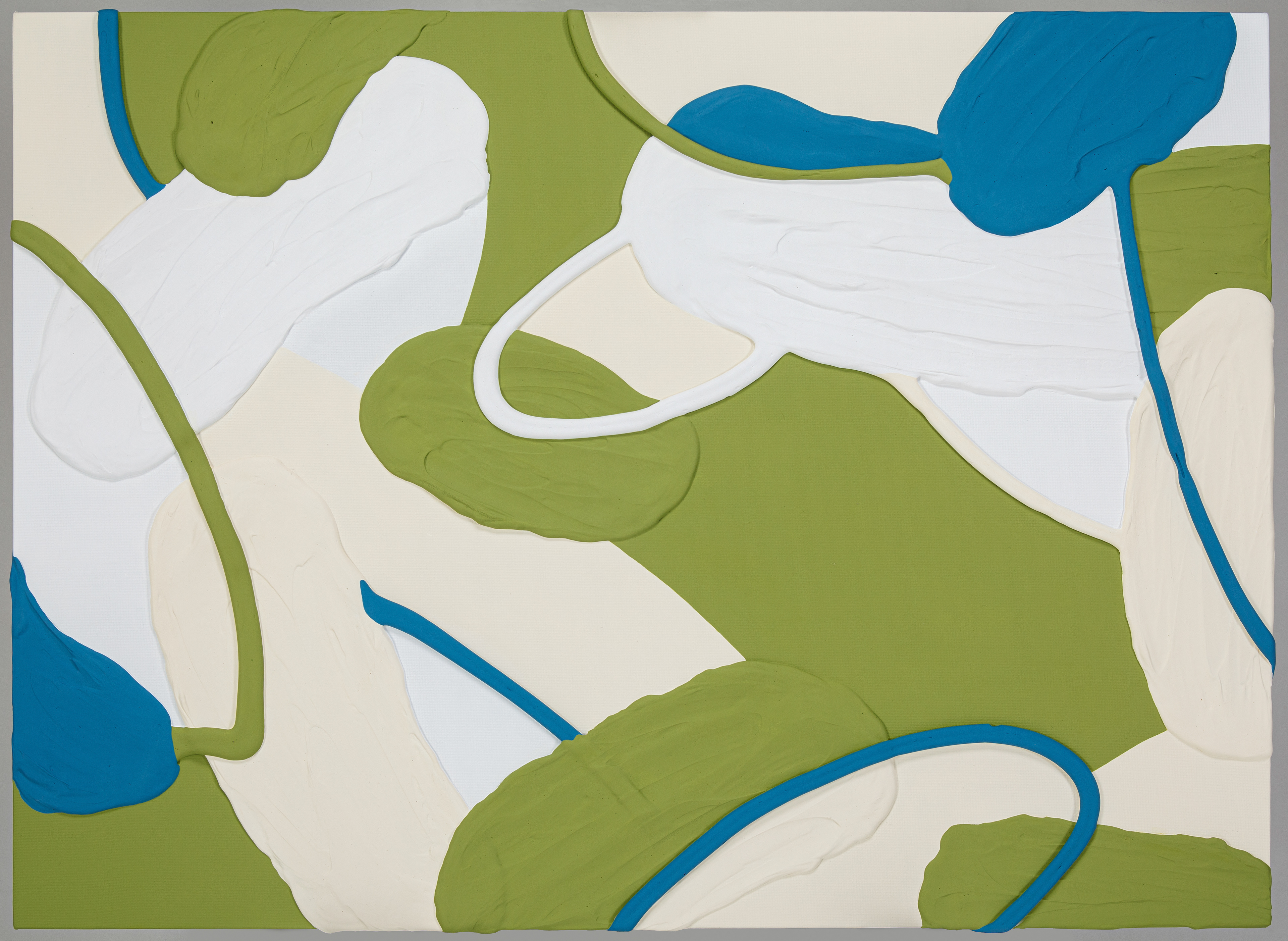
Untitled-61, 53.3x73(cm)
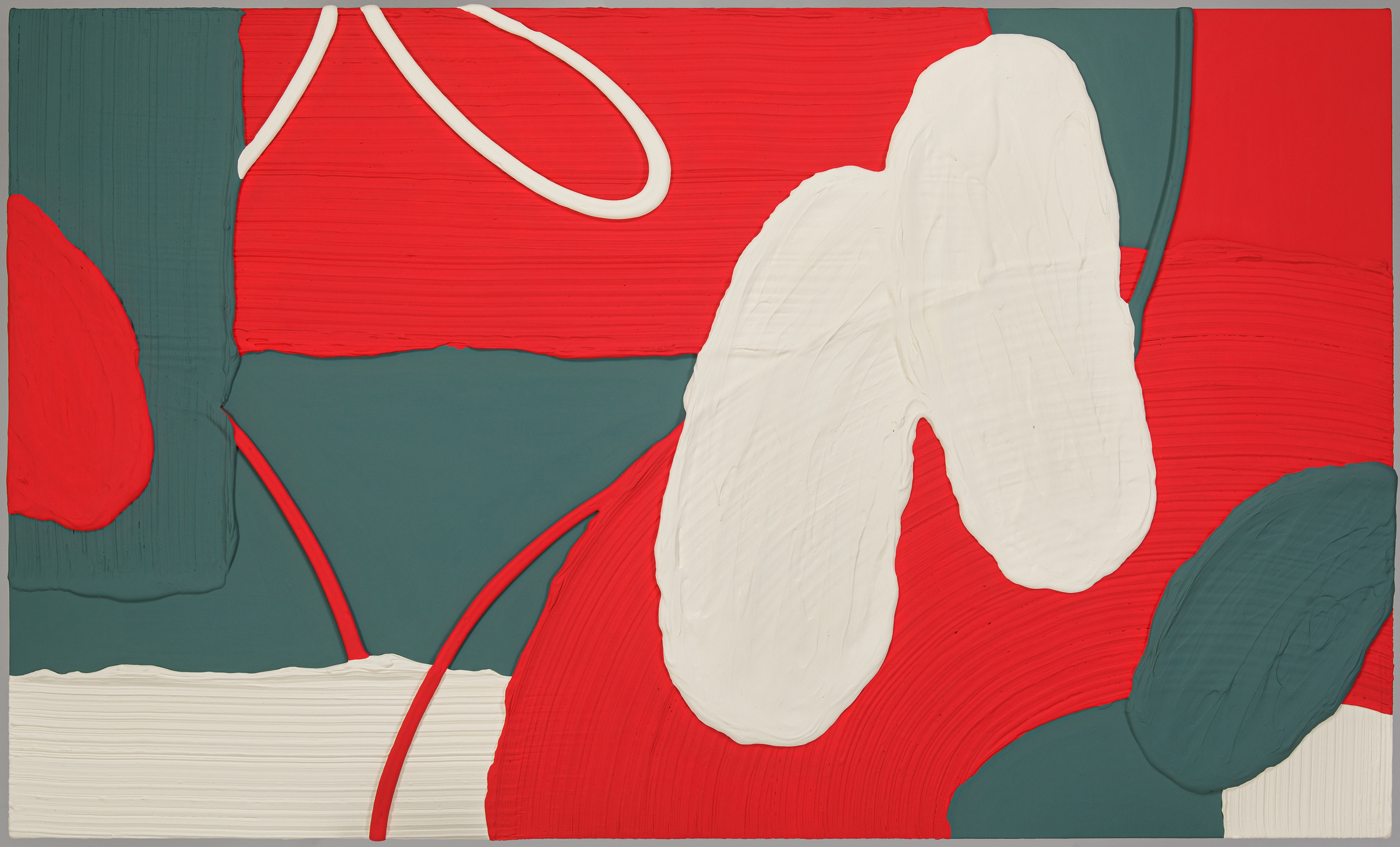
Untitled-59, 55.3x92(cm)
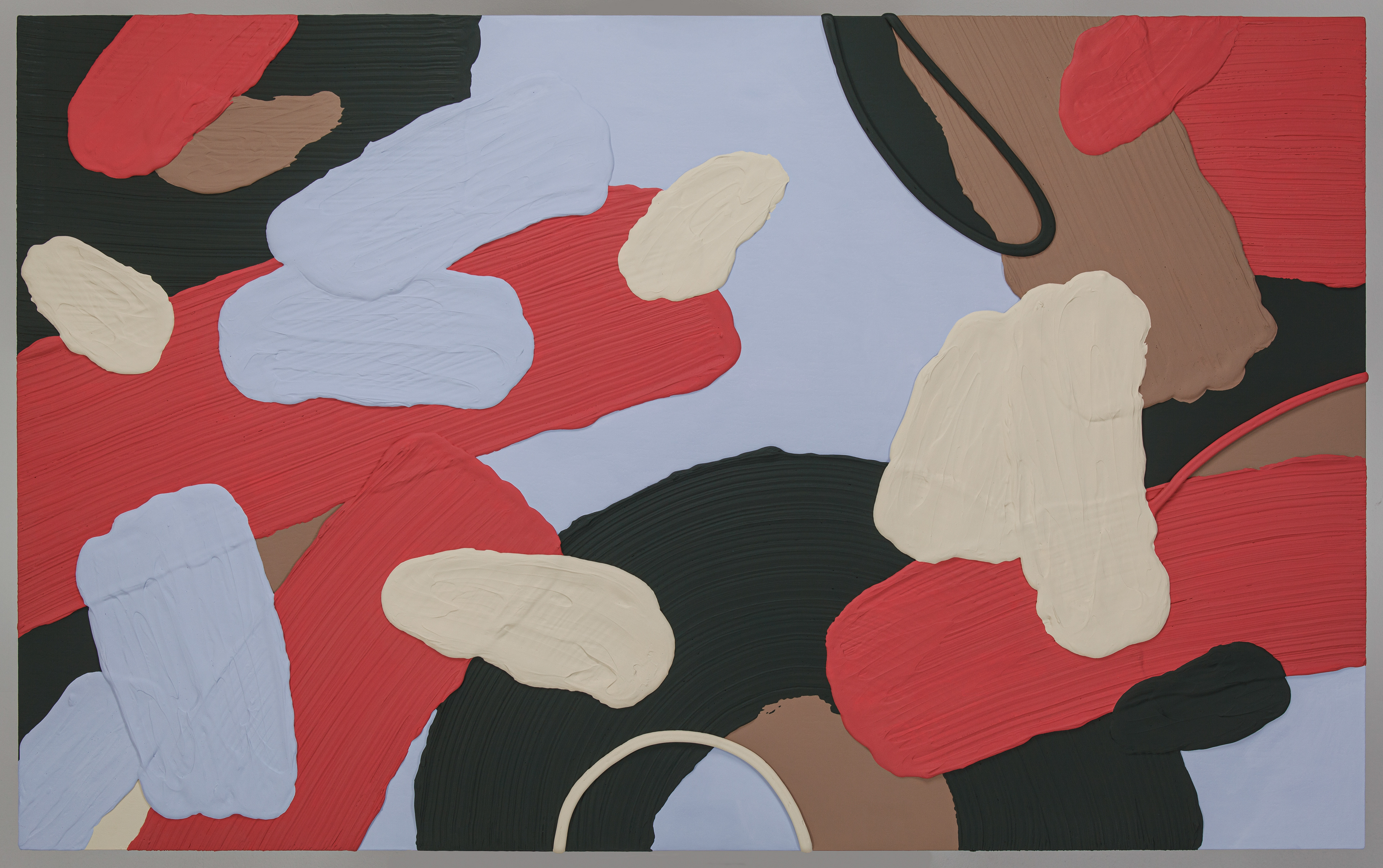
Untitled-57, 80.4x130.3(cm)
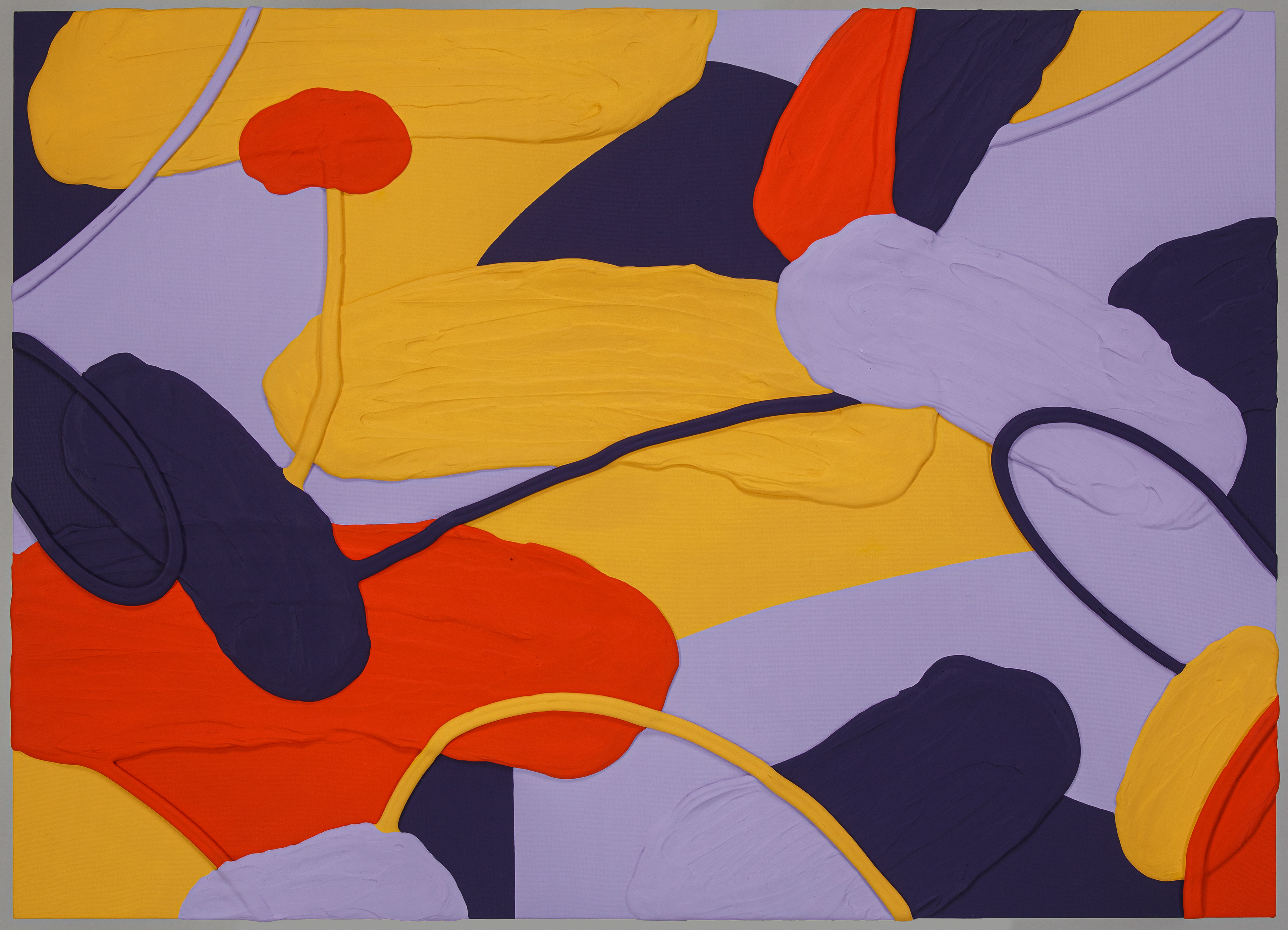
Untitled-60, 65.4x91.2(cm)
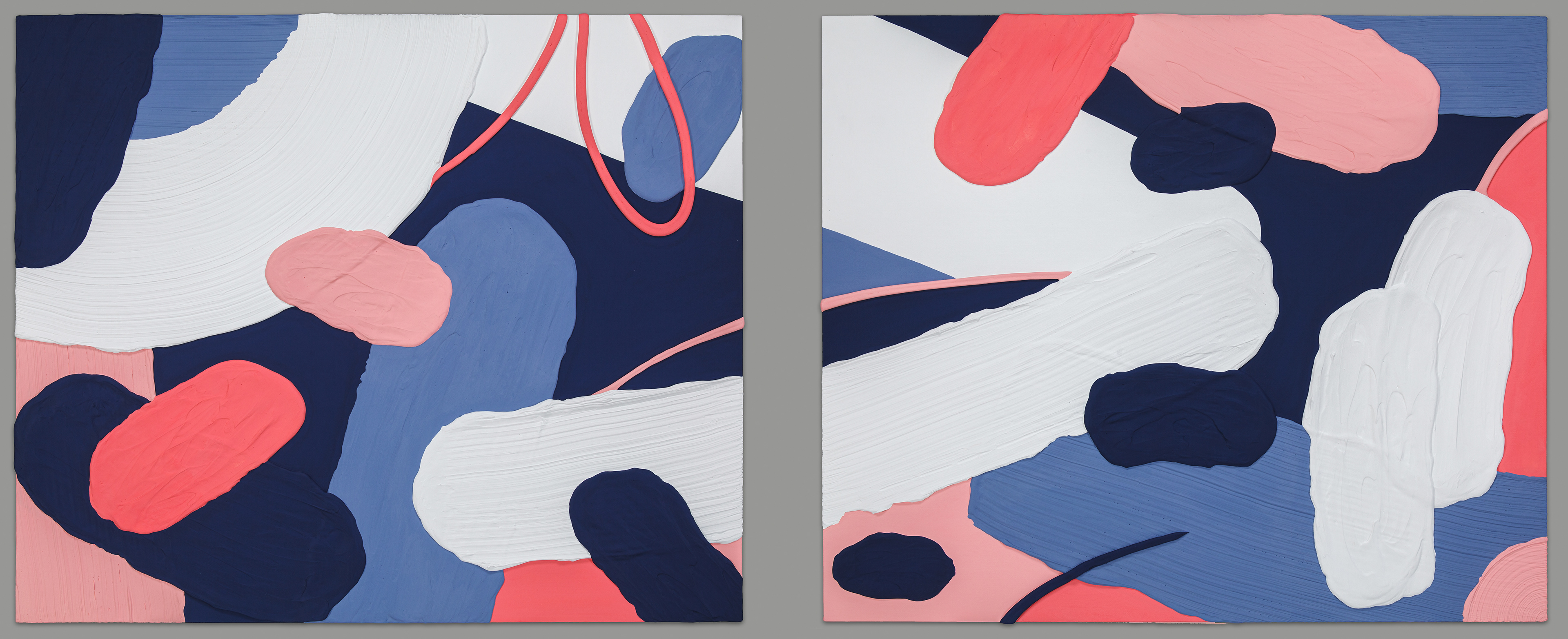
Untitled-58, 60.9x153(cm)
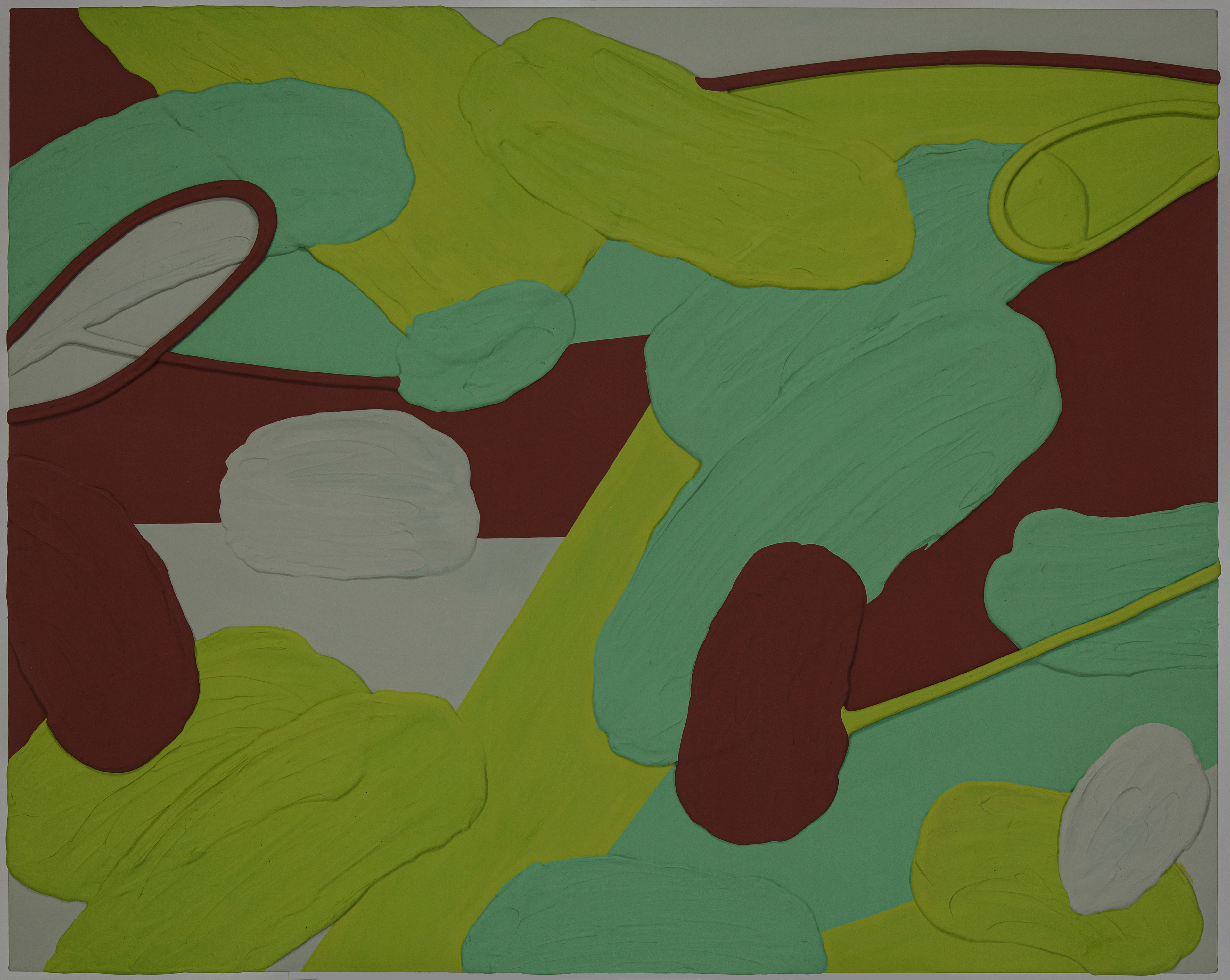
Untitled-53, 72.8x91.1(cm)
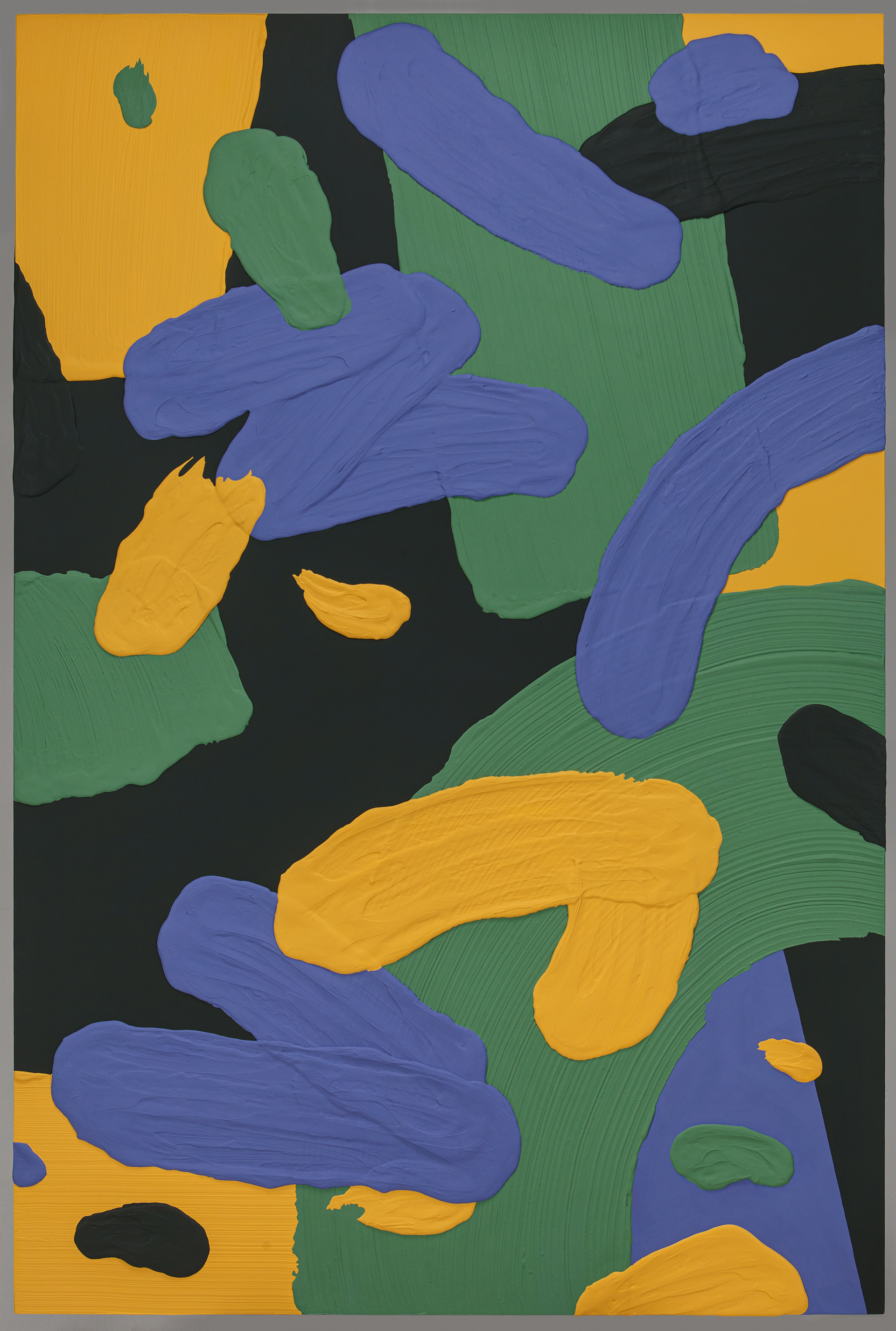
Untitled-50, 145.5x97(cm)
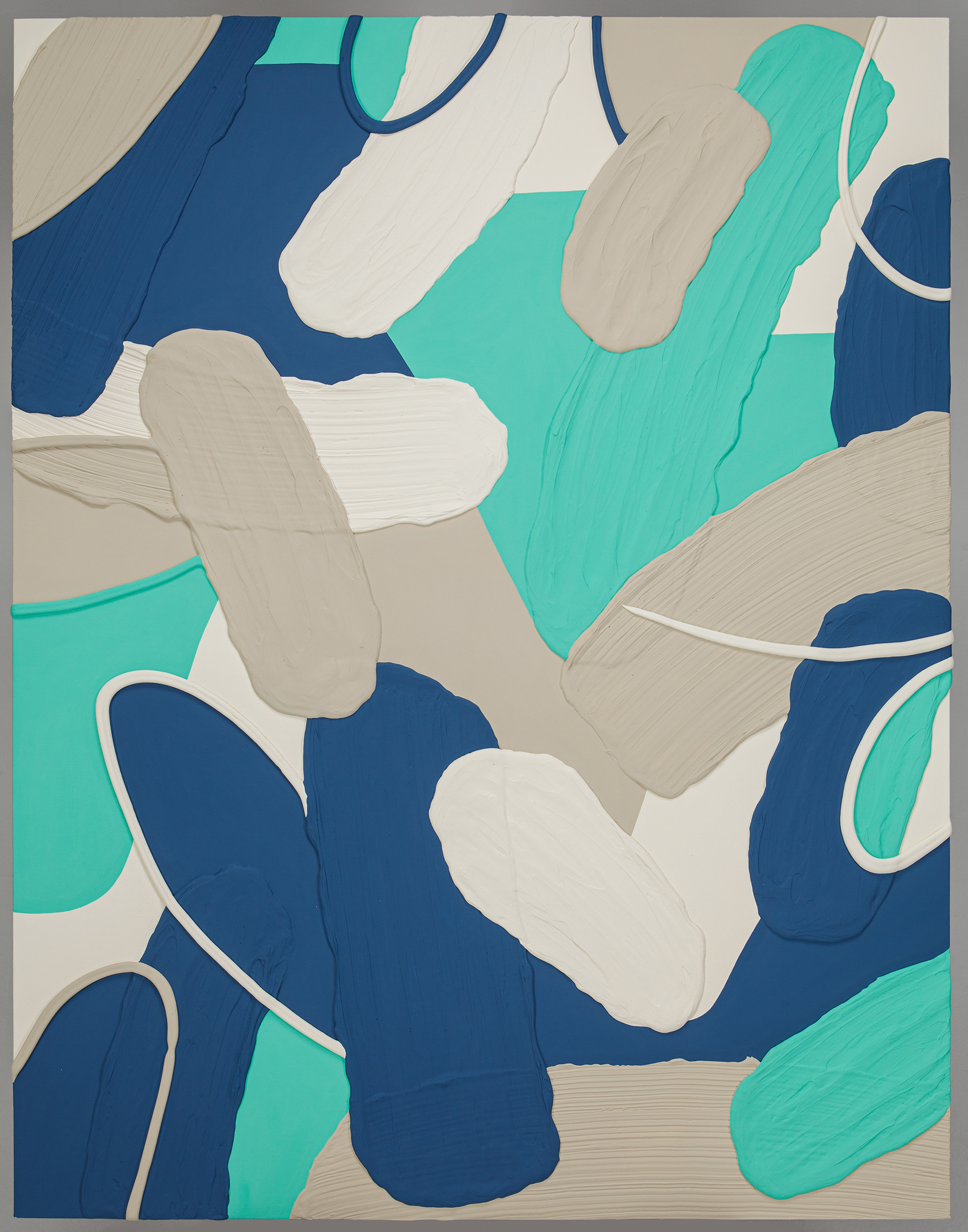
Untitled-49, 117x91.1(cm)●
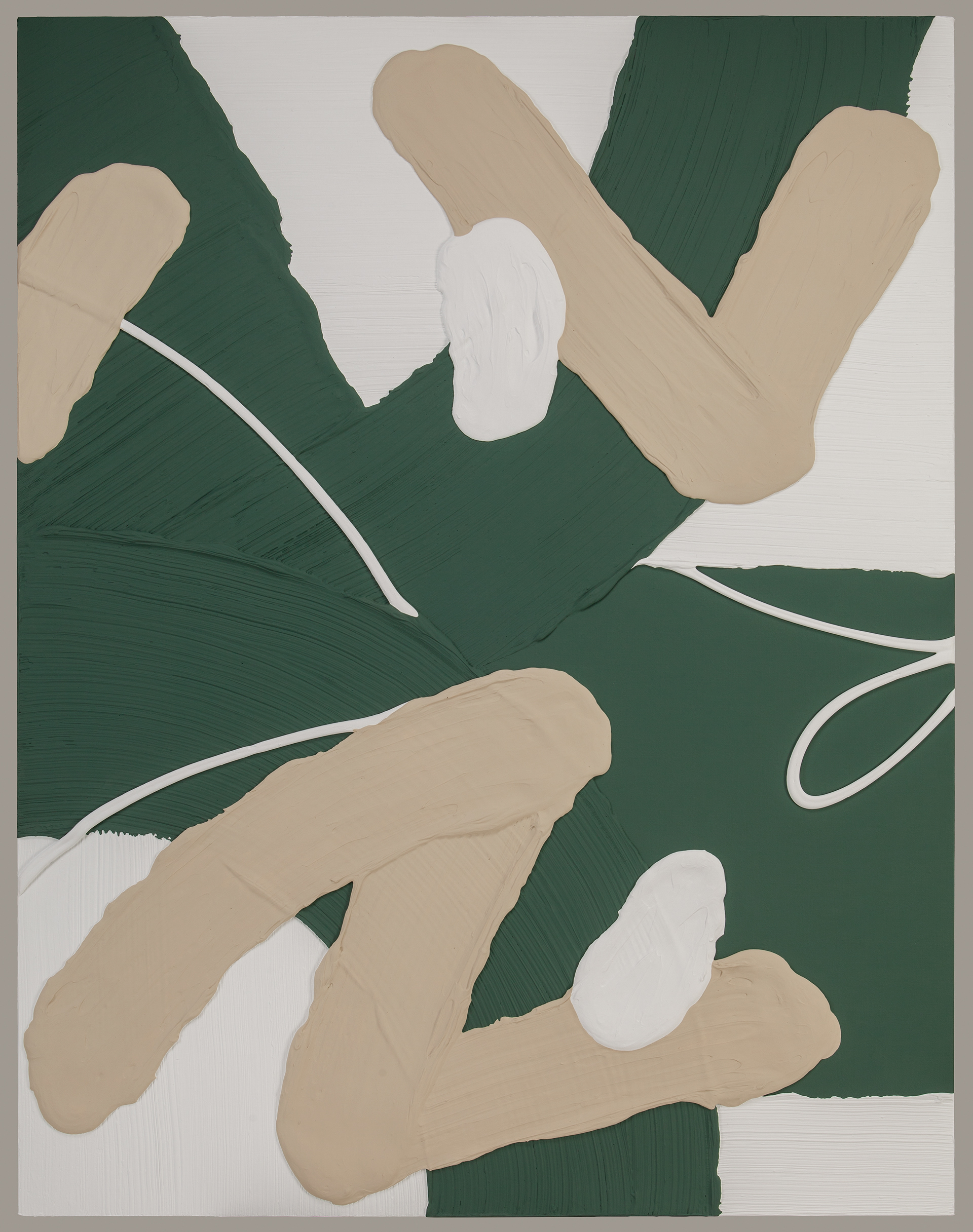
Untitled-51, 116.5x91.4(cm)
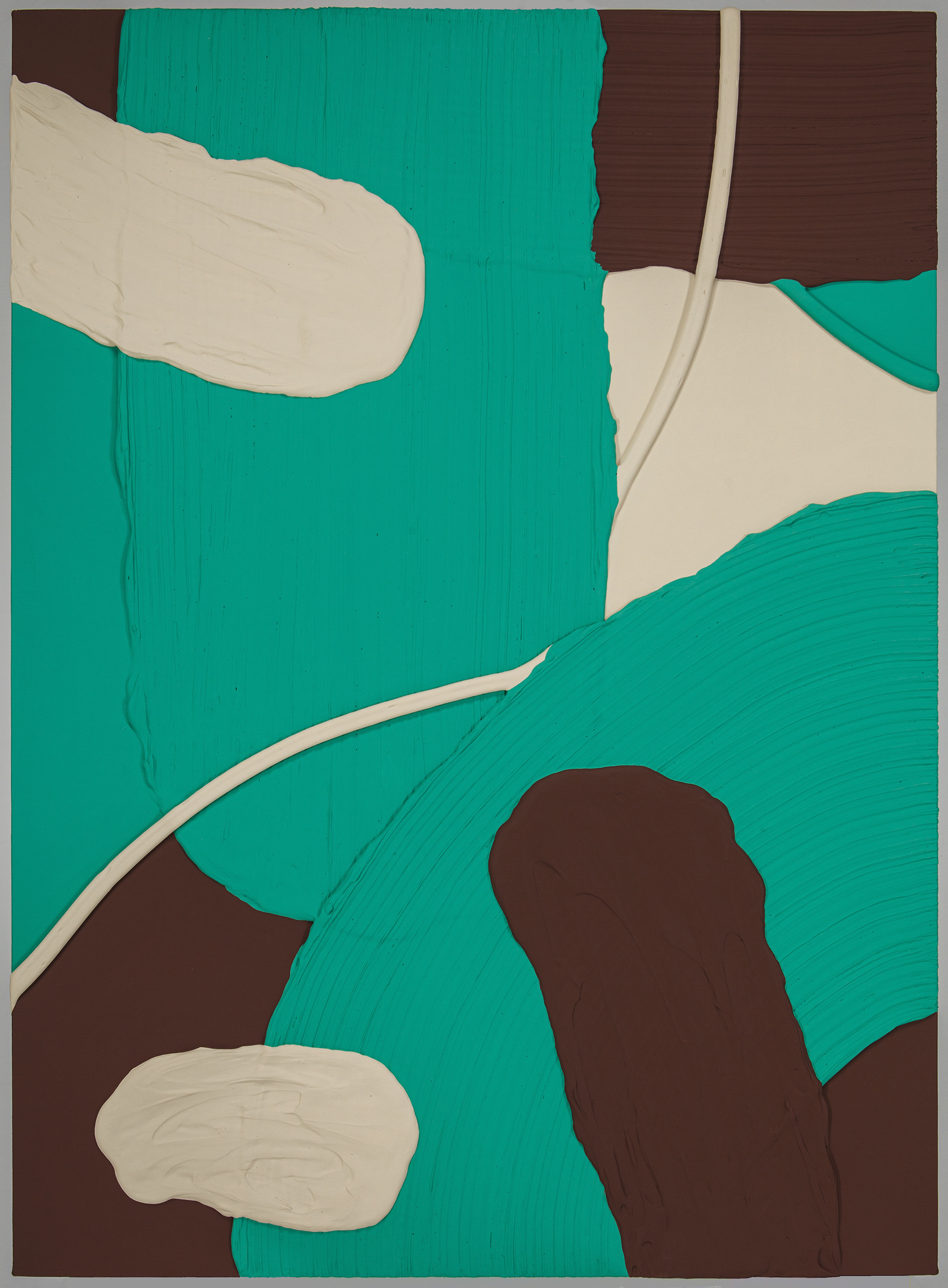
Untitled-54, 72.8x53.4(cm)
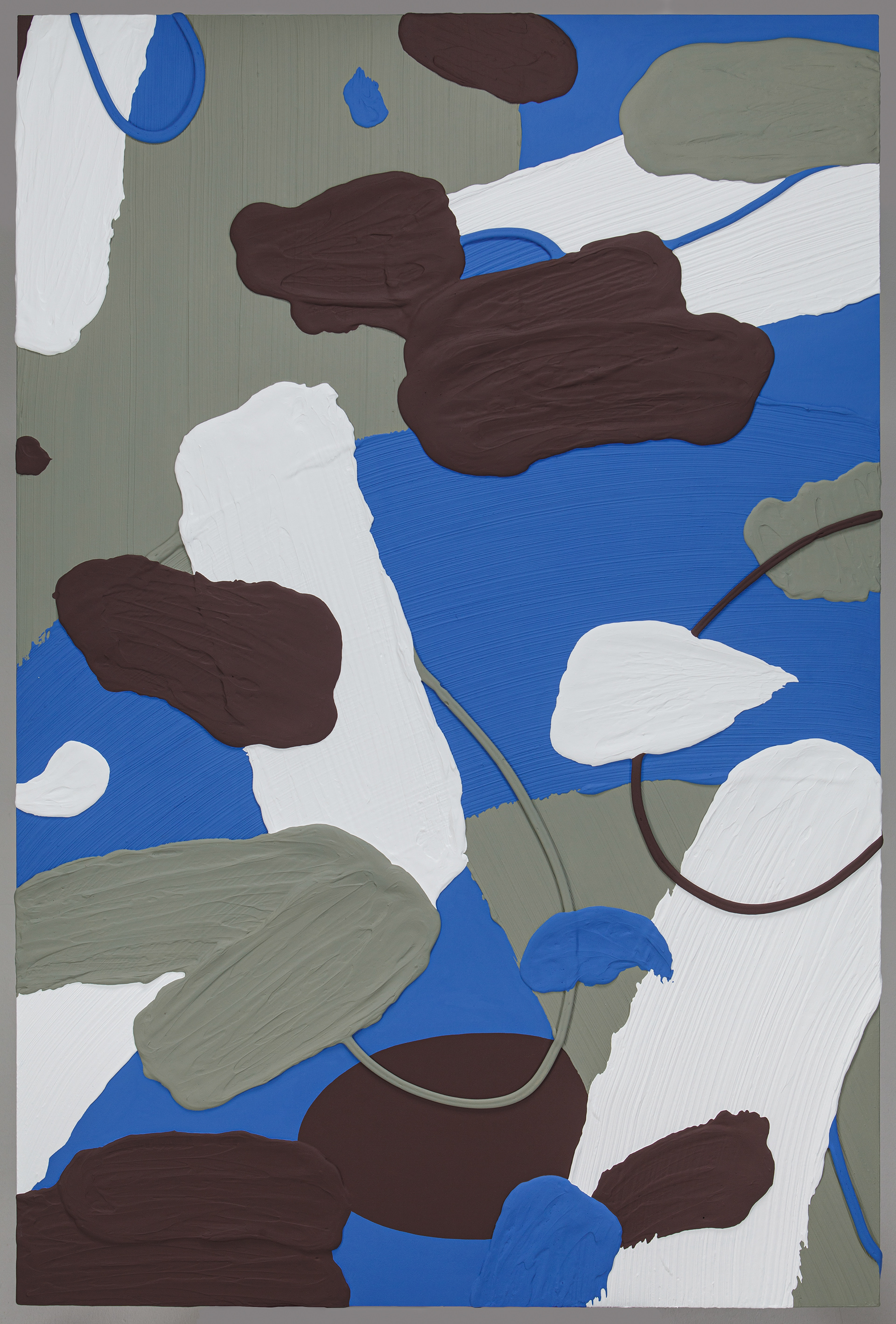
Untitled-55, 145.5x97(cm)
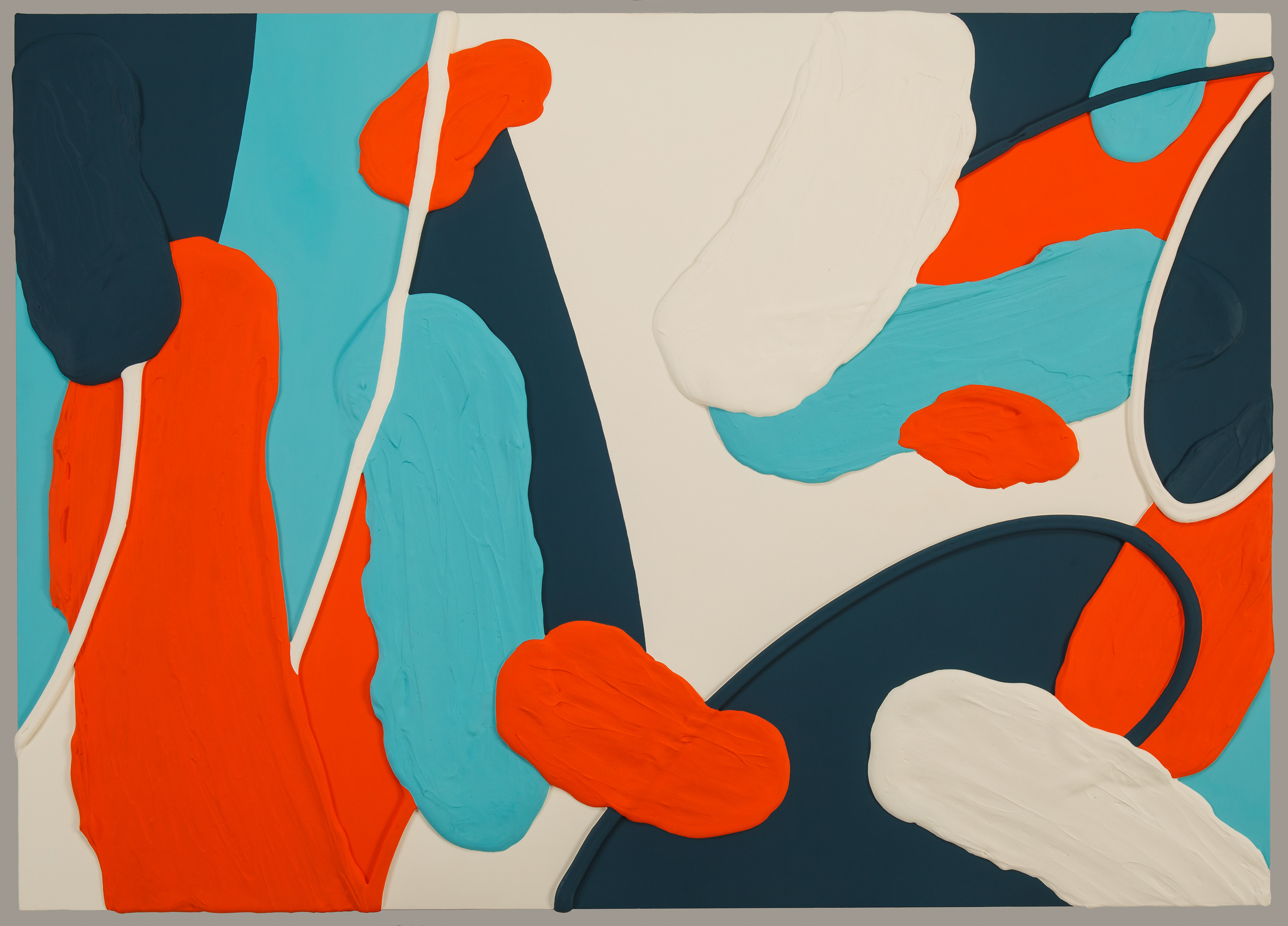
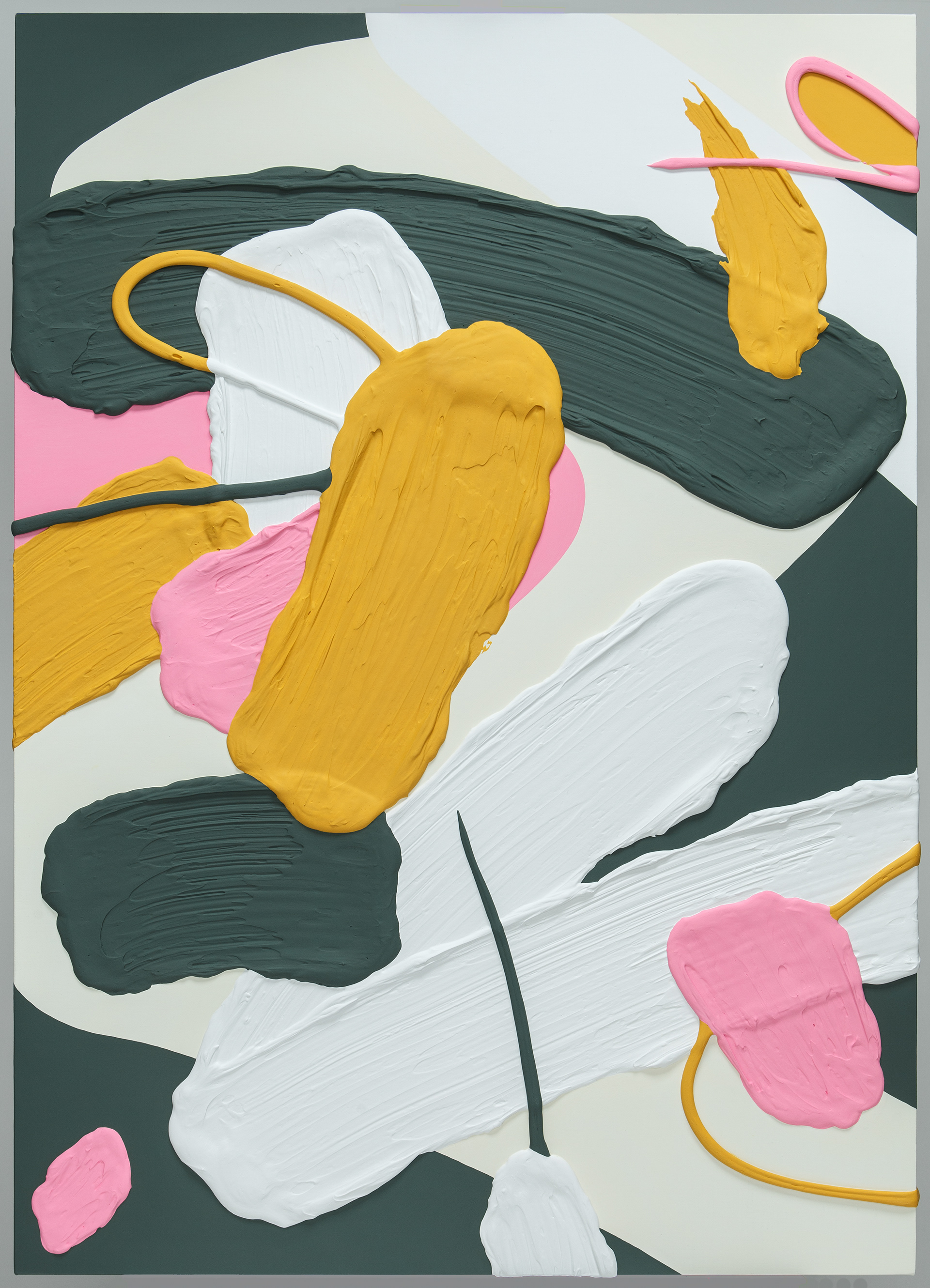
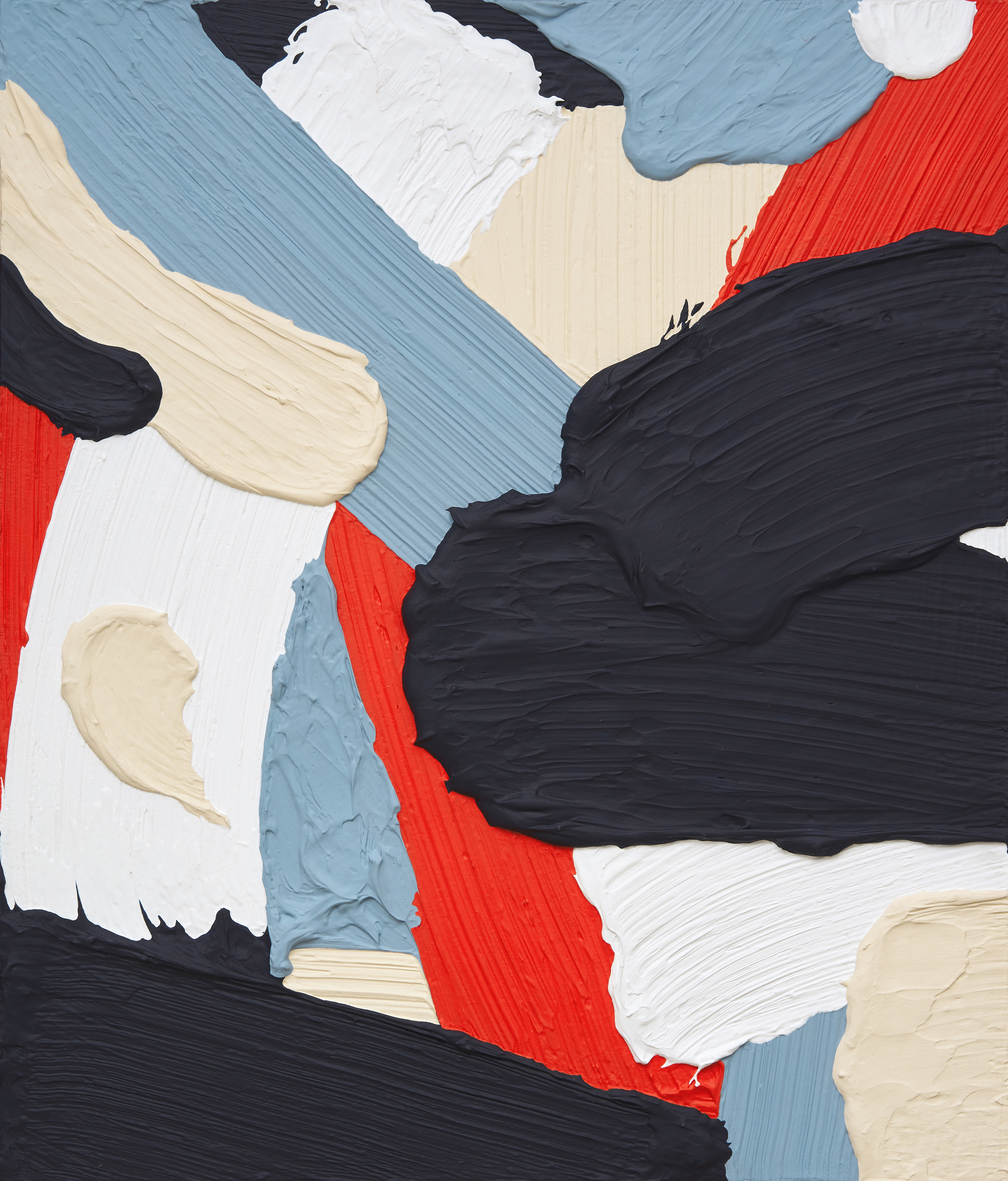
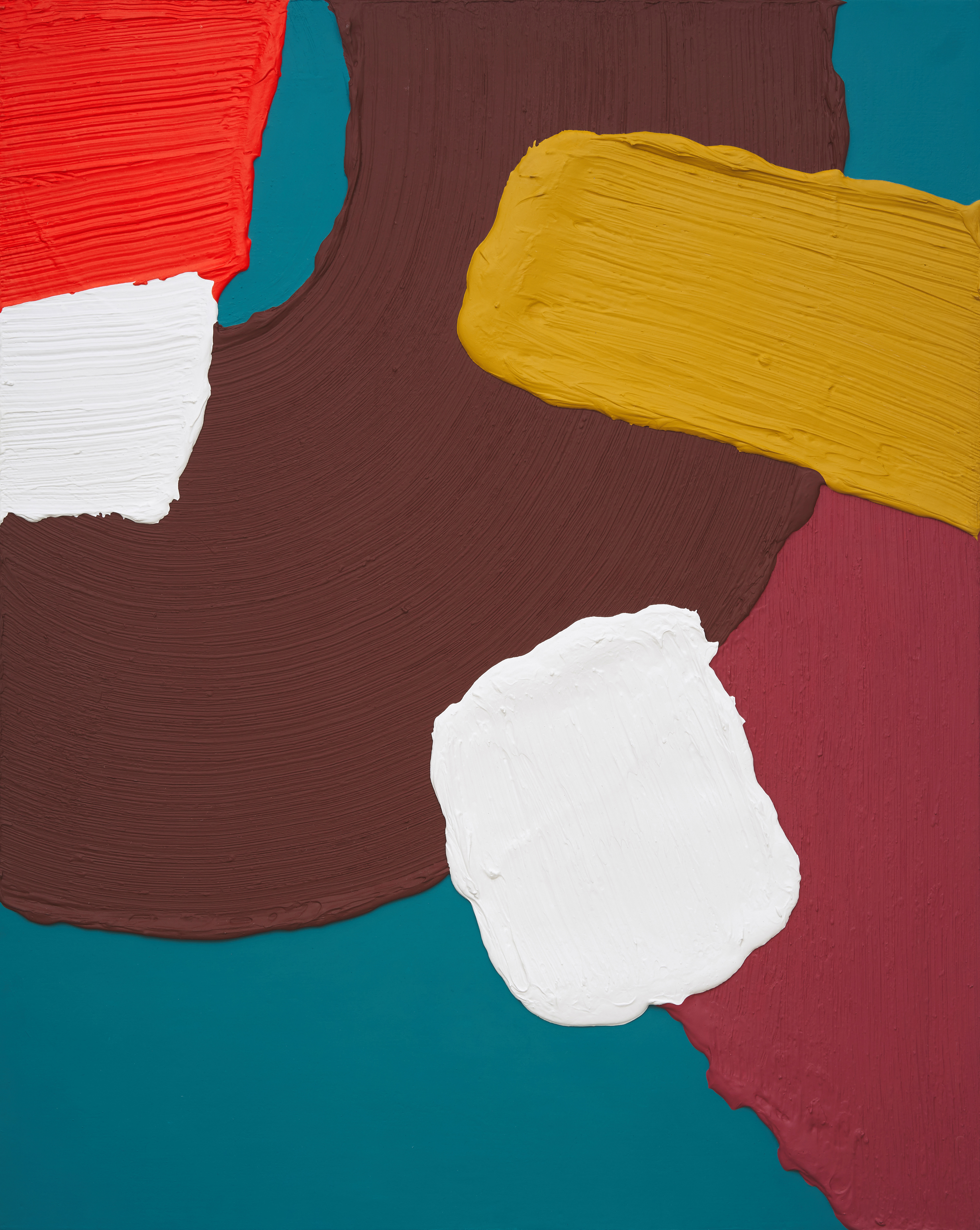
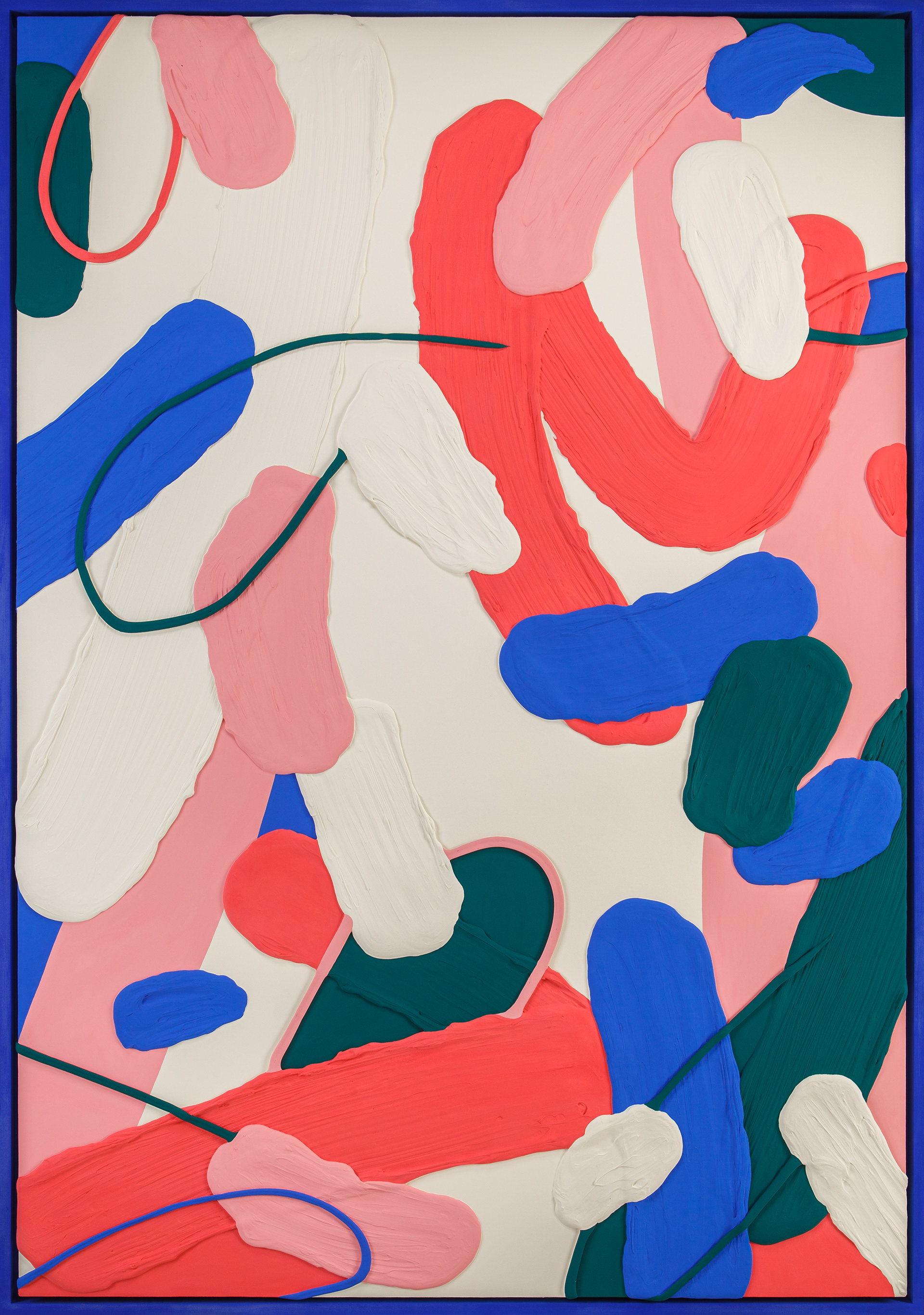
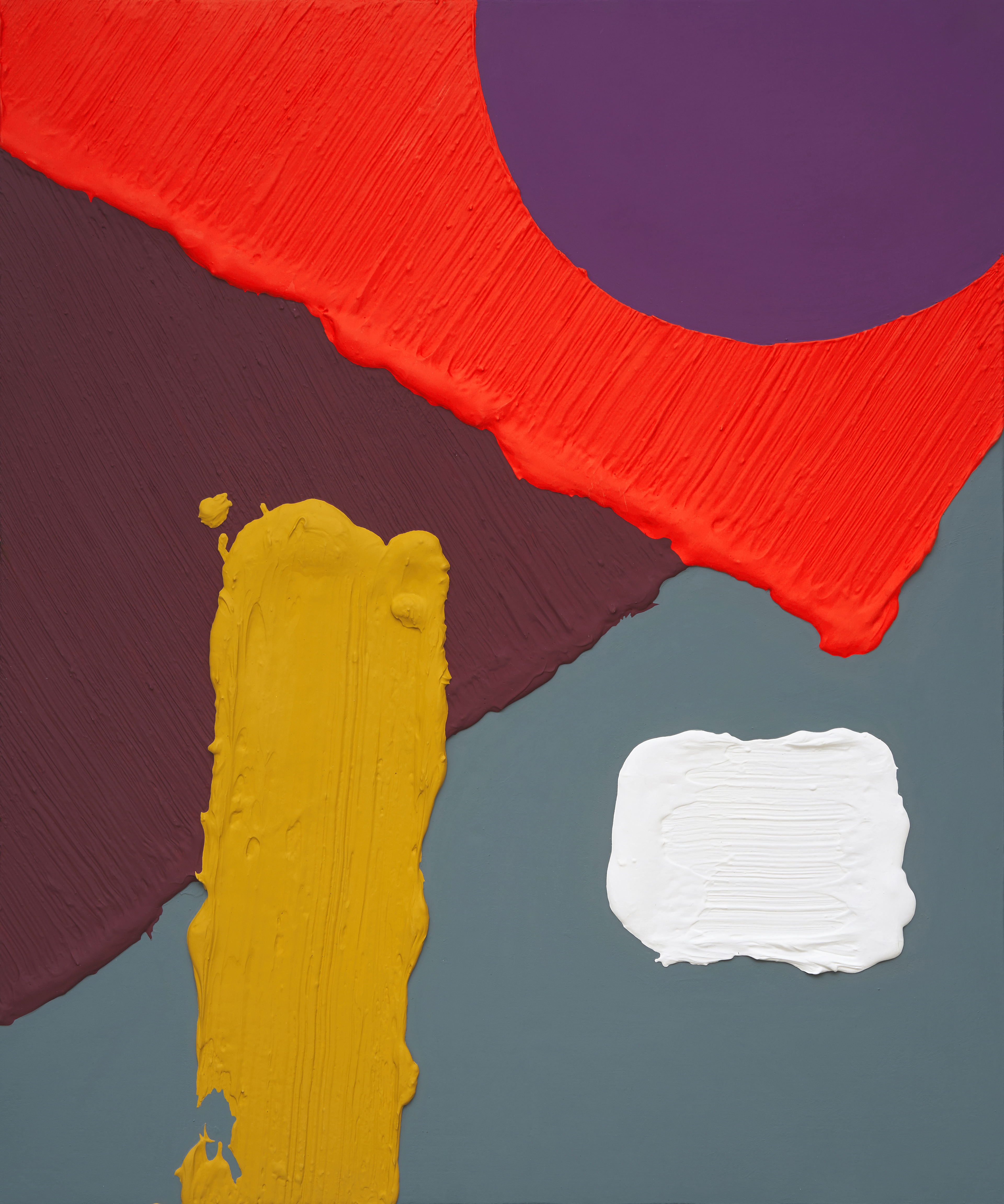
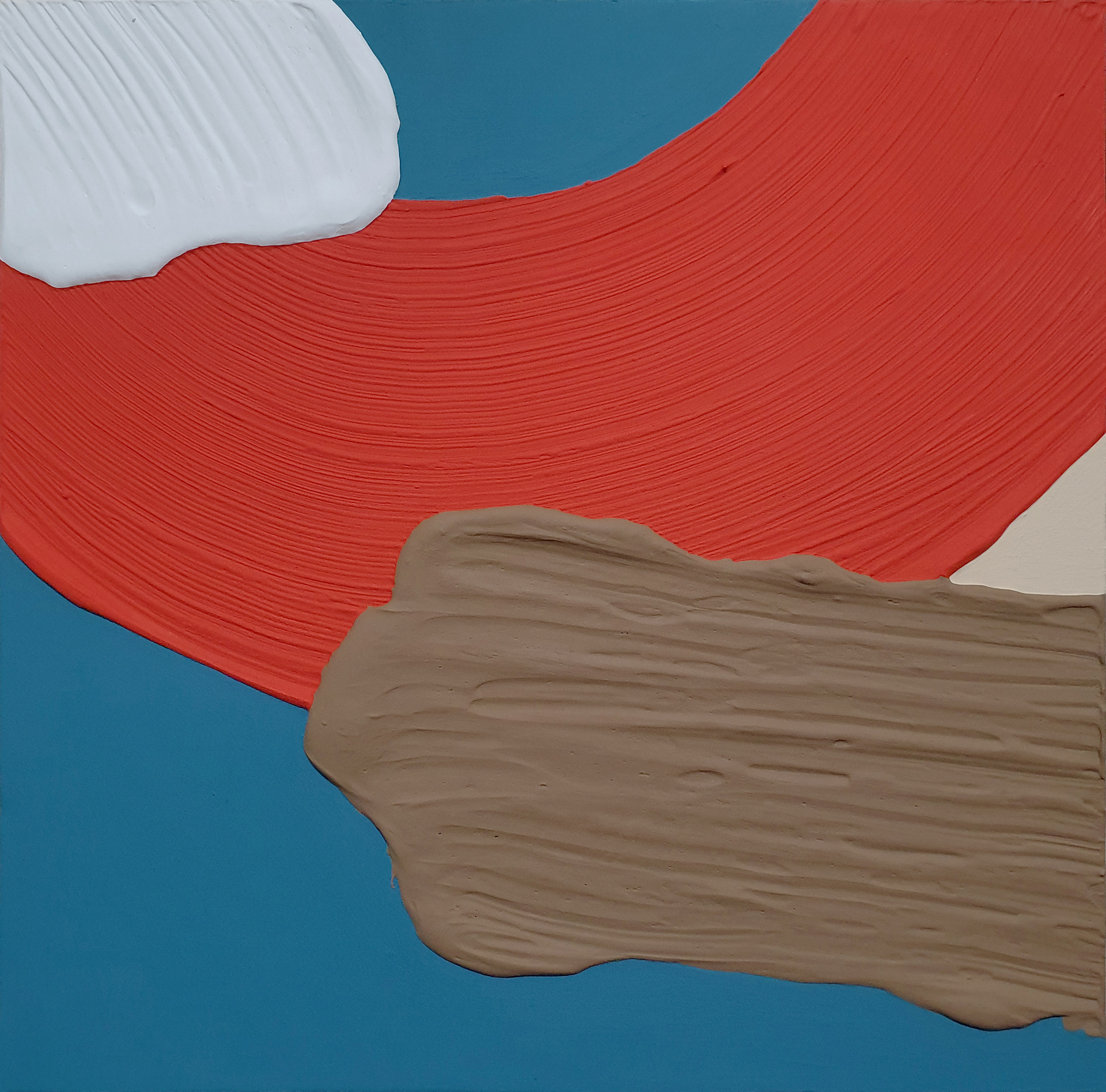
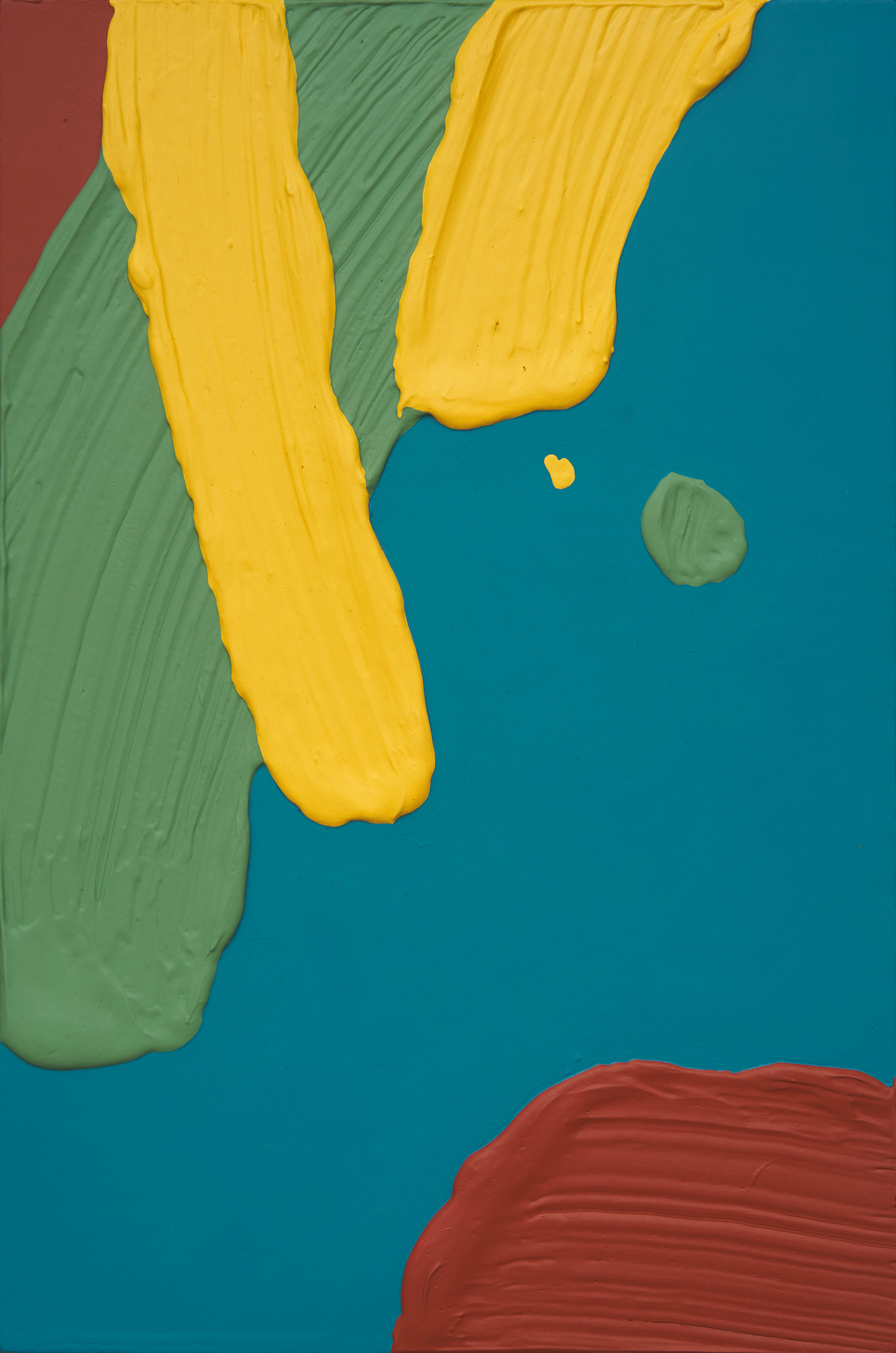
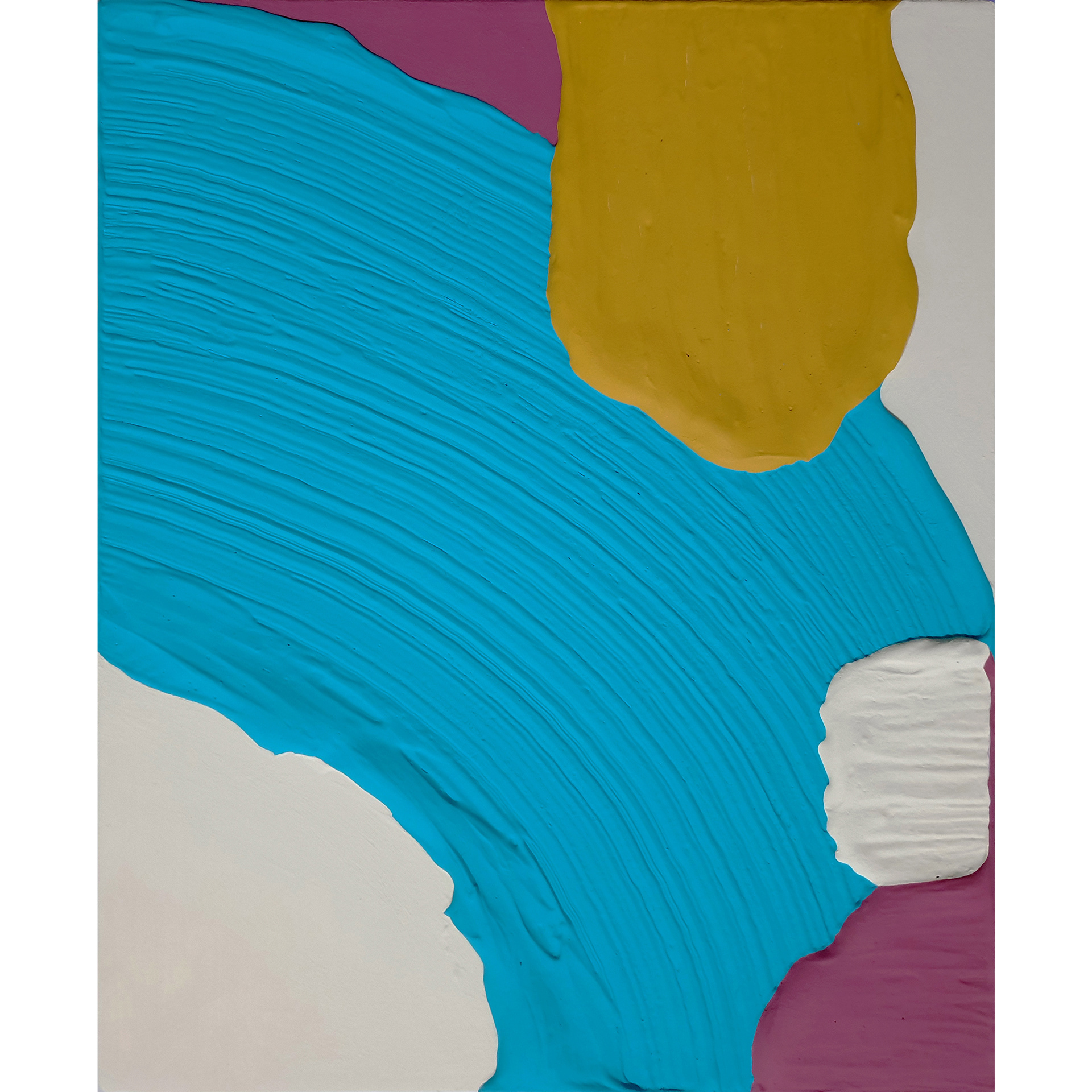
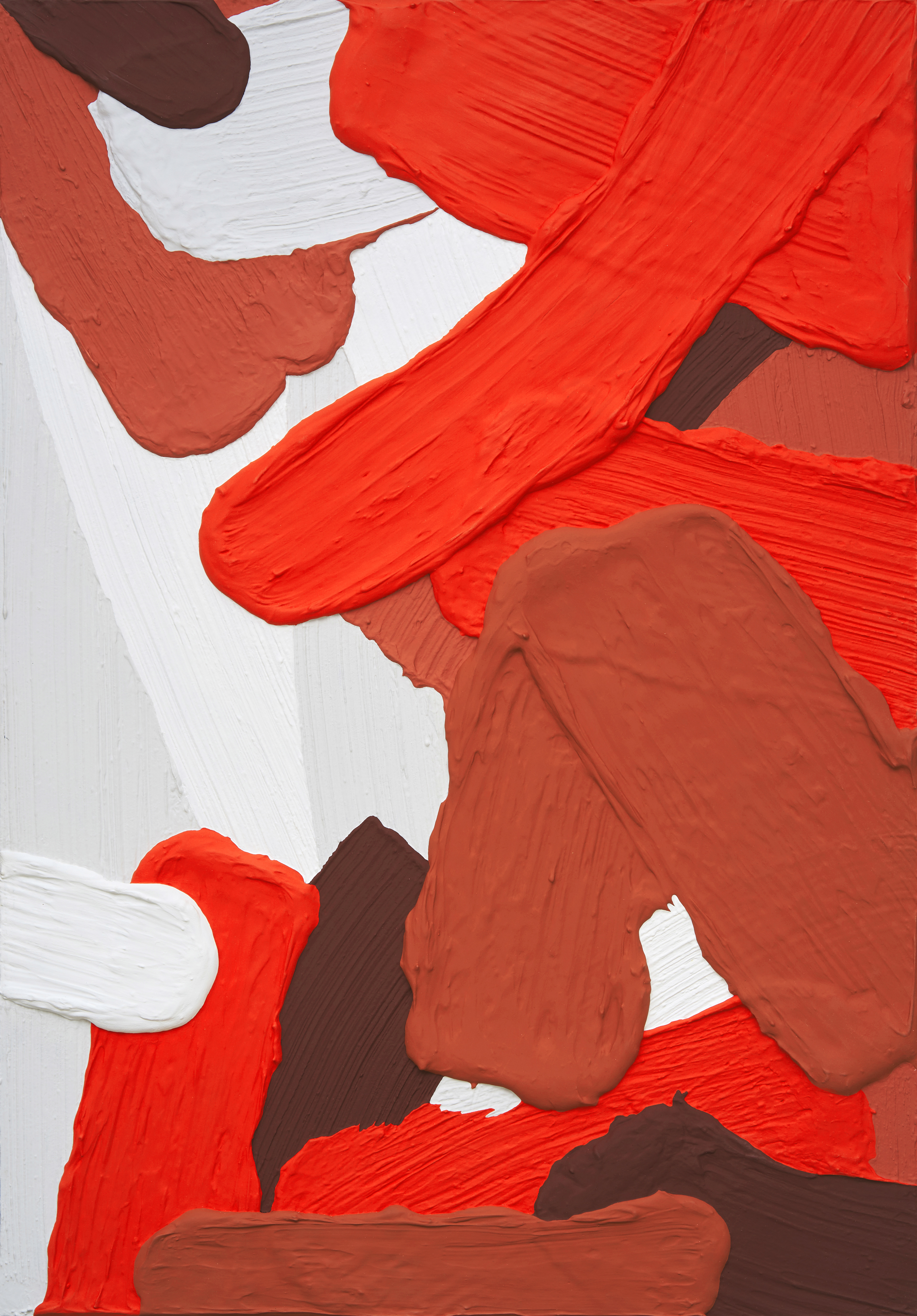
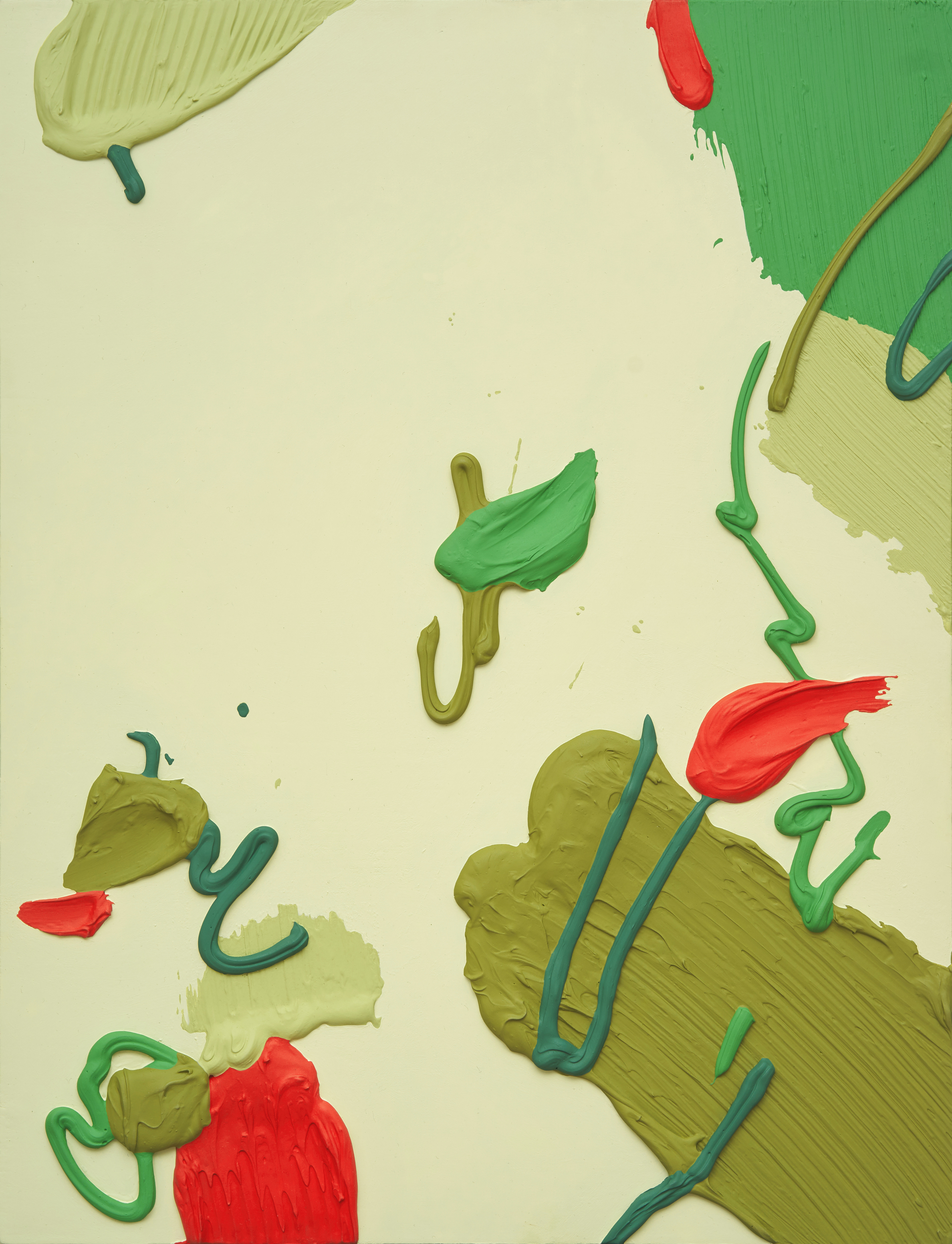
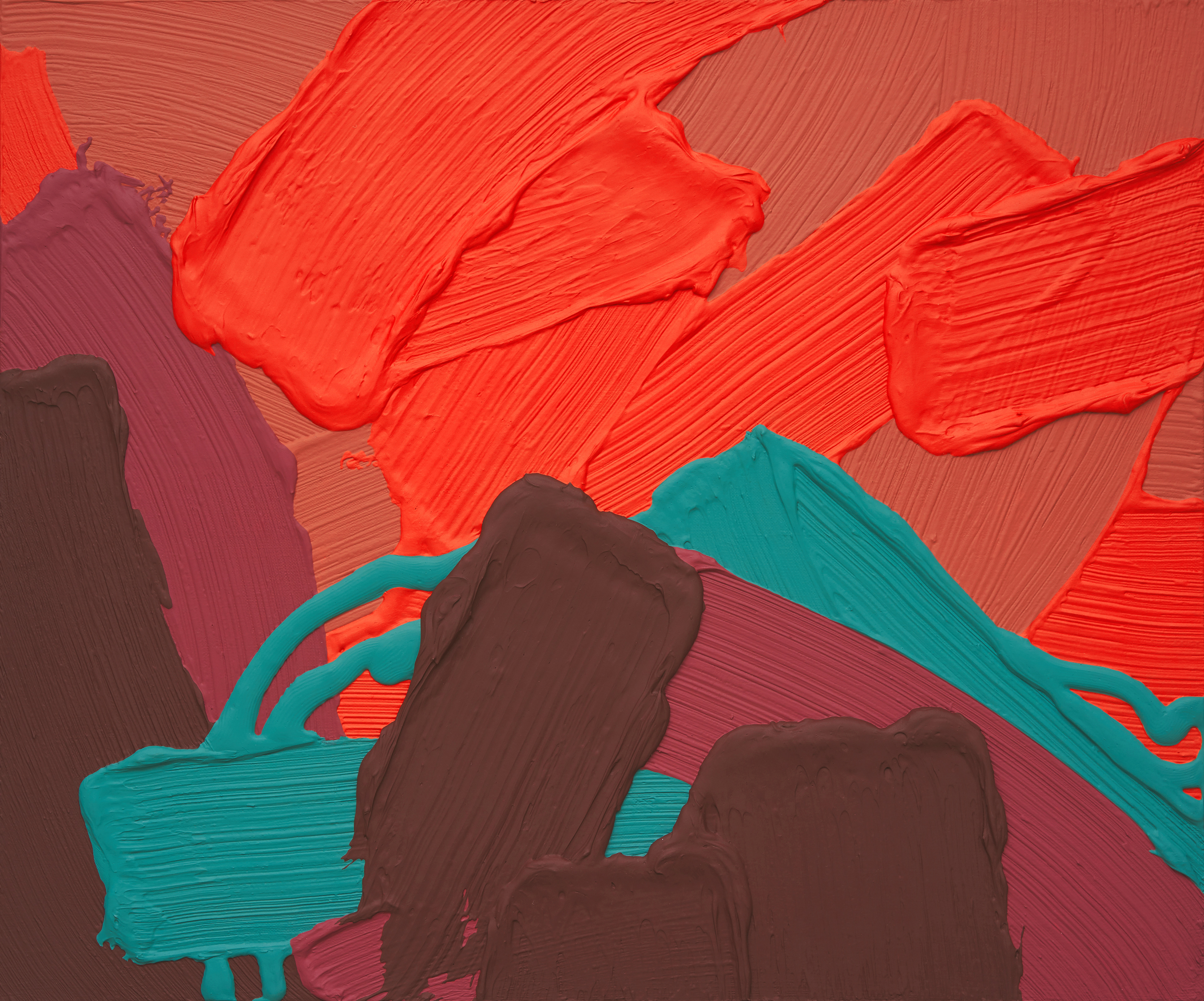
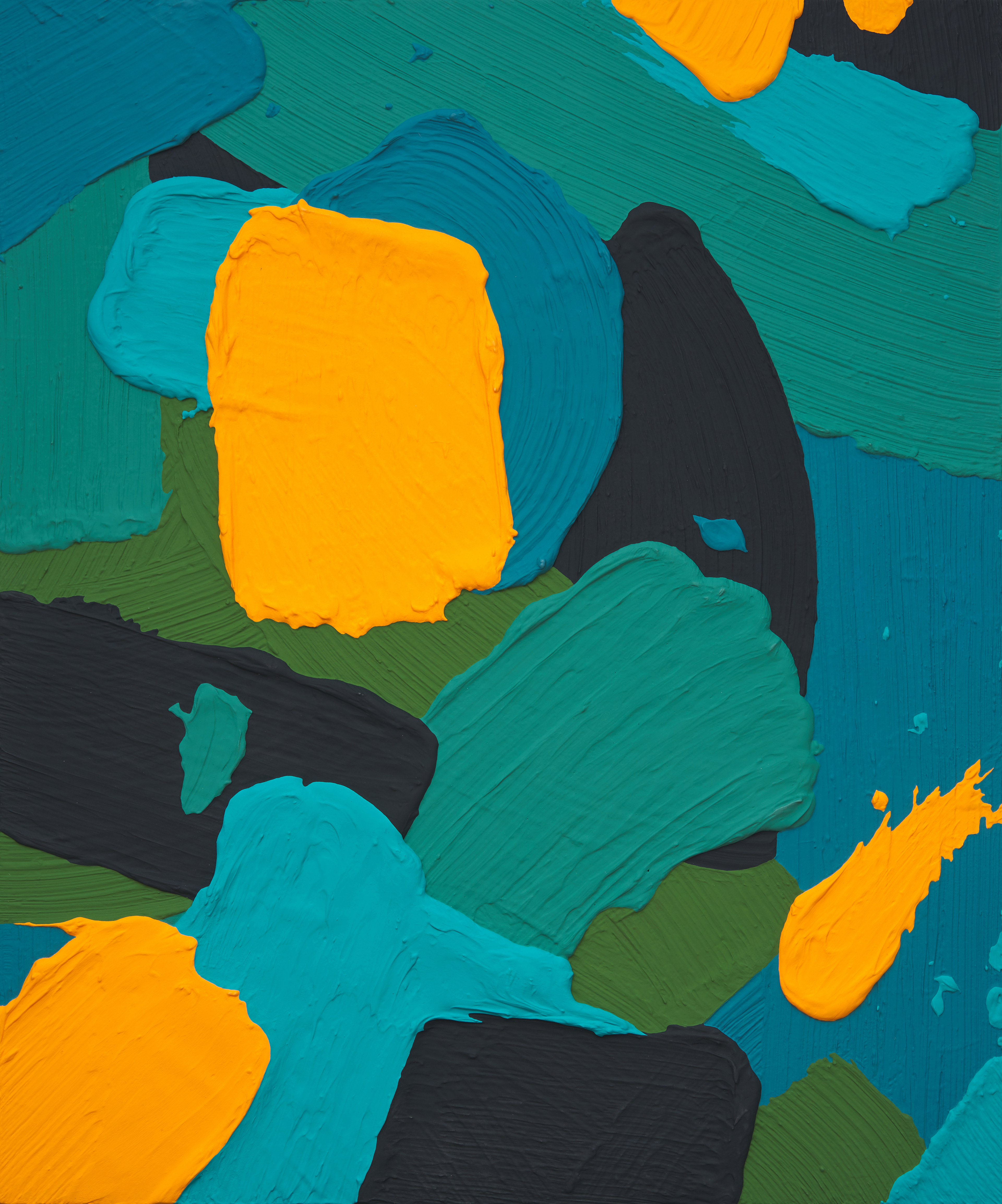
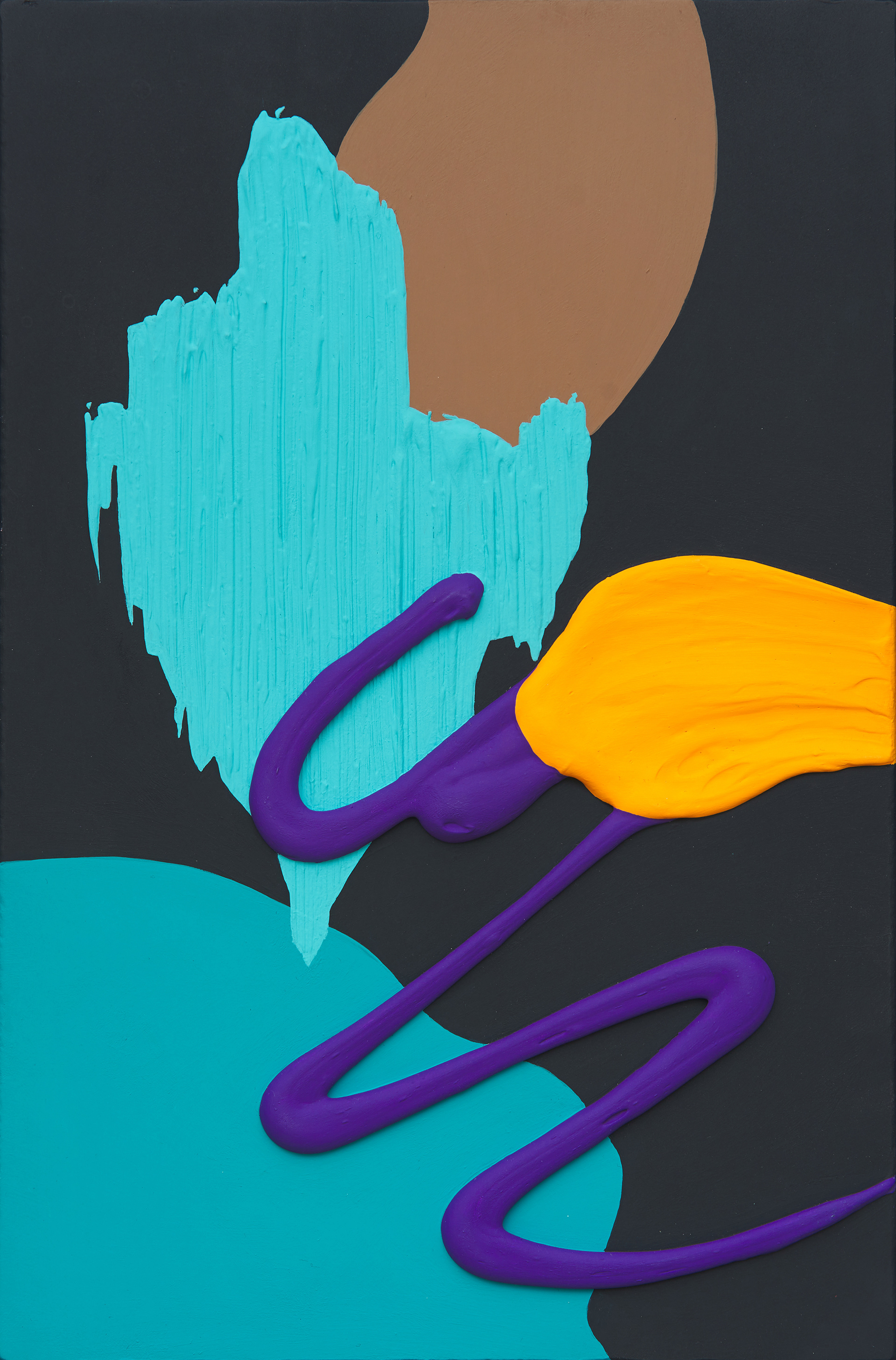
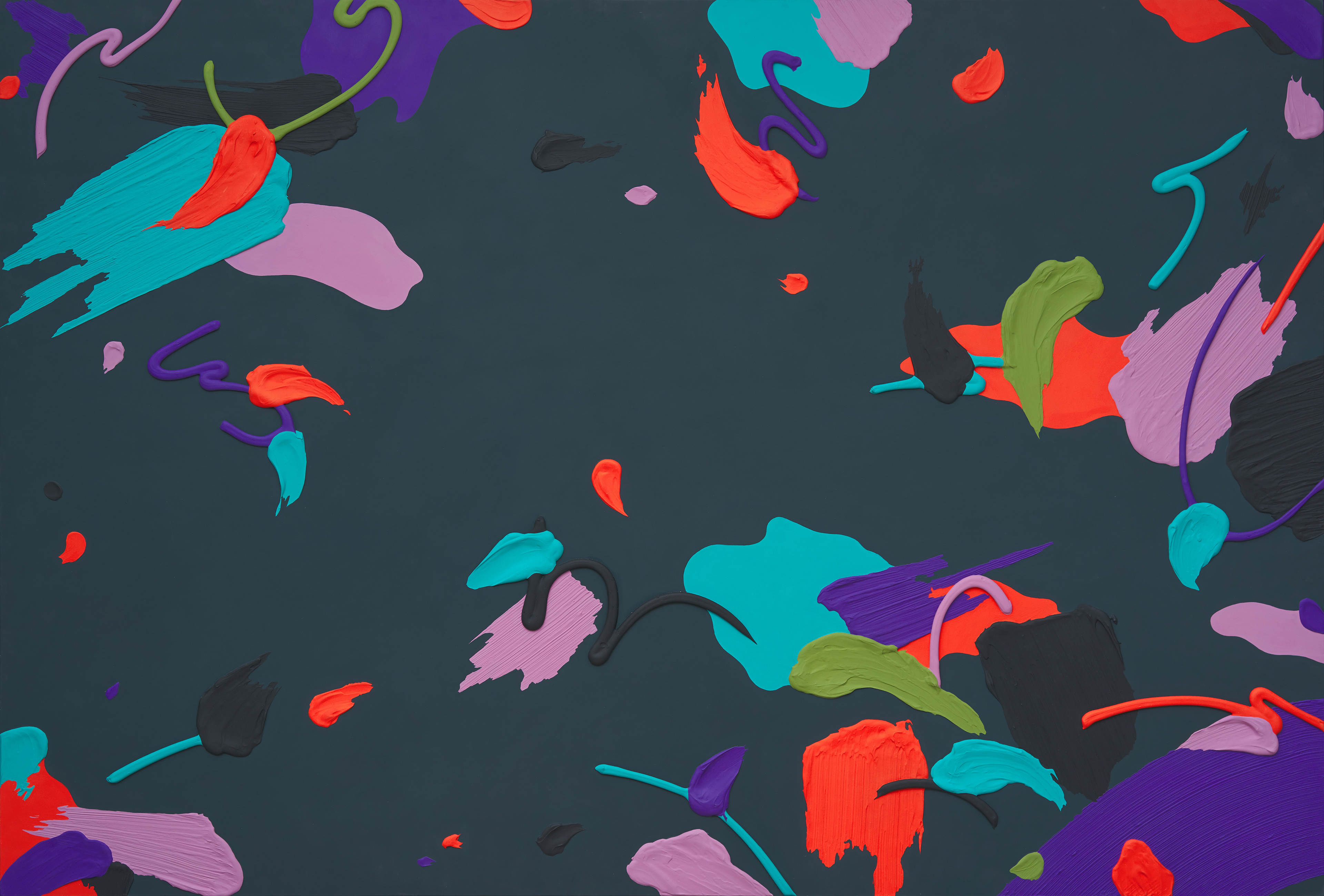
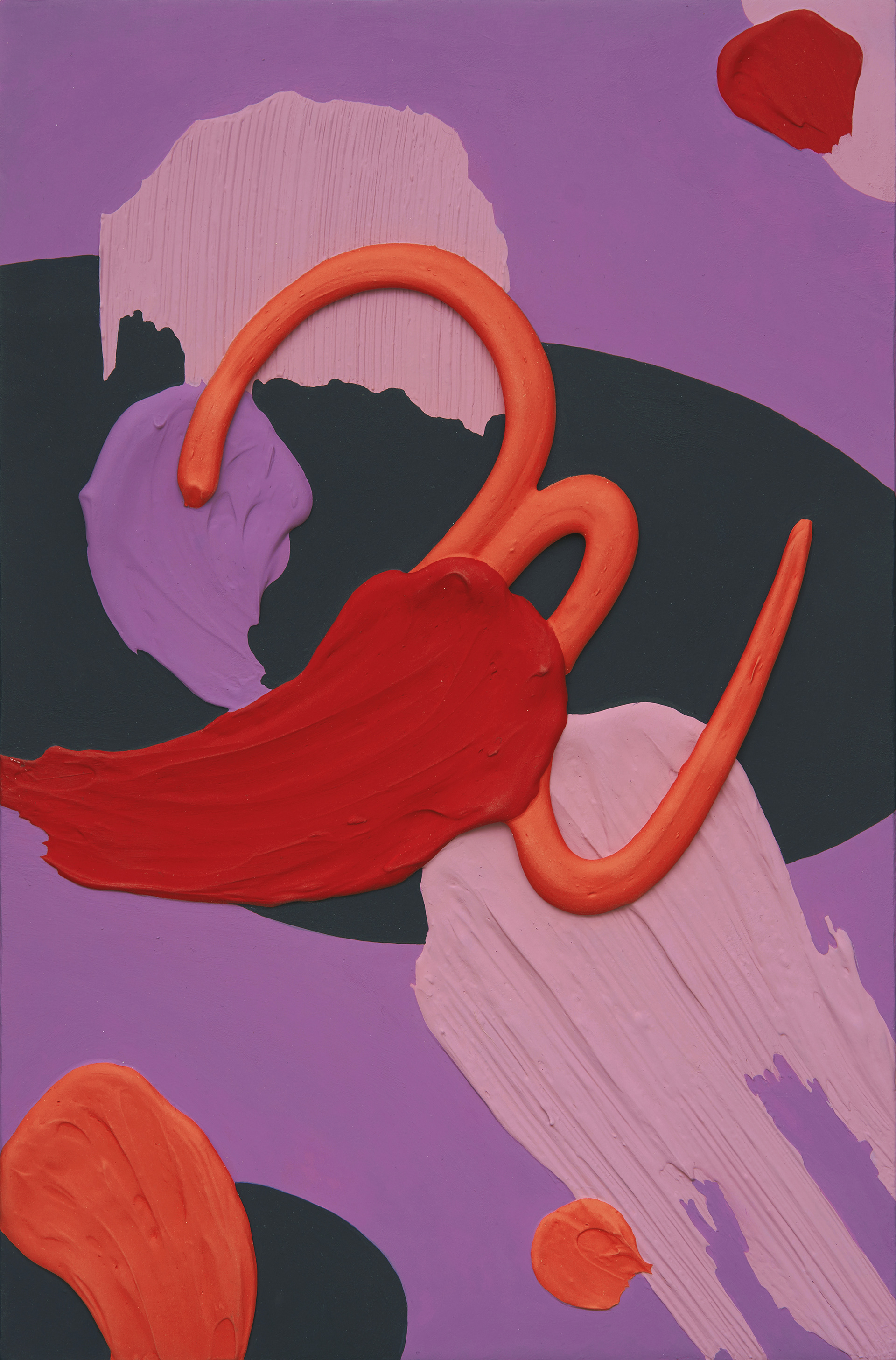
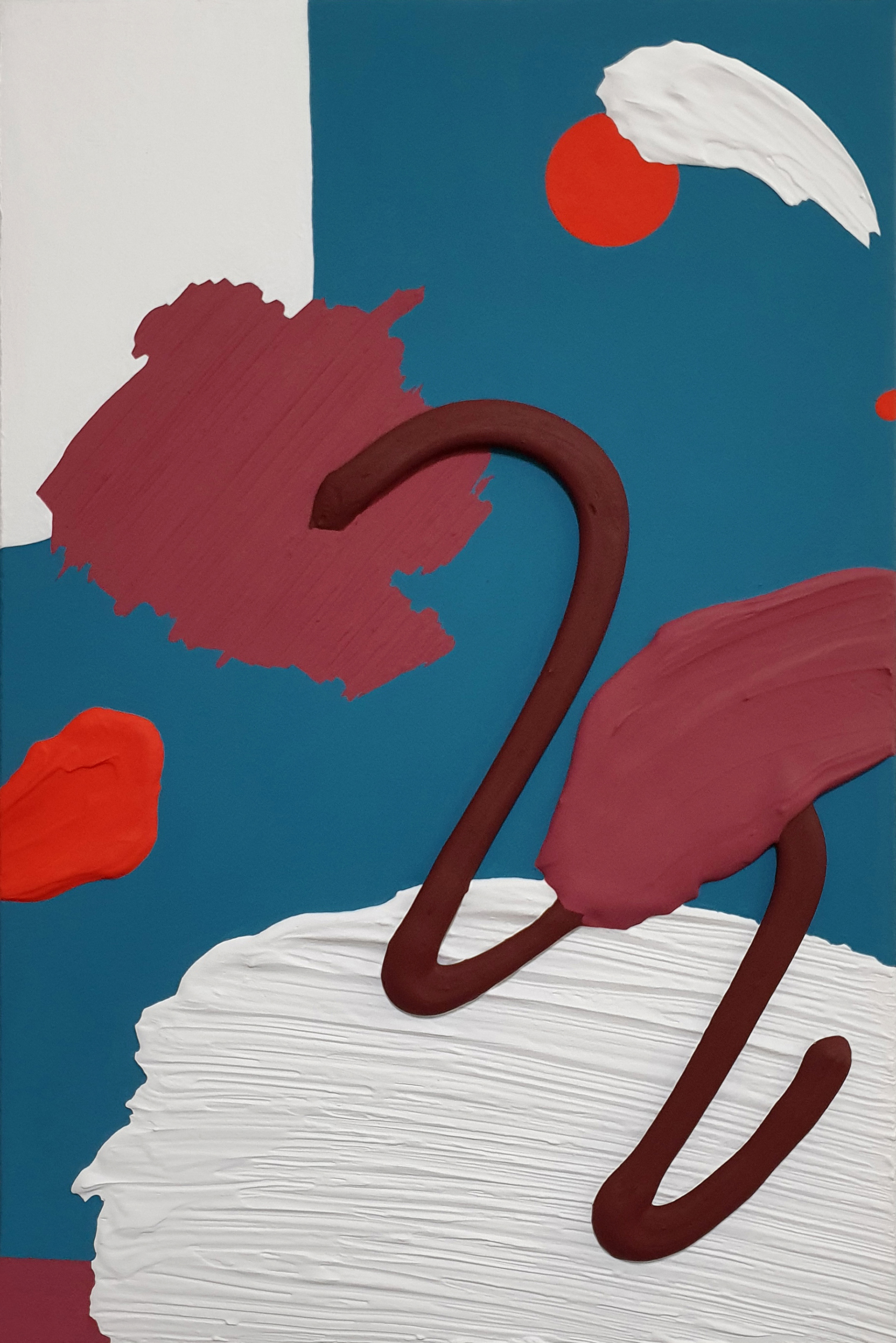
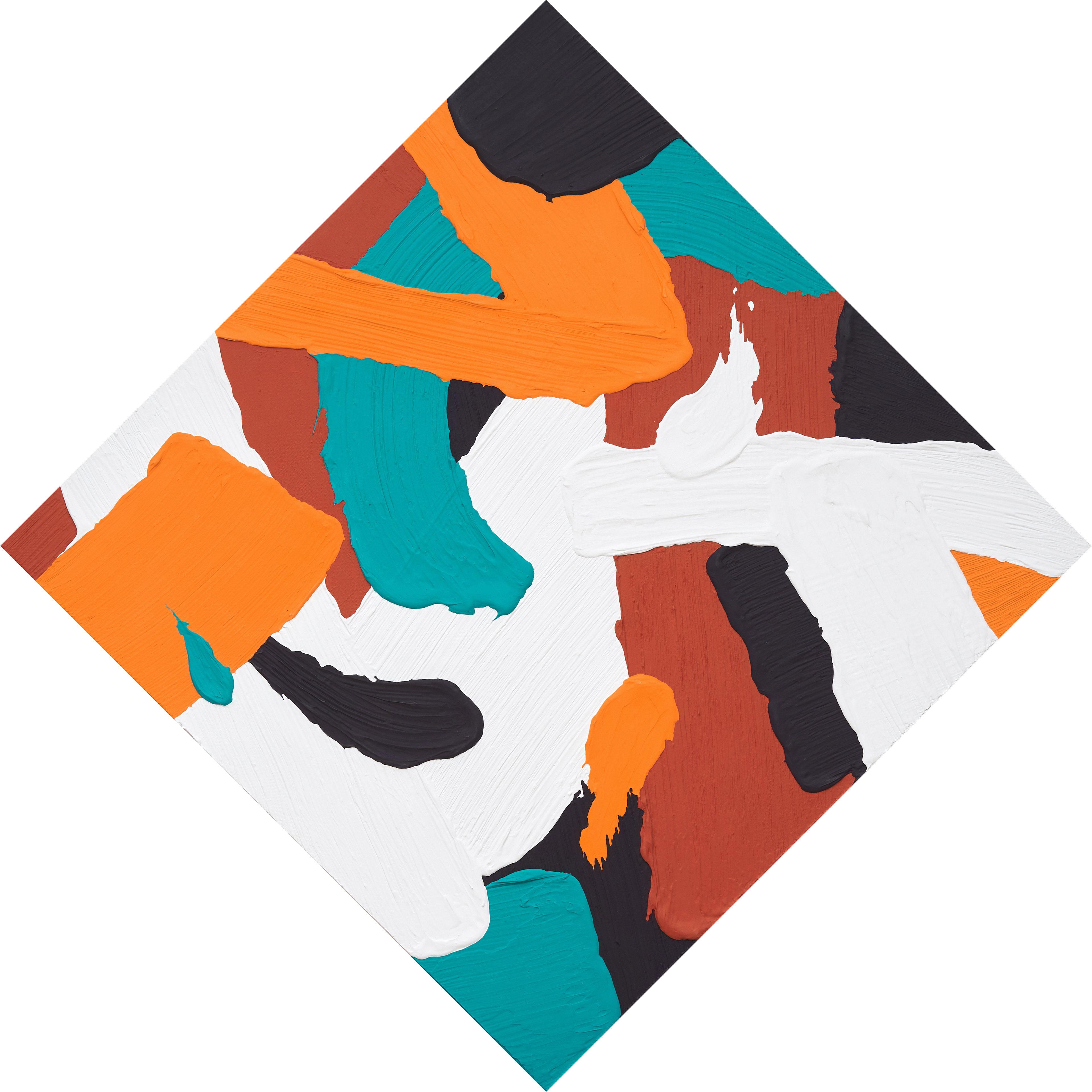
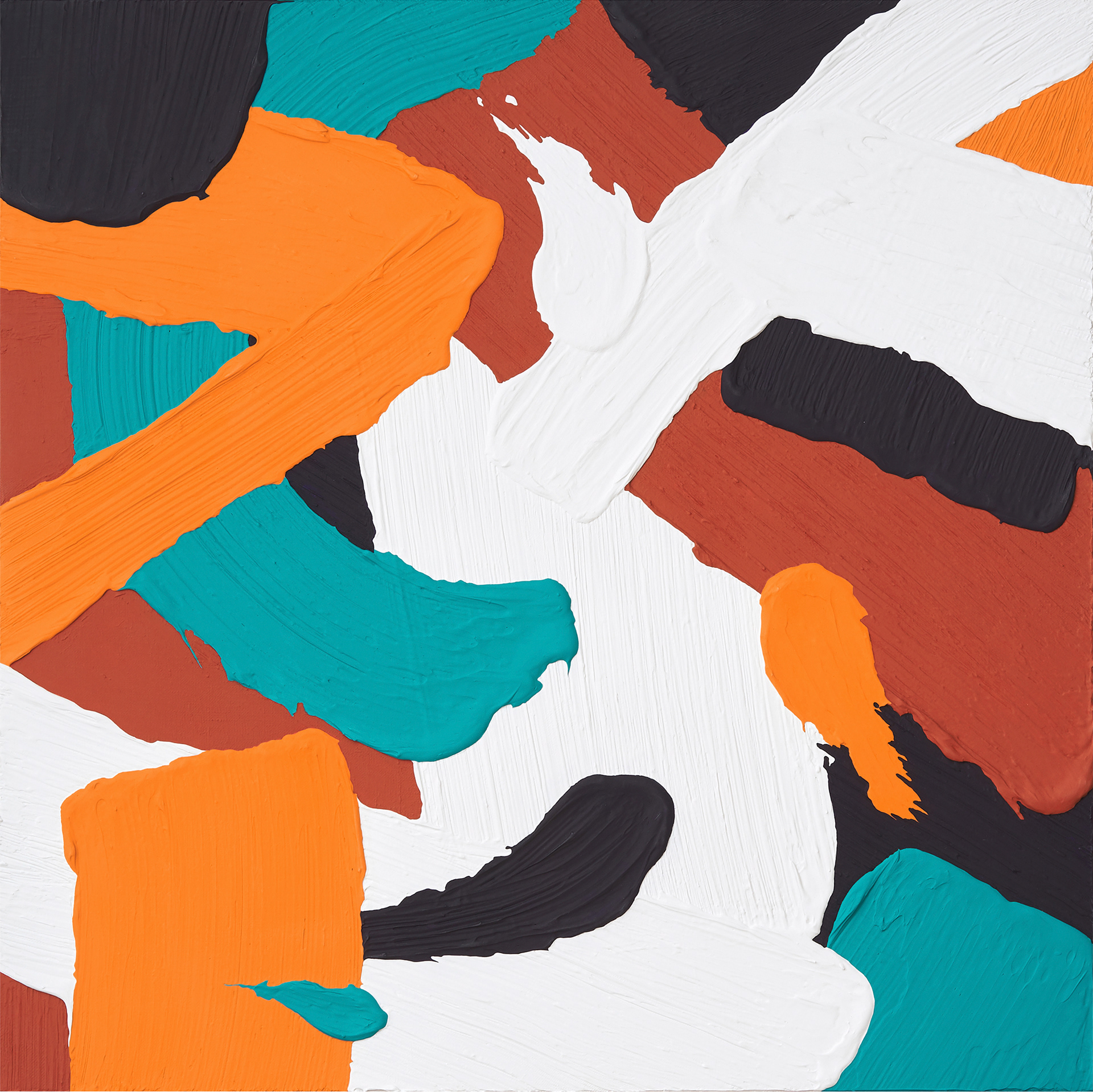
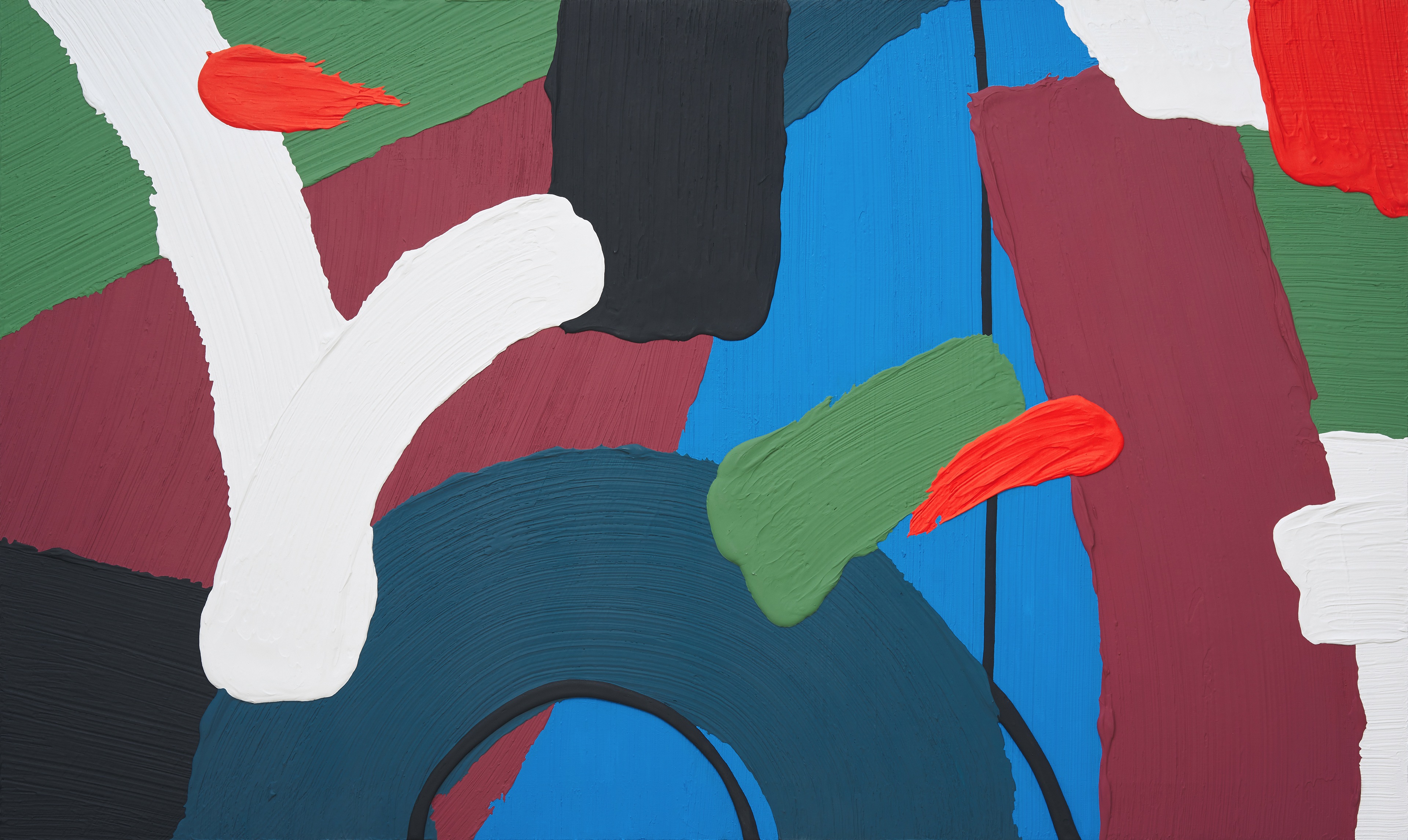
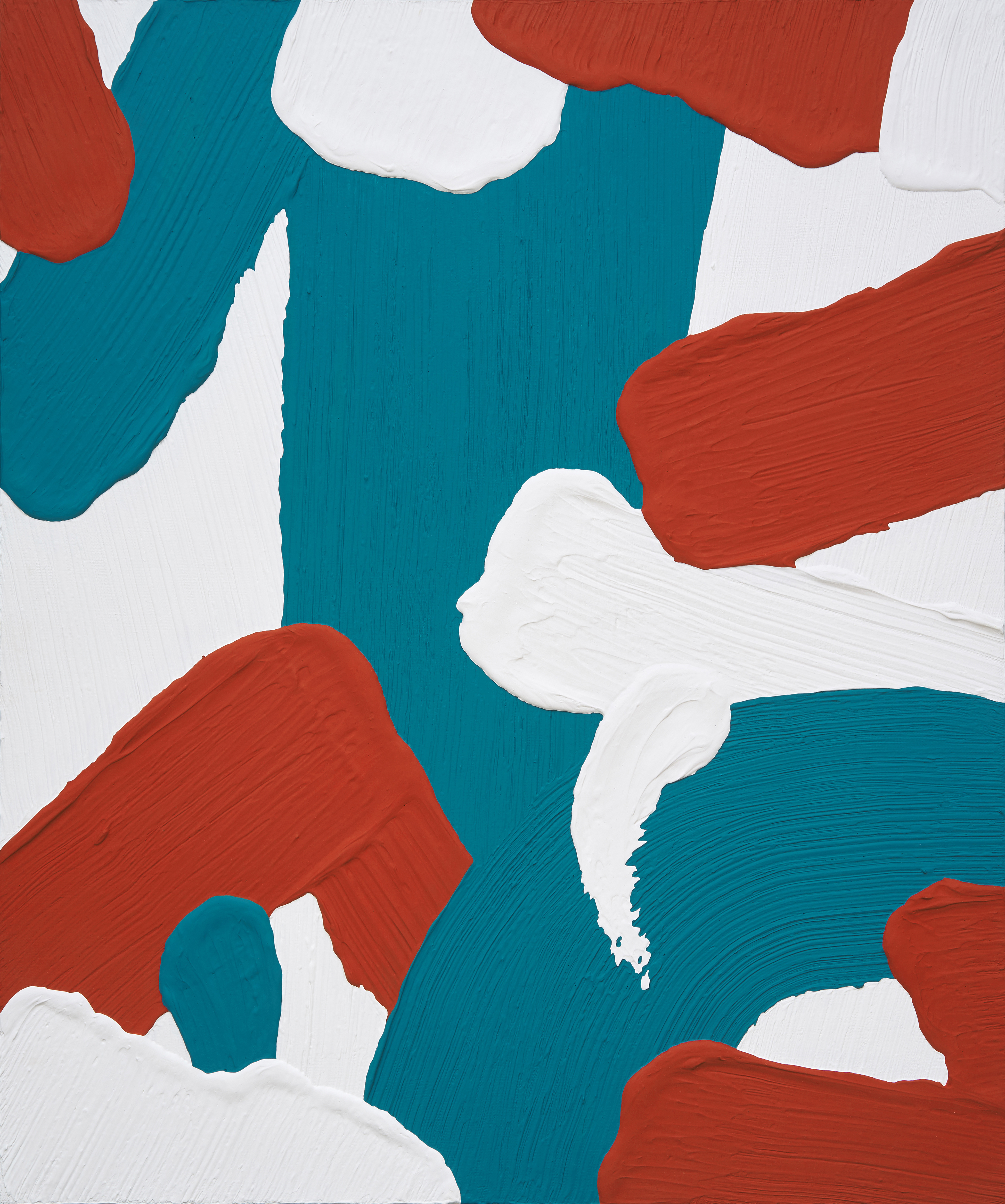
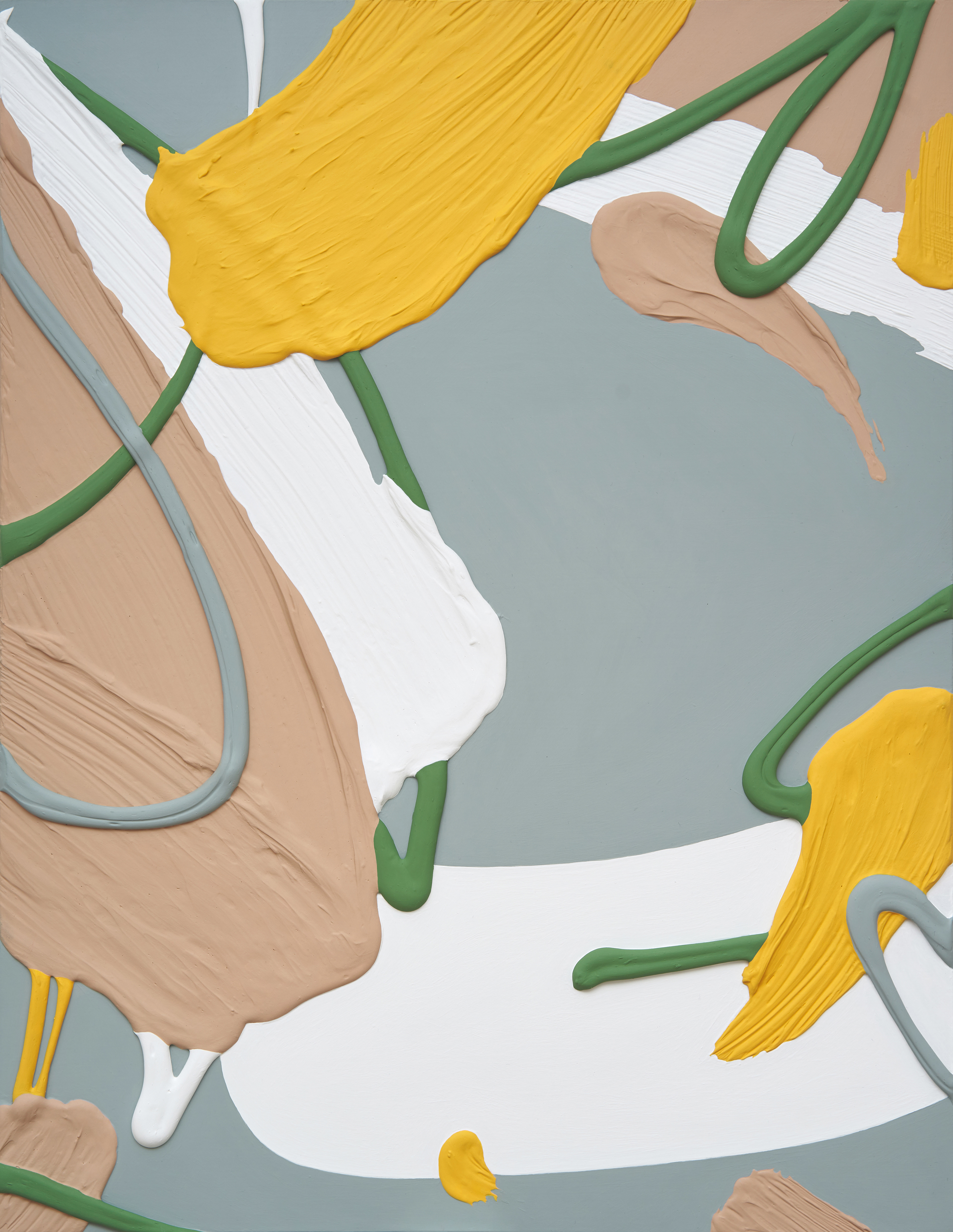
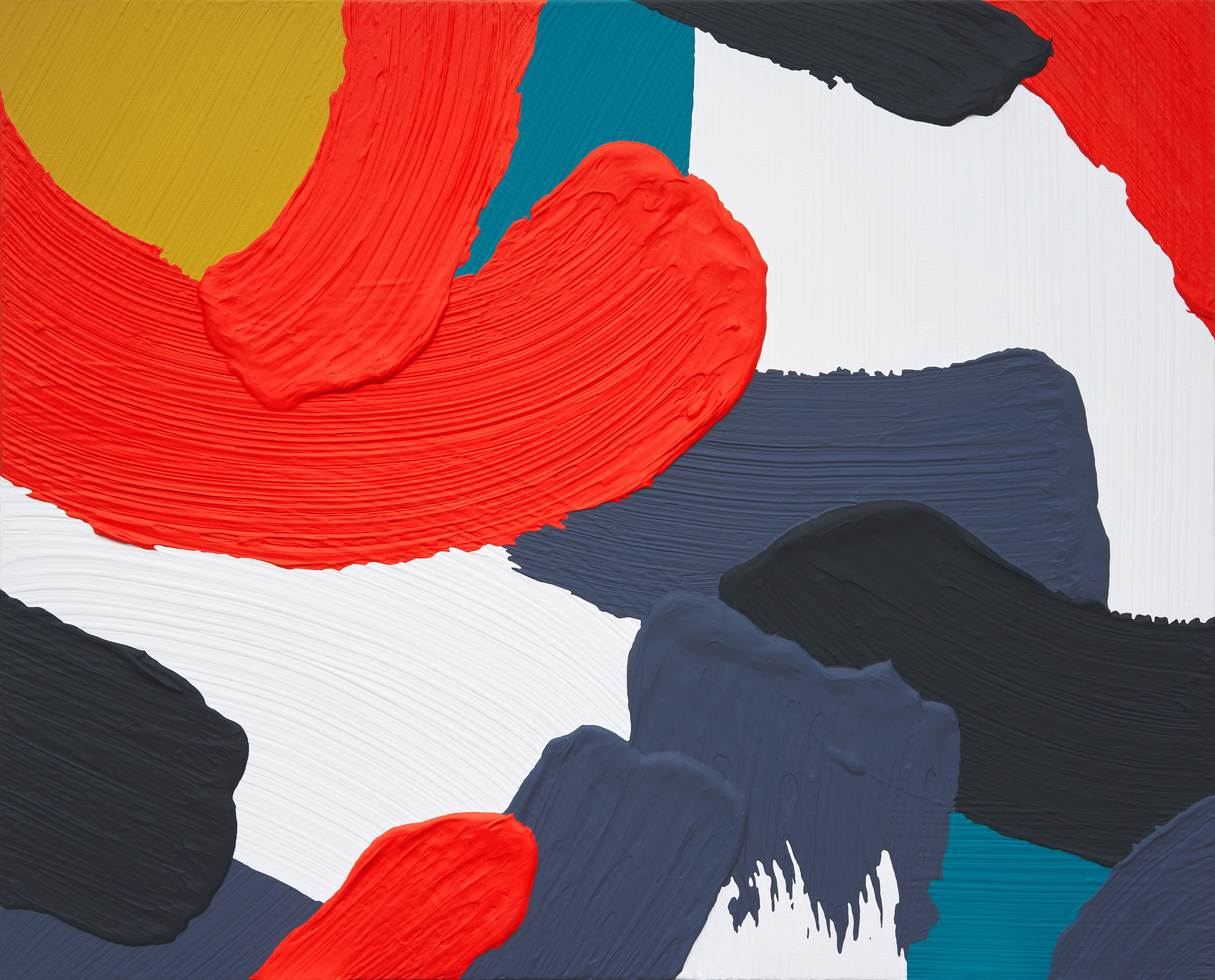

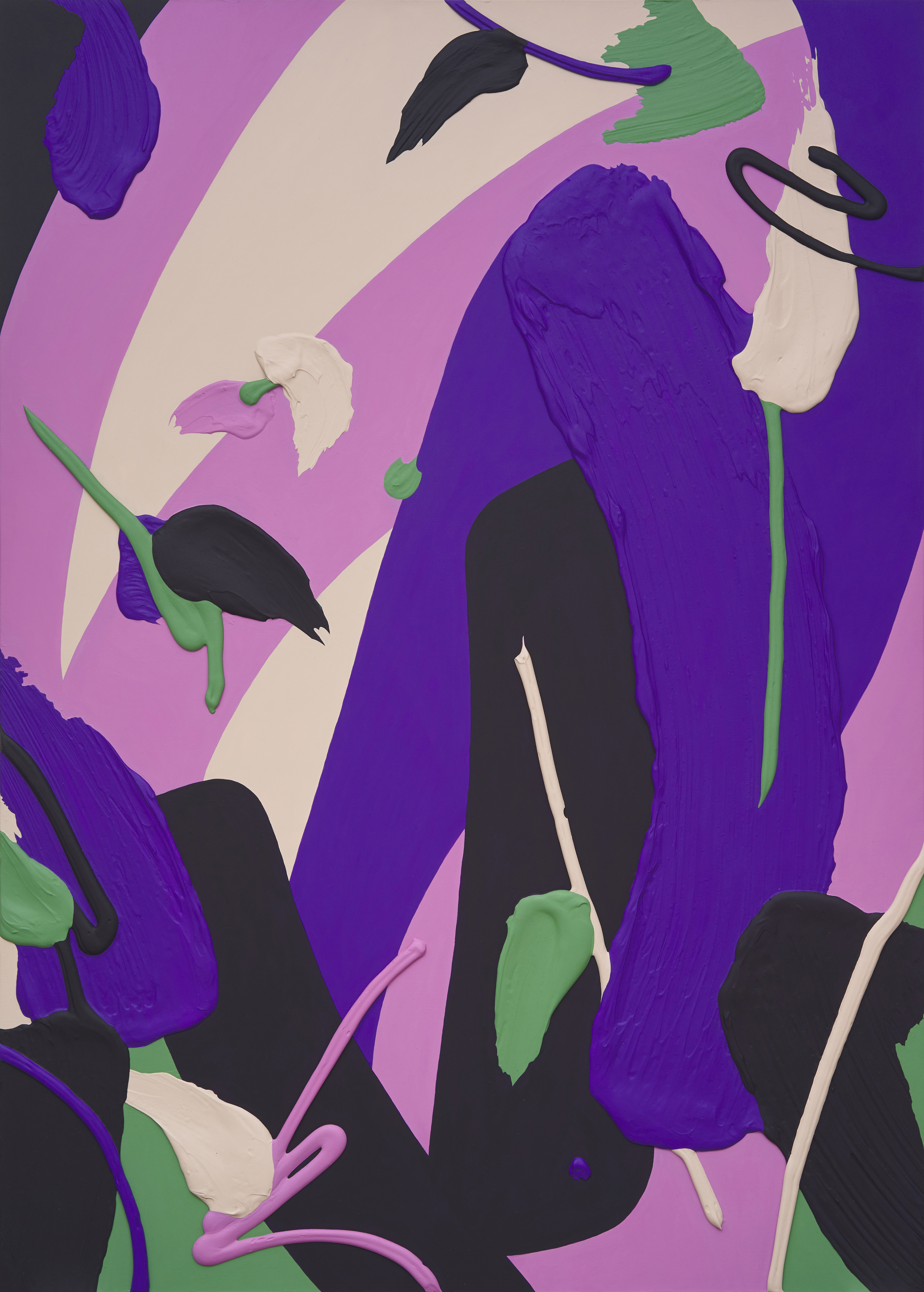
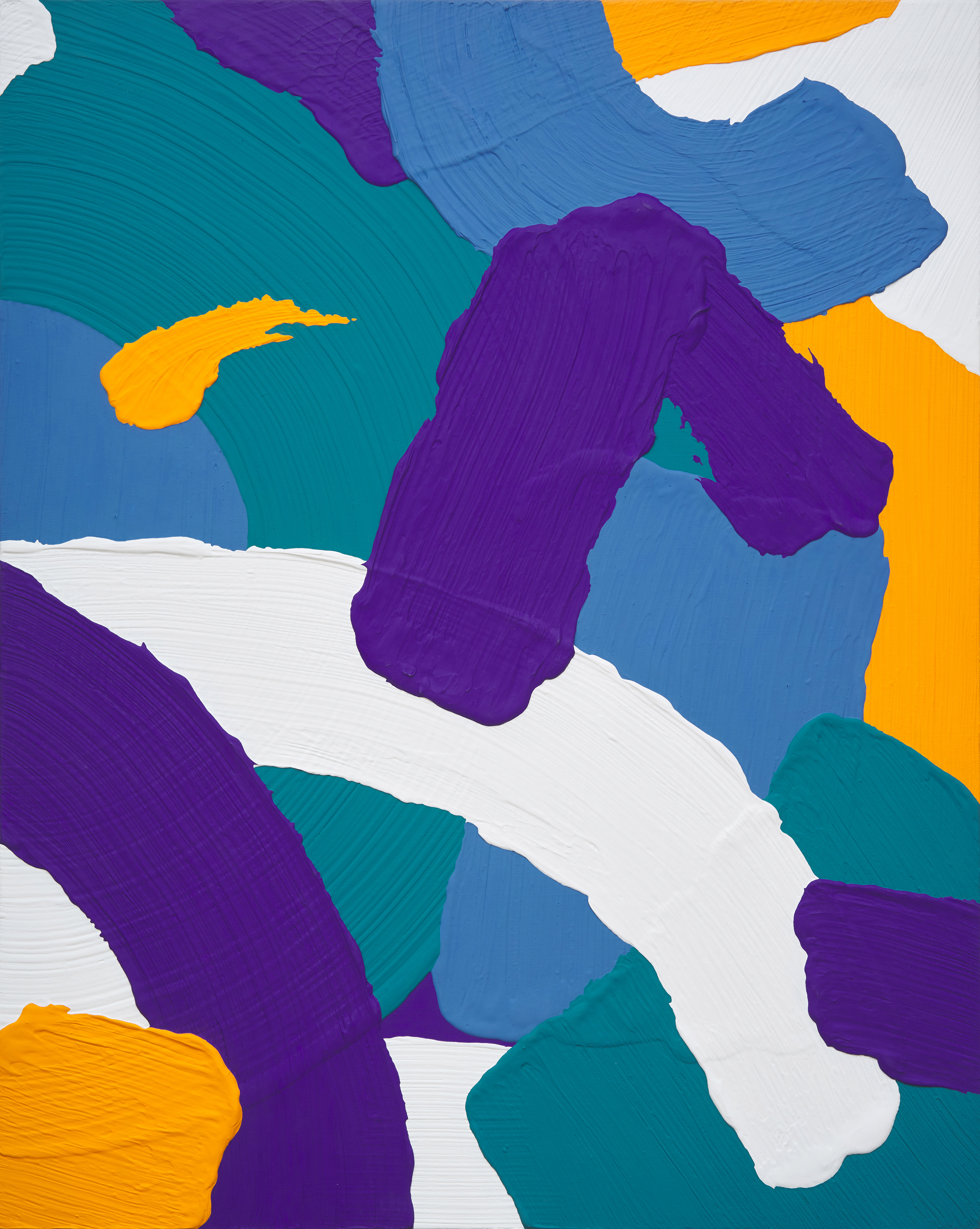
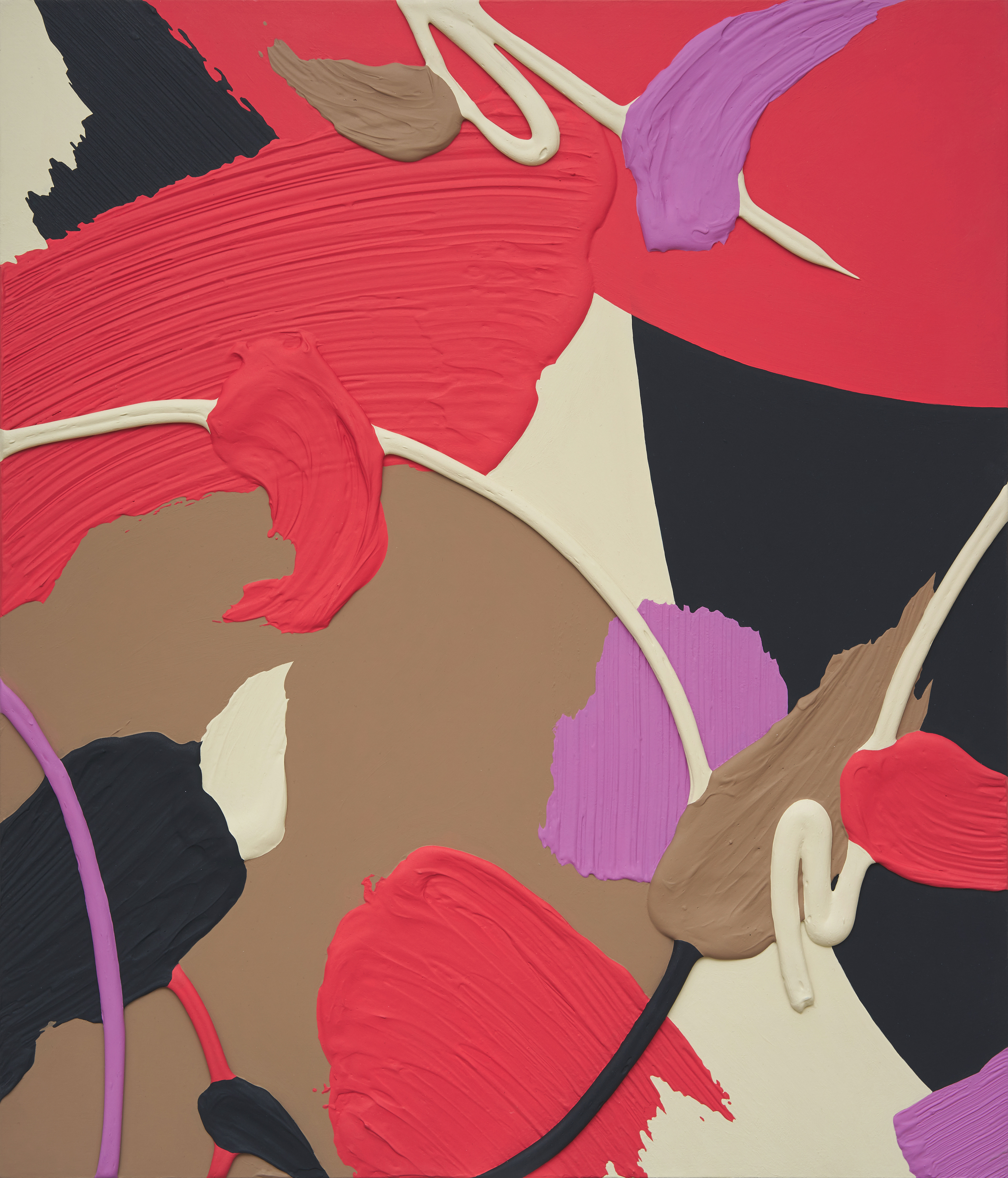
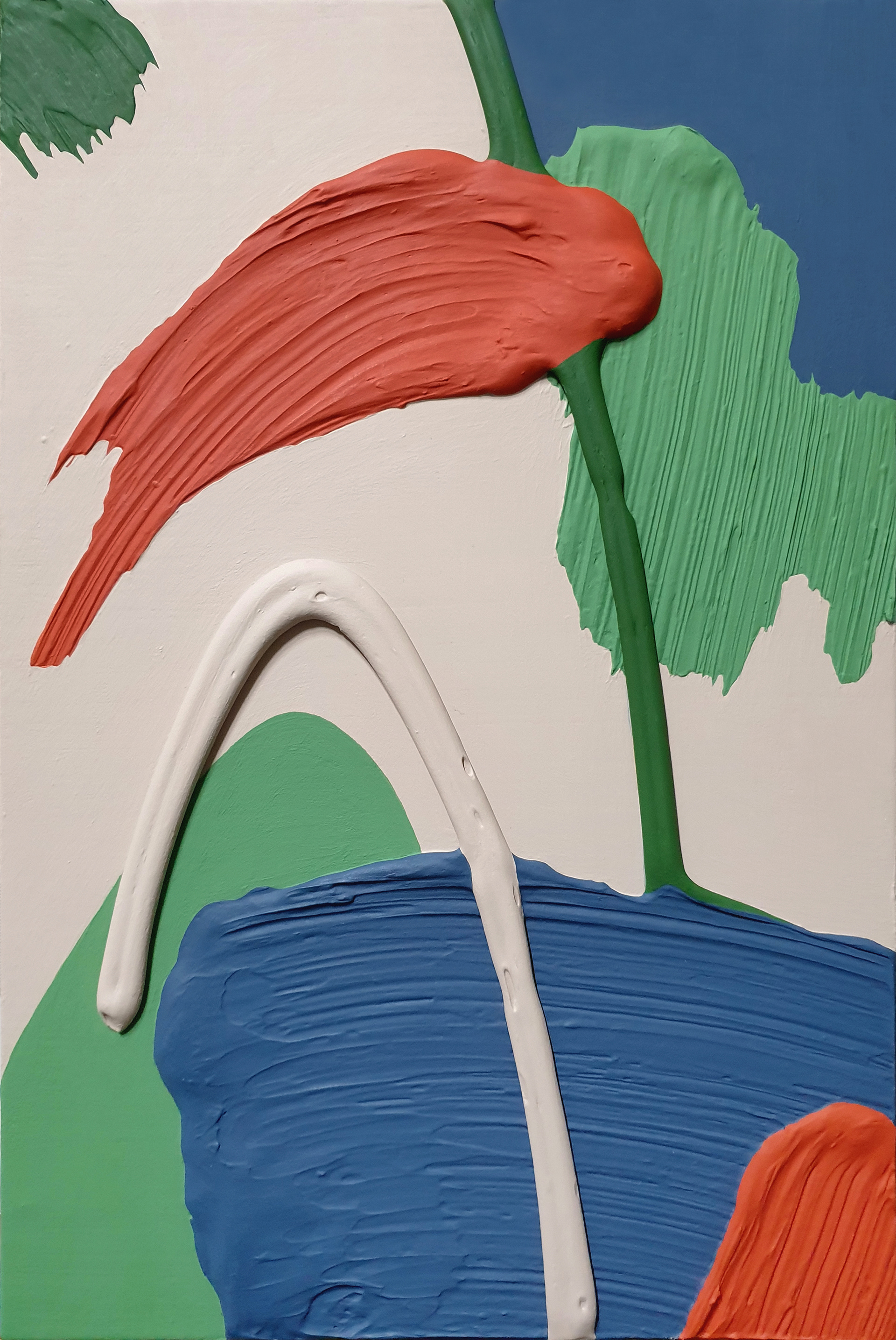
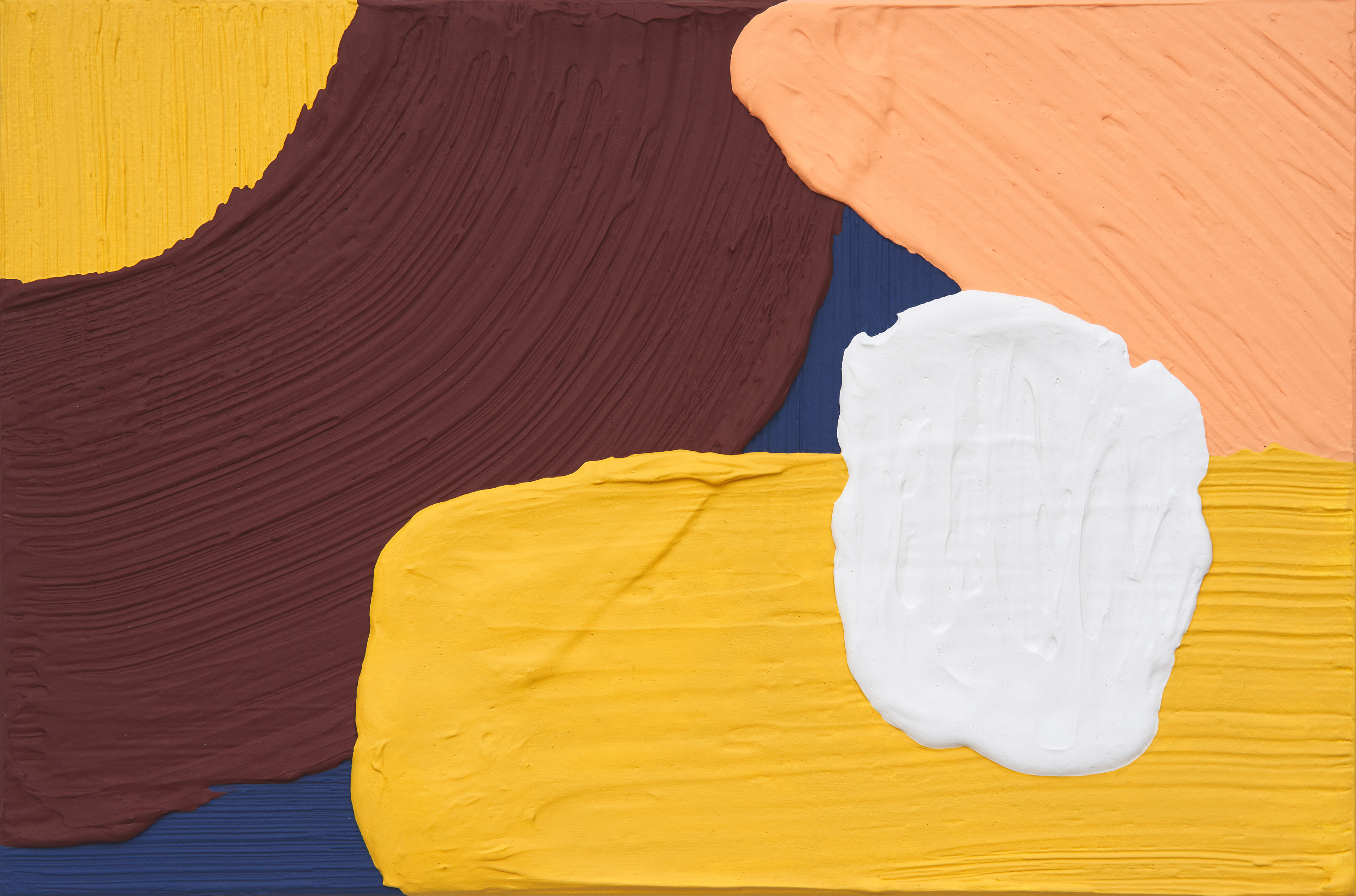
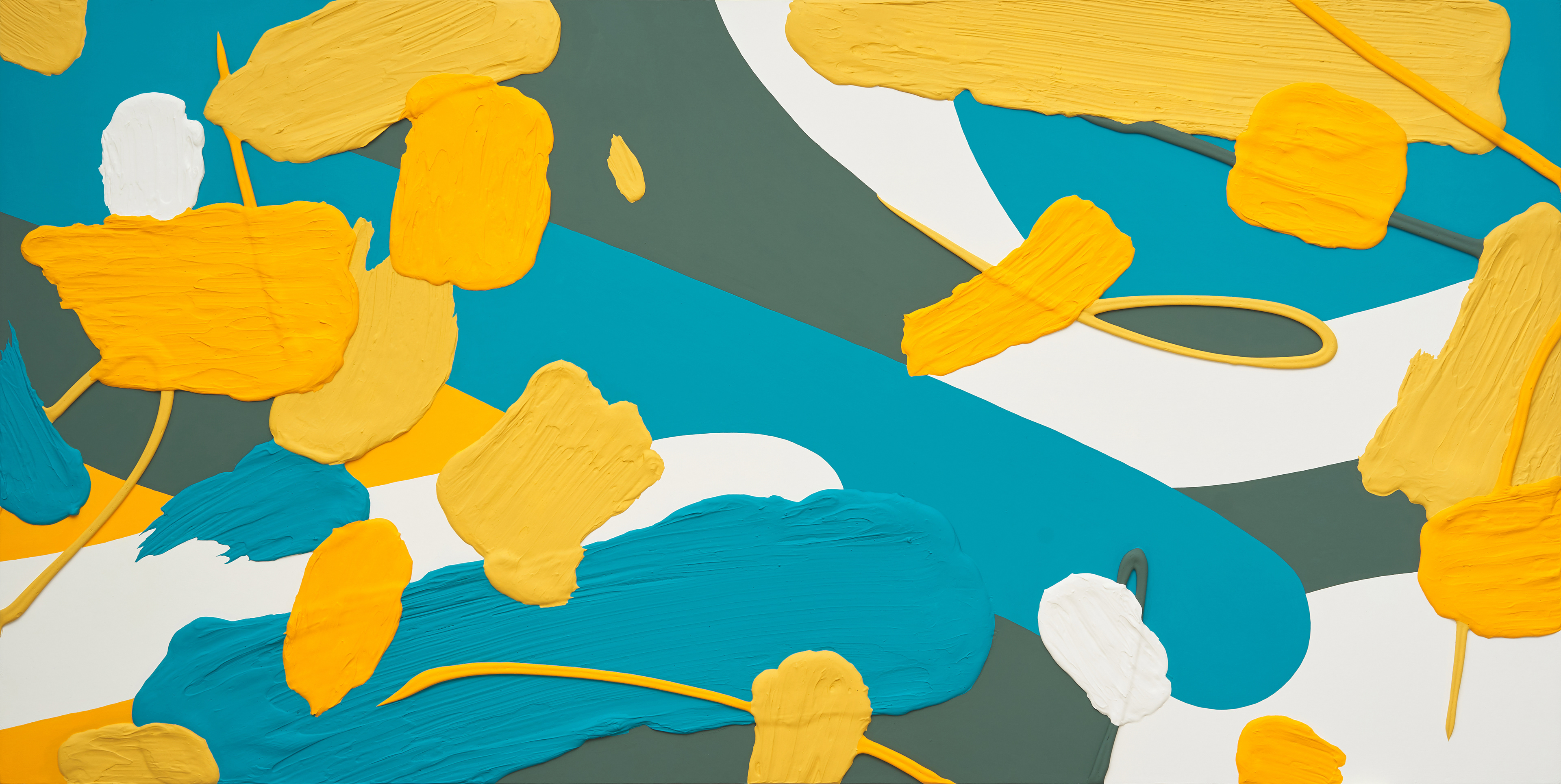
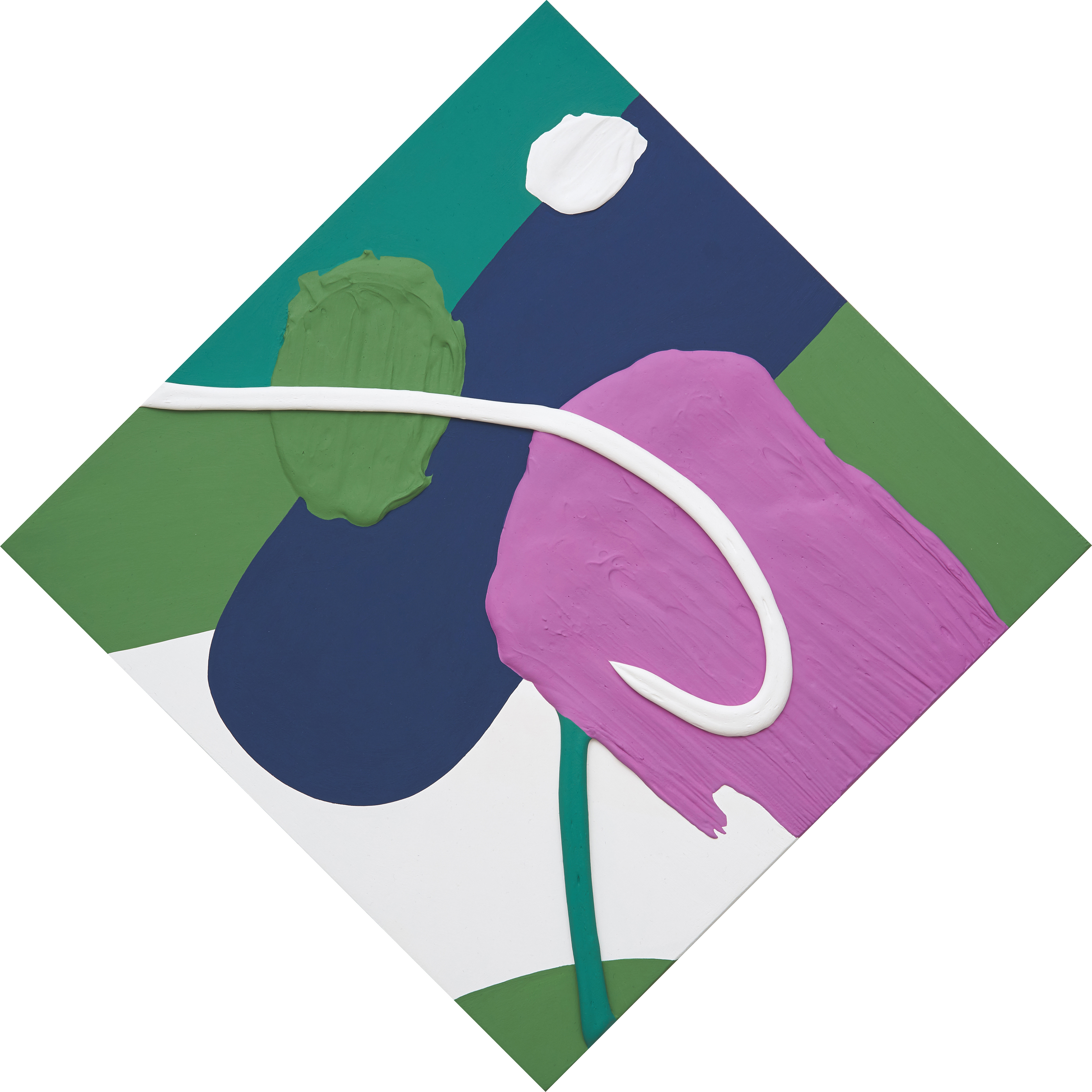
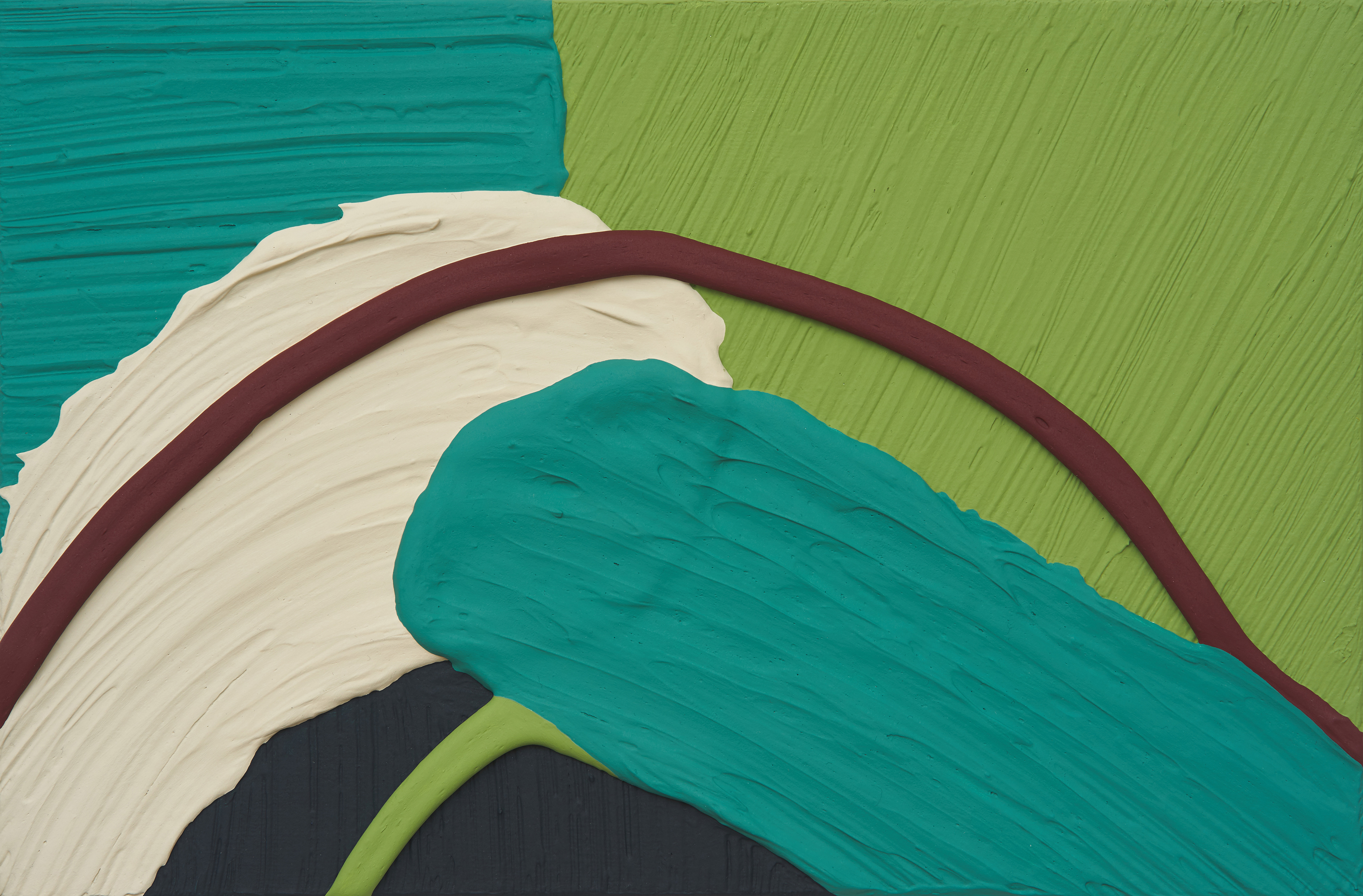
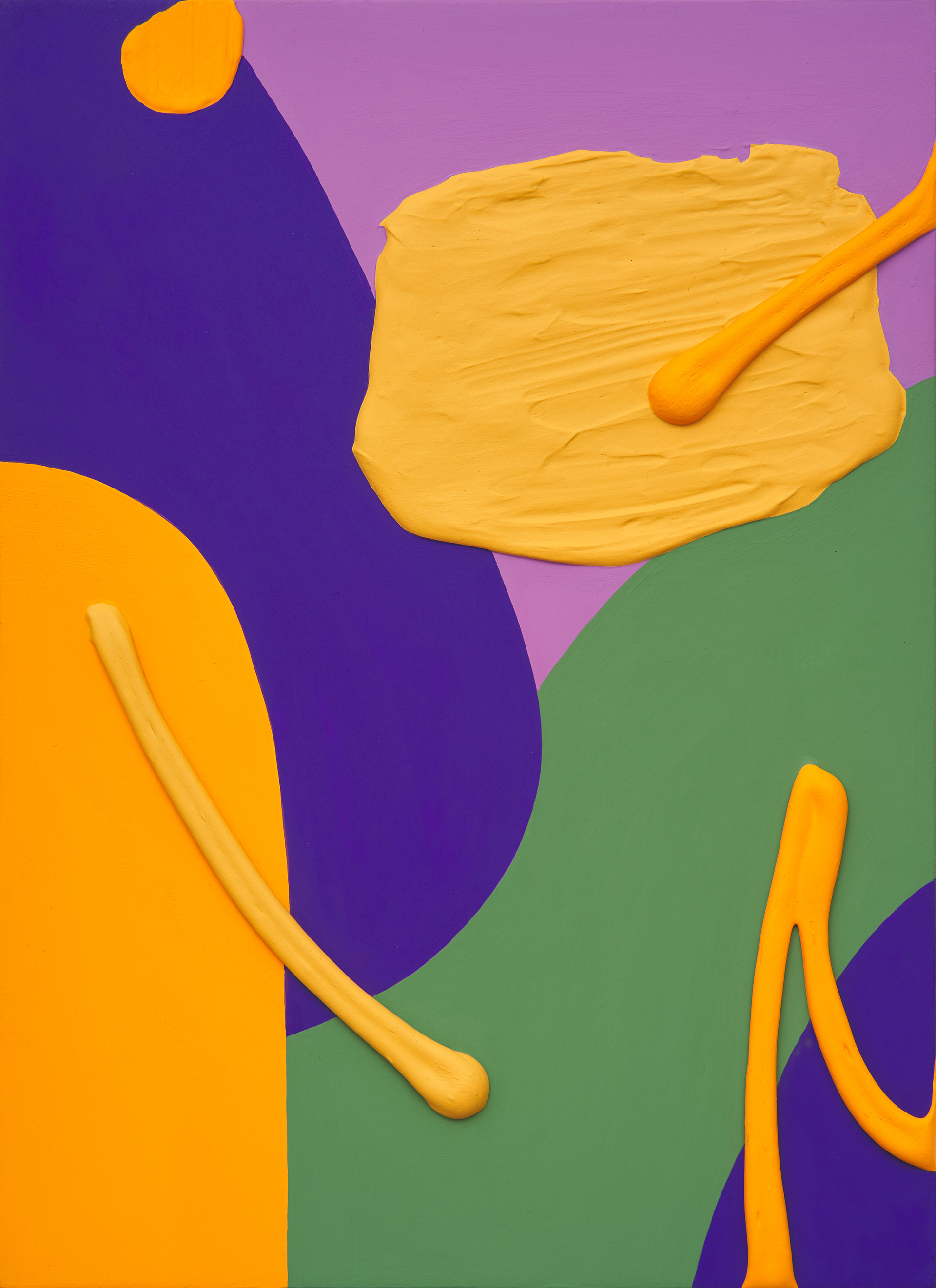
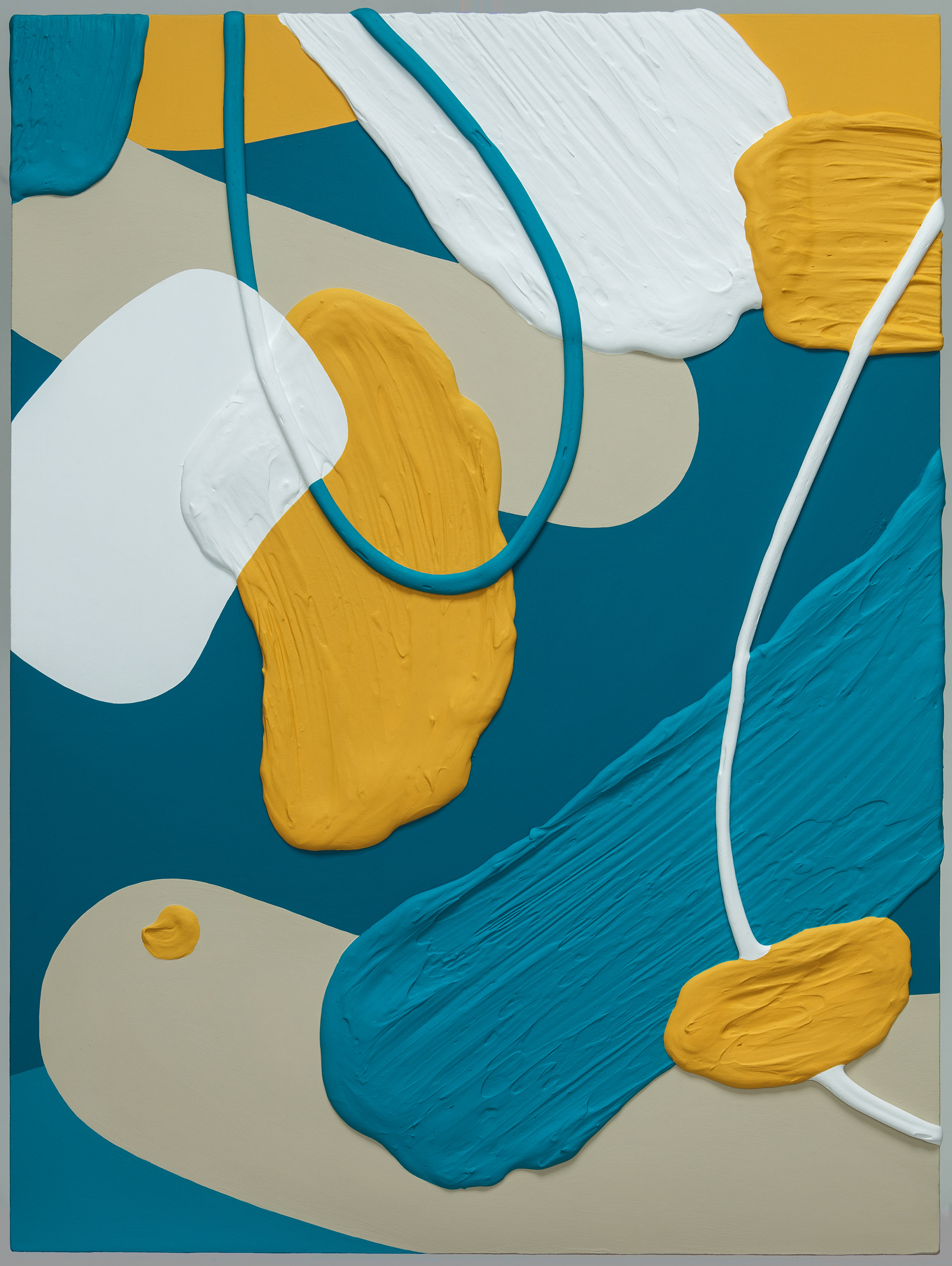
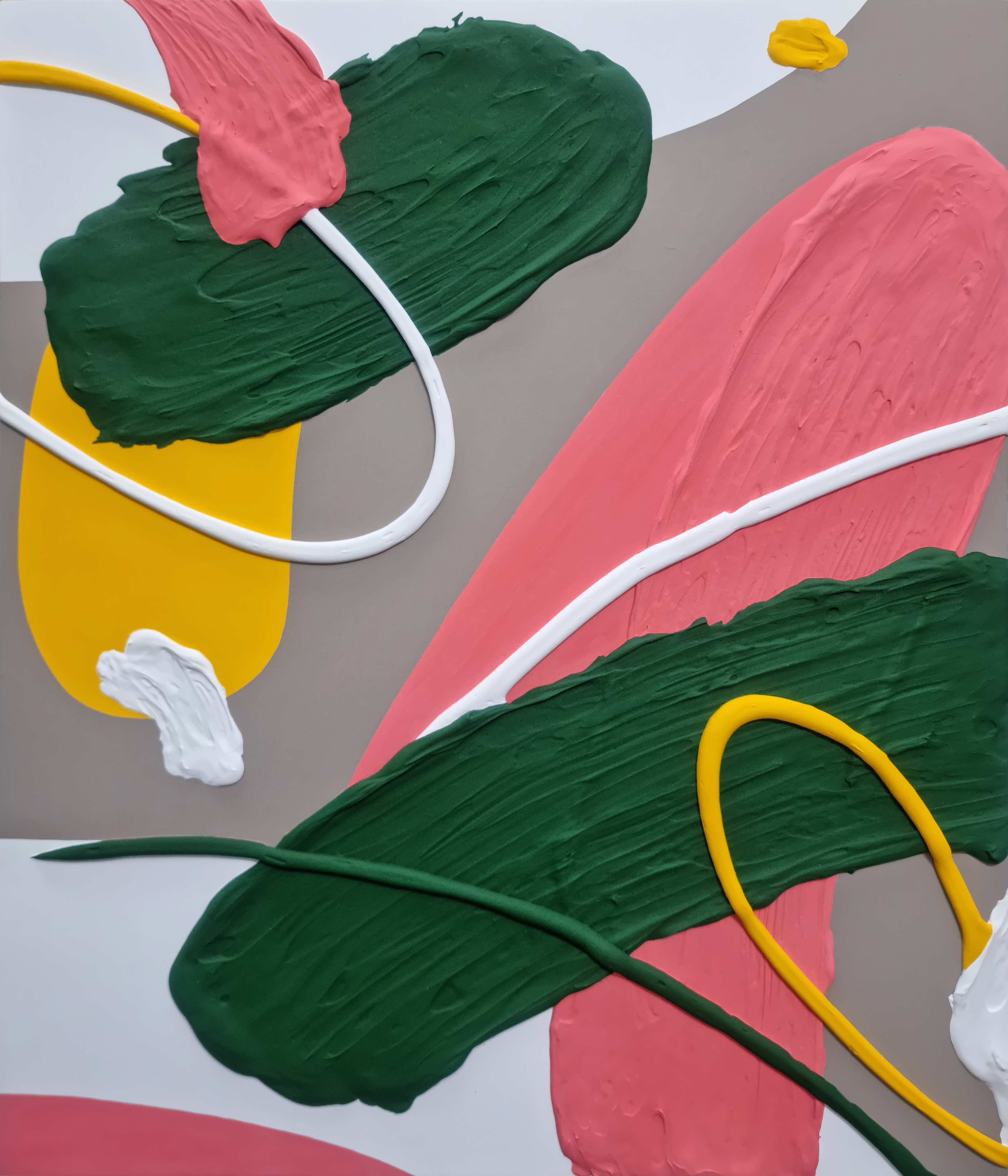
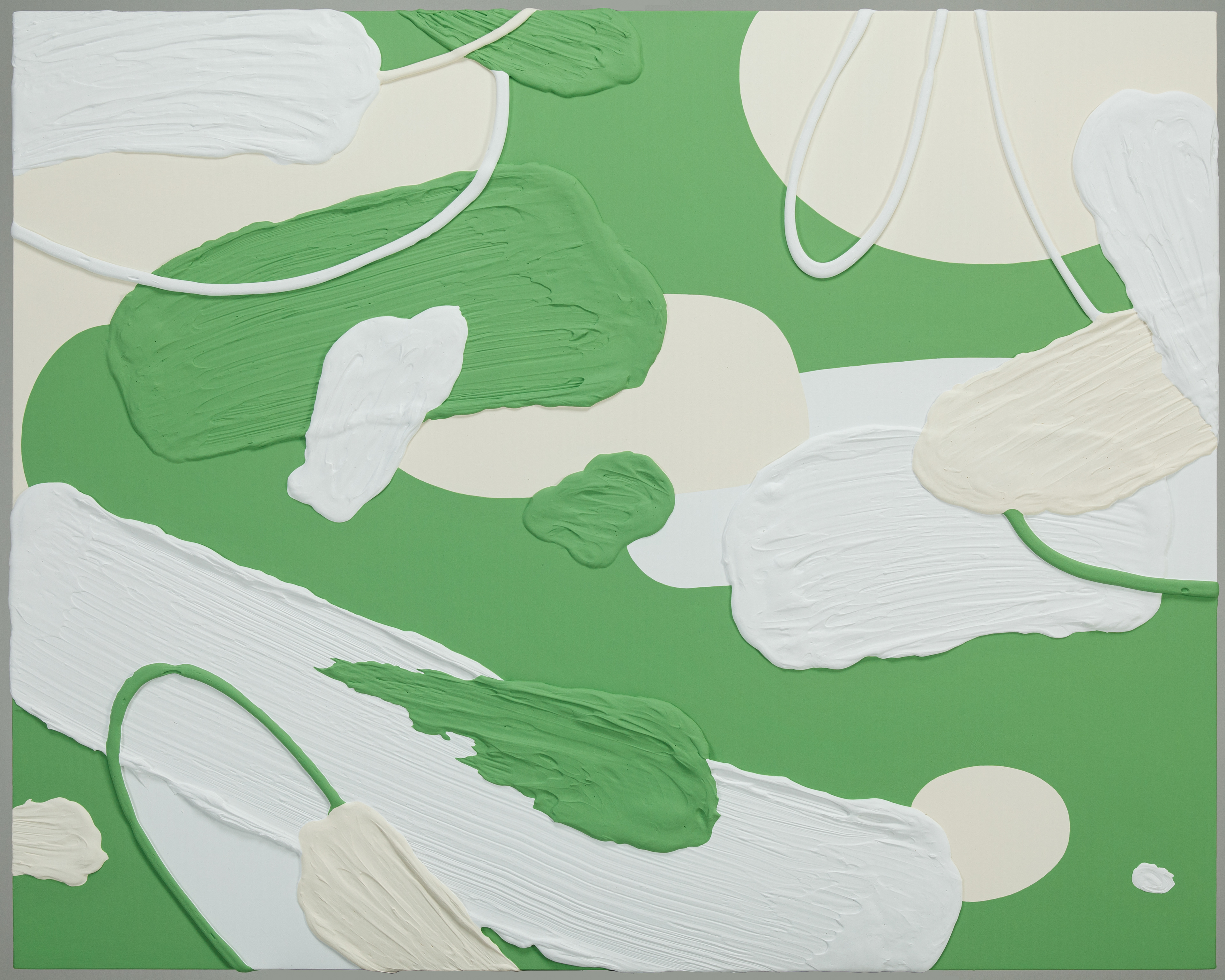
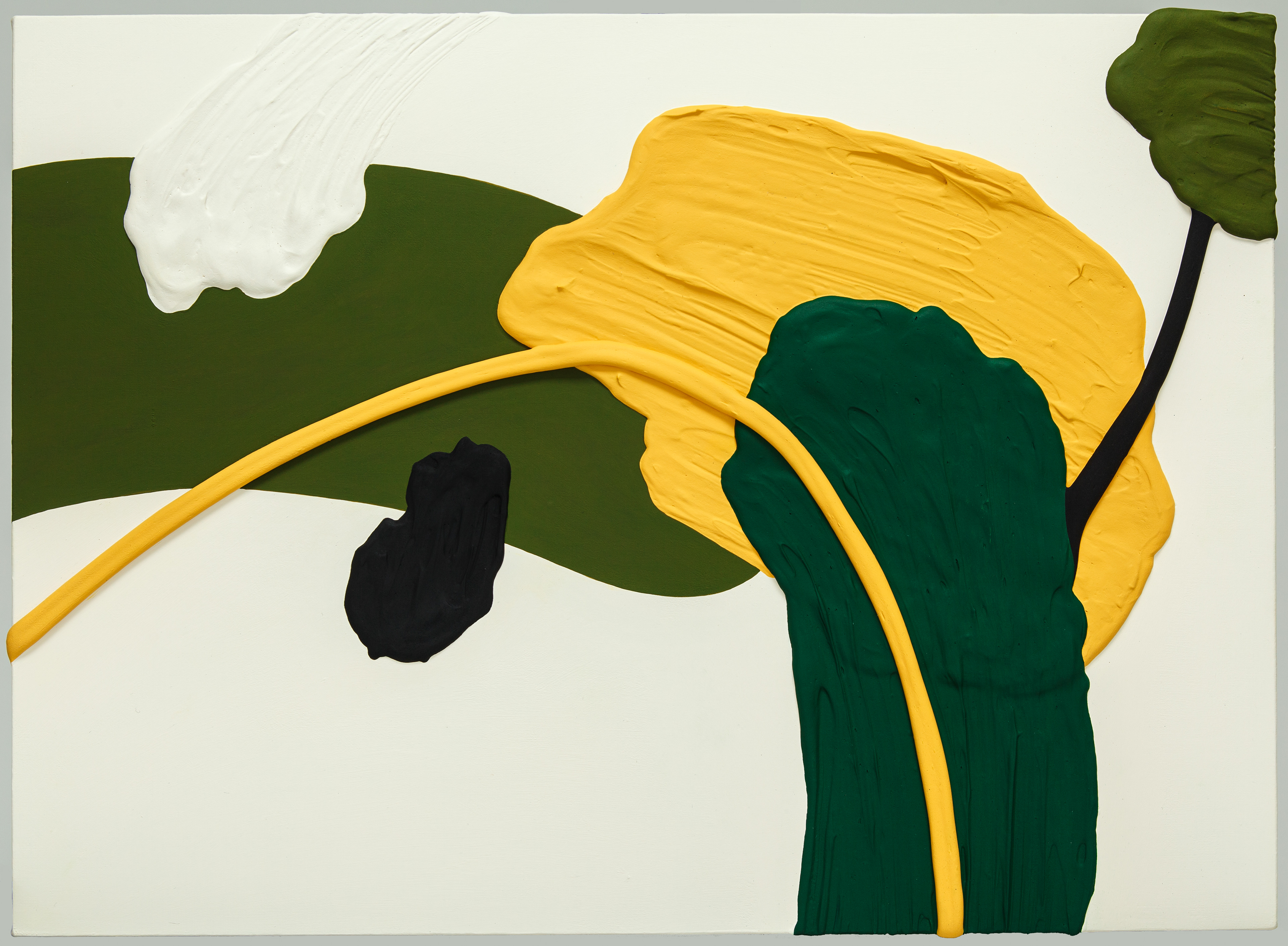
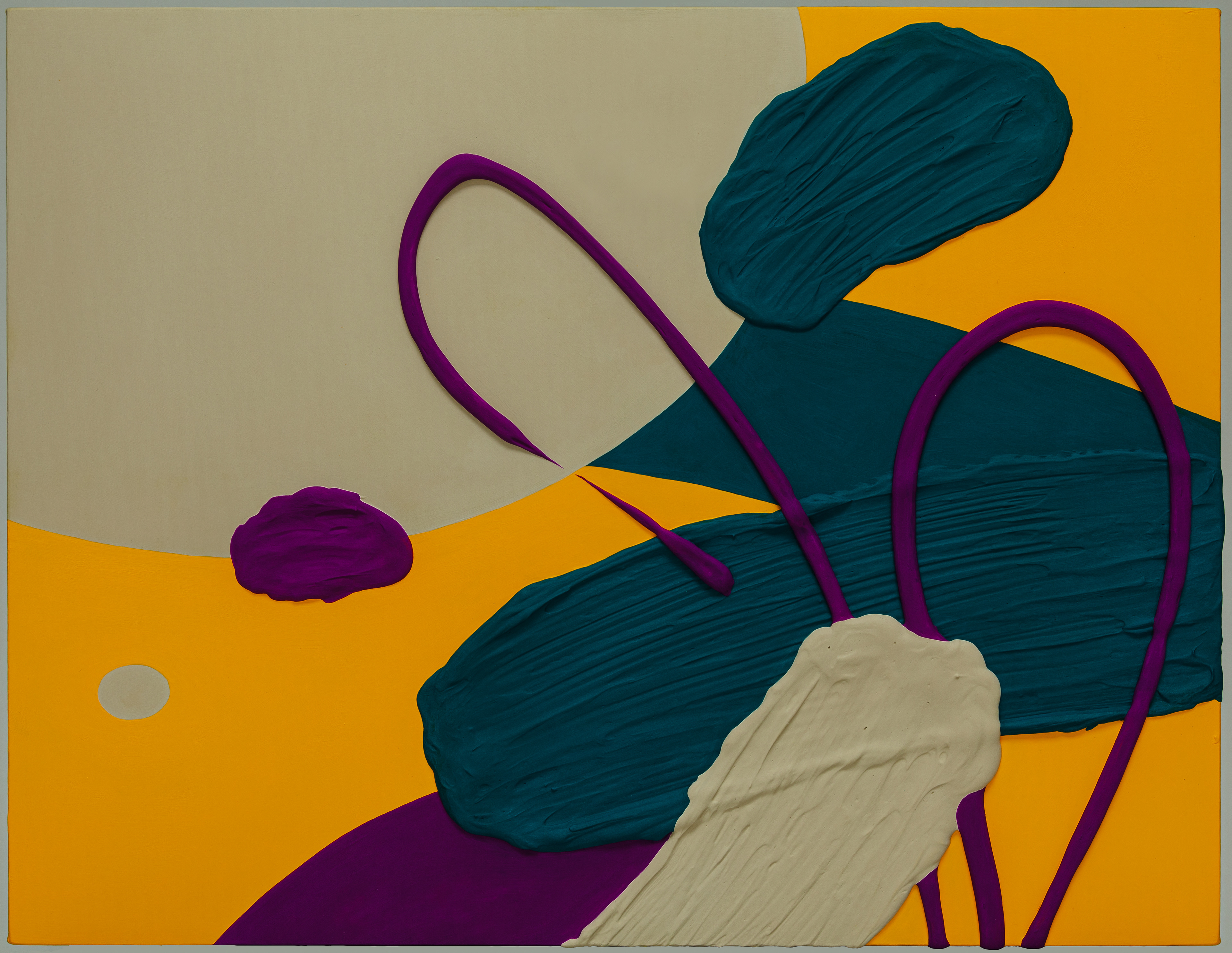
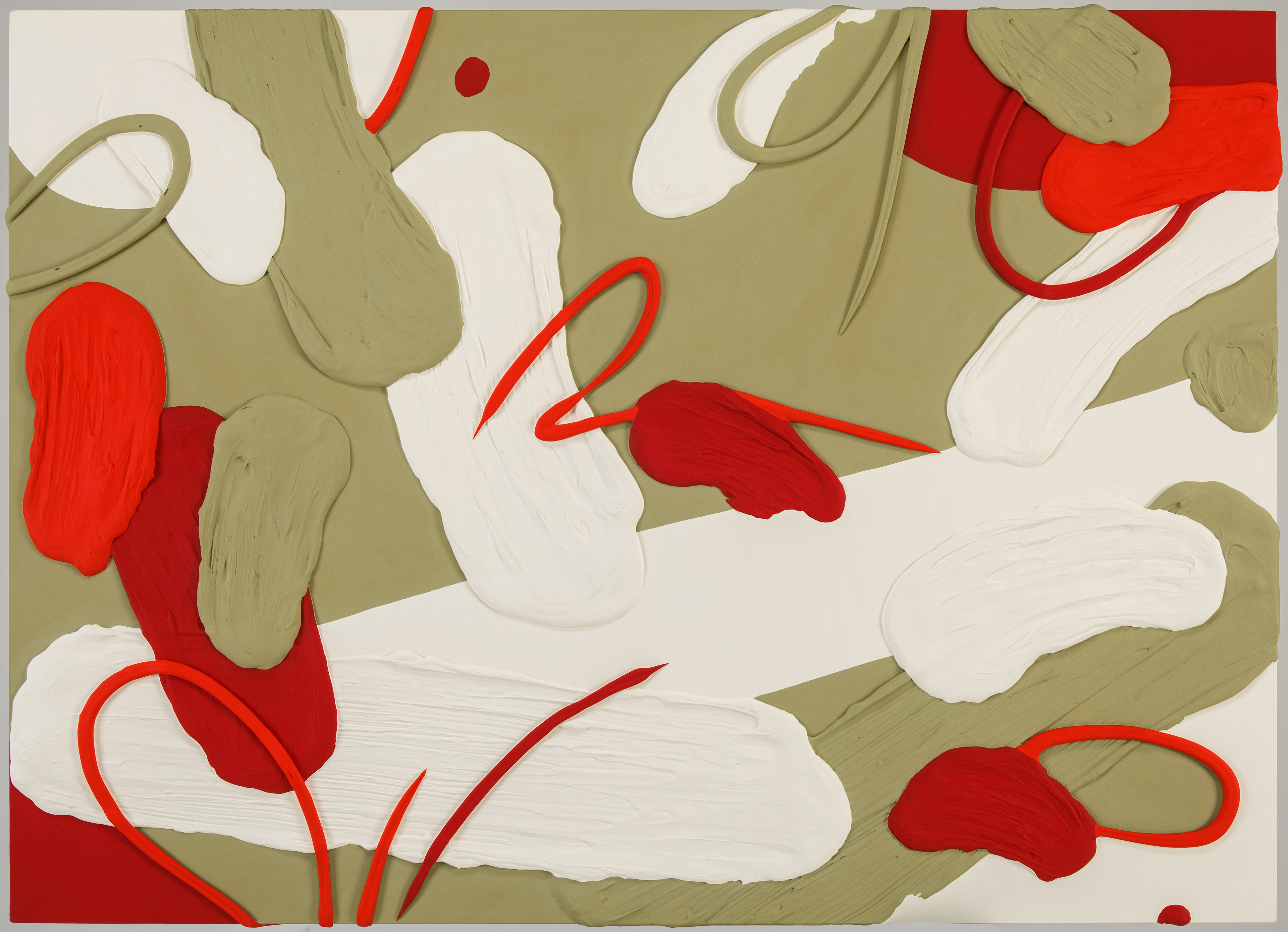
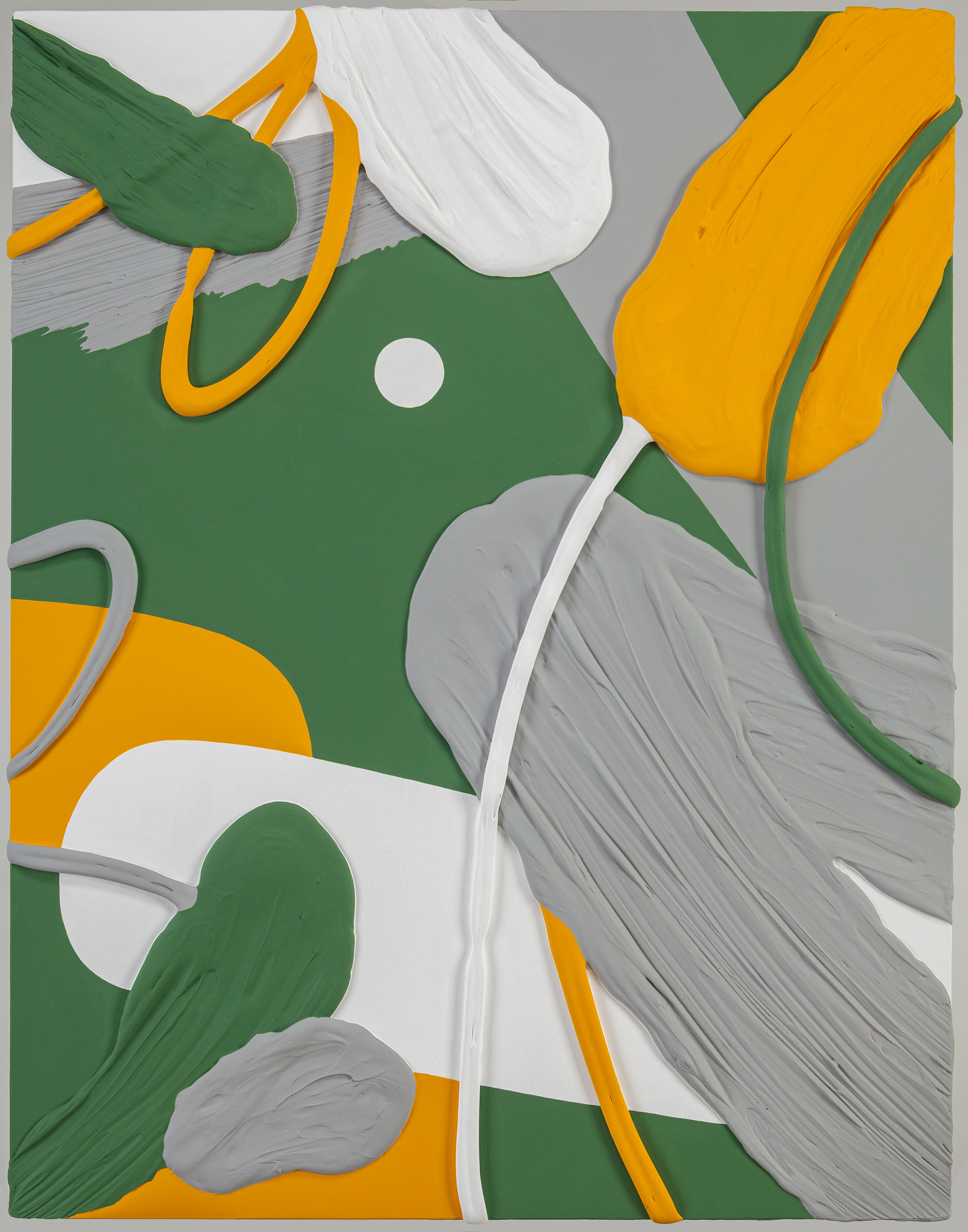
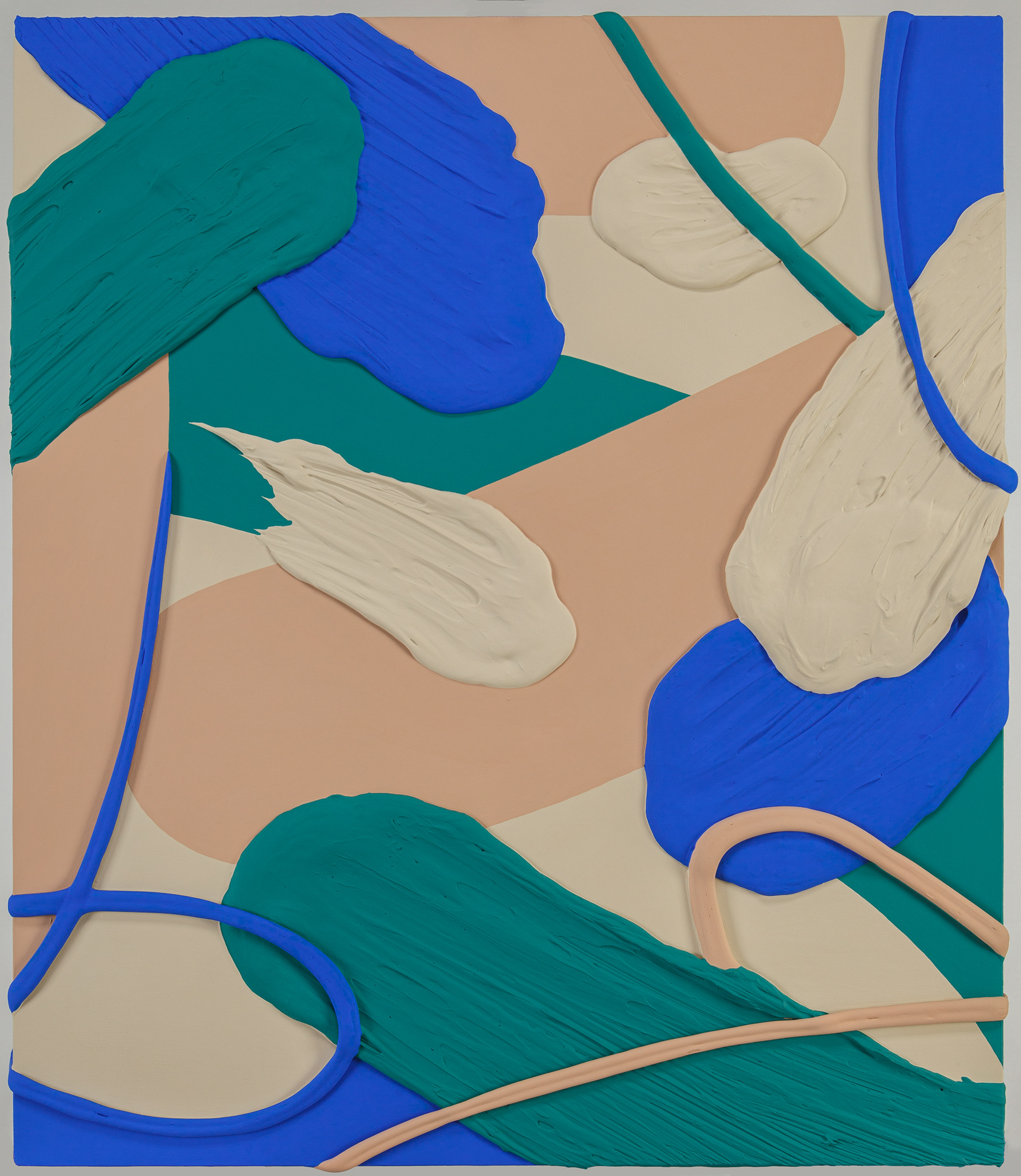
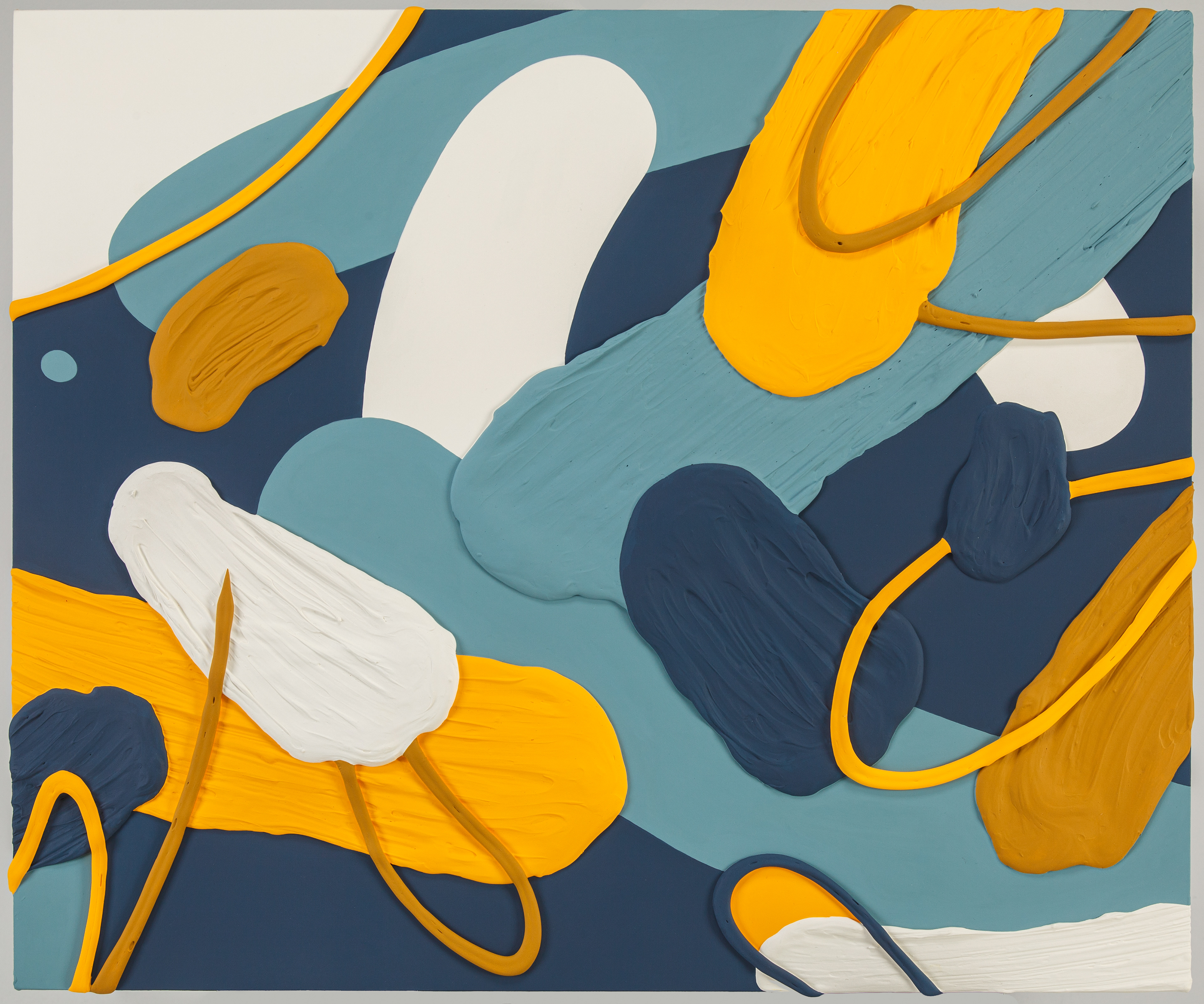
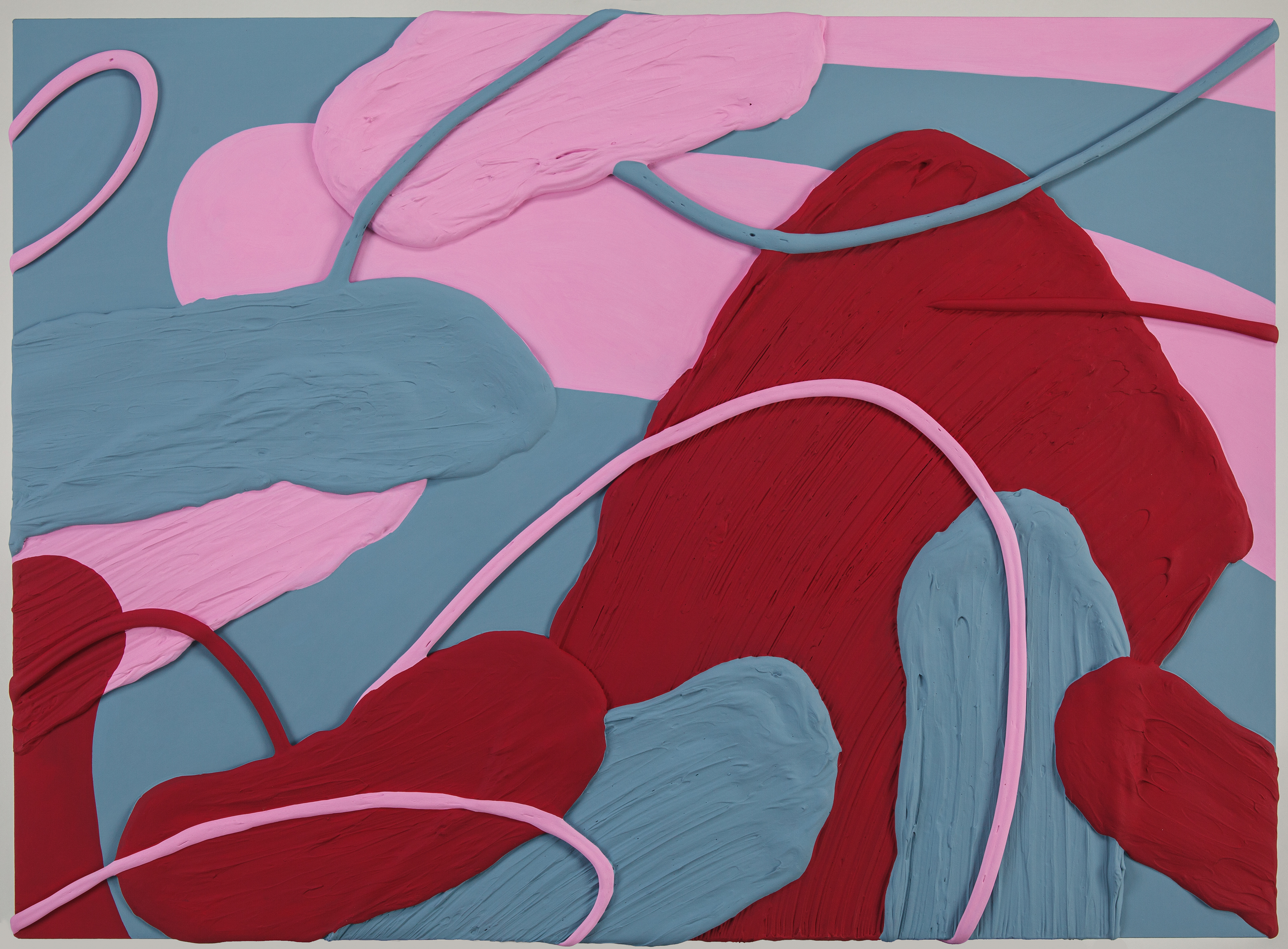
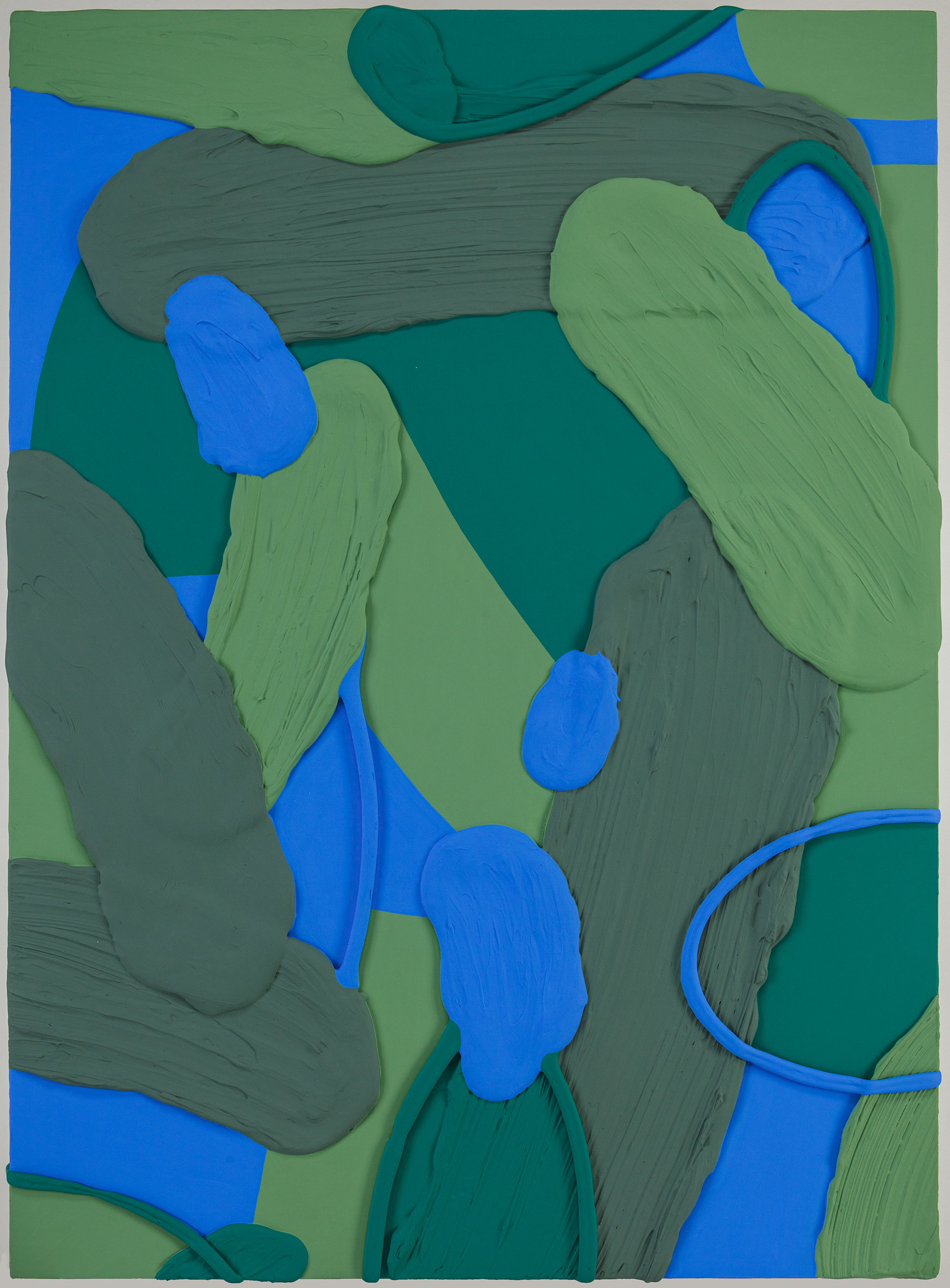
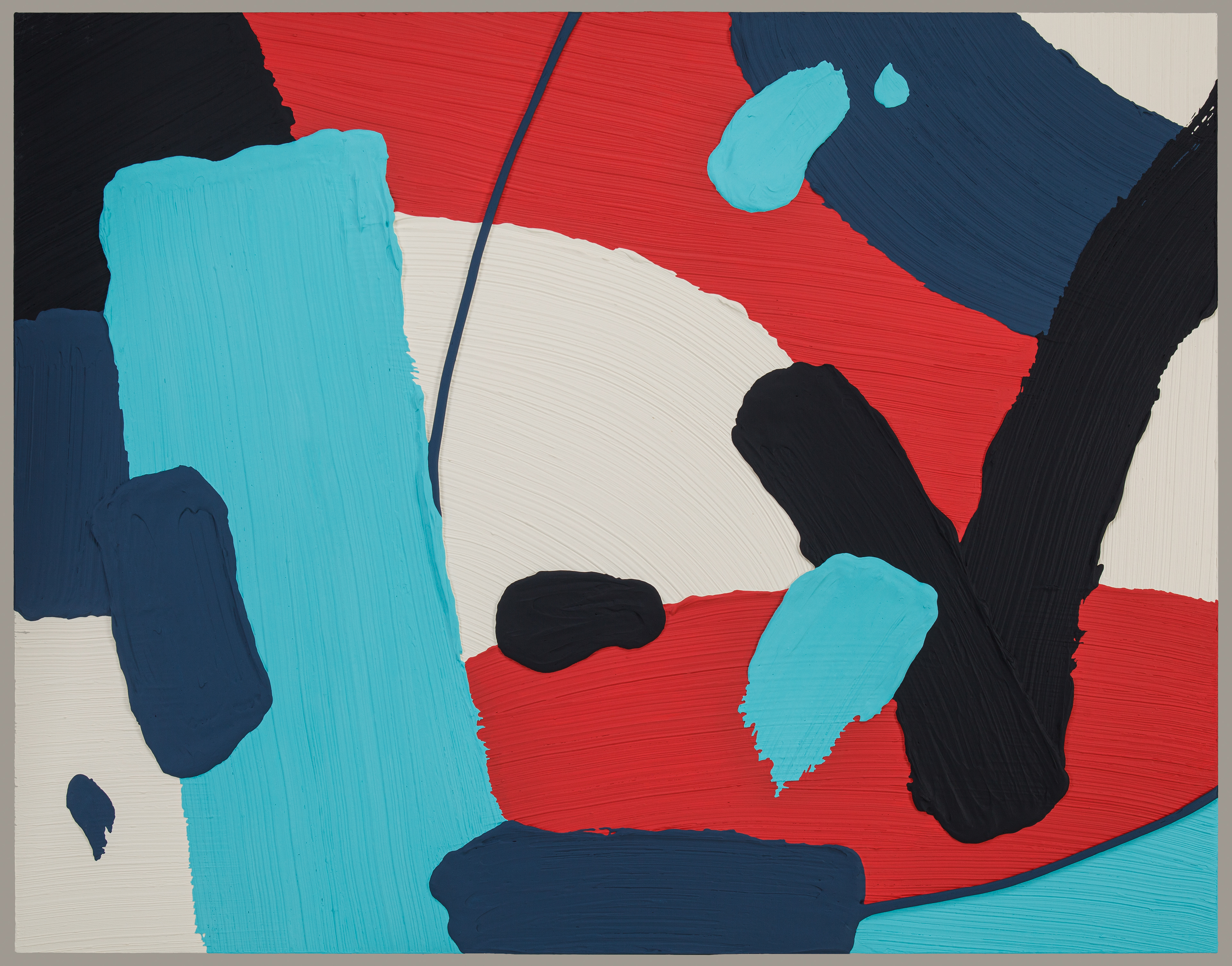
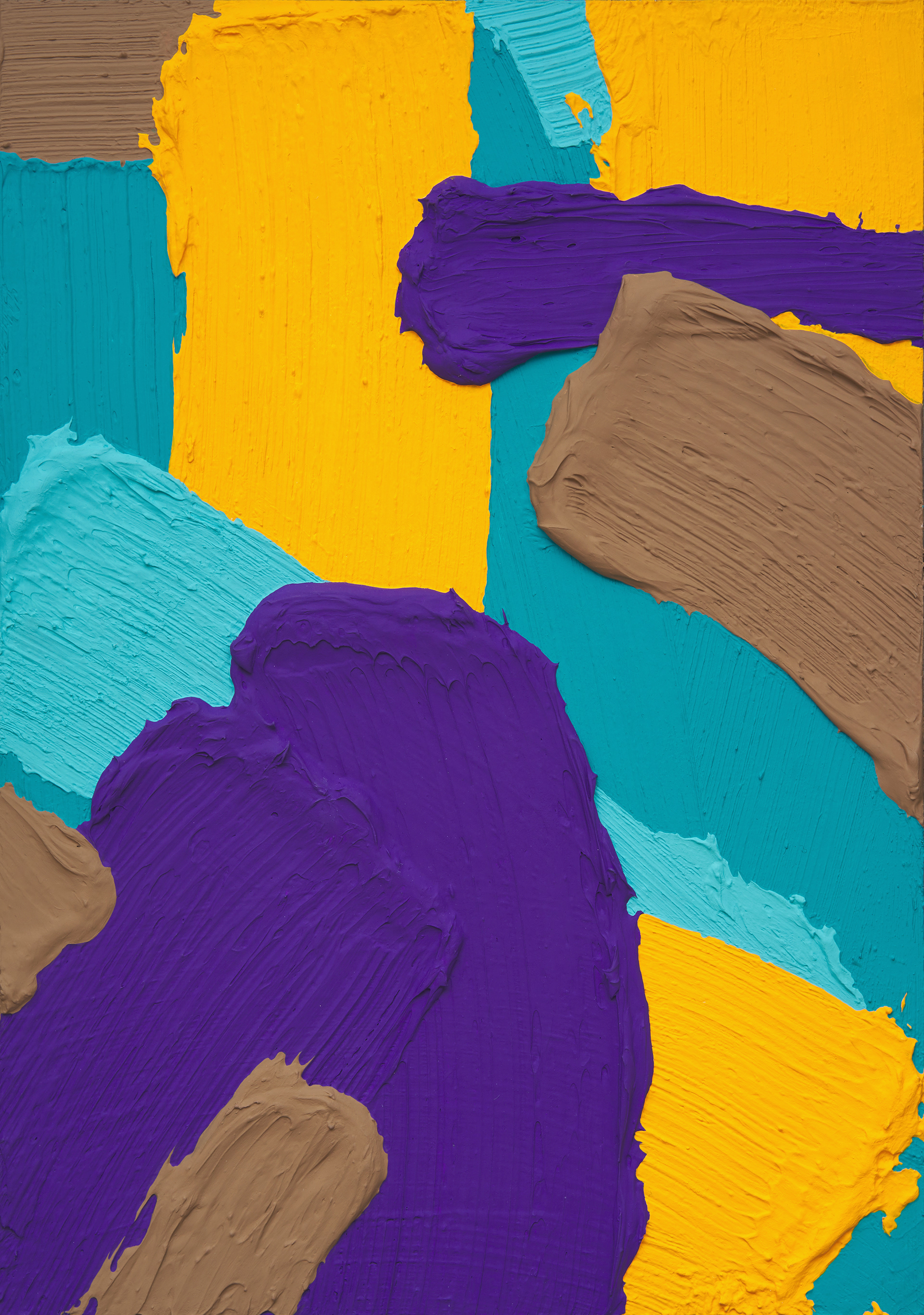
<No more, no less.> 작품노트
의미적 존재가 특정 범주나 개념의 틀 속에서 탄생한다면, '나'를 의미로 담은 작품을 만들 수 있다는 생각에서 출발했다. 구도와 색, 질감만으로 지극히 개인적인 안정감(균형과 불균형)을 시각적으로 표현할 수 있을 것이라 믿었다.
나는 정신적인 요소, 즉 생각과 관념, 사색 등을 화폭에 담는 것을 중요하게 여겨왔다. 오랫동안 이것만이 예술의 본질이라 믿으며 정신적 성장을 추구했다. 그러나 점차 의미와 그것을 담는 매개체에 대한 고민이 깊어졌다. 그동안 육체와 정신을 분리해 탐구했지만, 이제는 이 둘을 함께 표현해야 한다는 필요성을 깨닫고, 그림을 그리는 행위와 정신을 균형 있게 담는 방법을 고민하게 되었다.
어릴 적에는 경계가 세상을 구분하는 중요한 기준이라 생각했다. 그러나 자라면서 모두가 같은 기준을 가지지 않는다는 사실을 깨달았다. 나는 동양의 정신과 감성을 배우는 동시에, 서양의 디자인적 색채와 표현을 접하며 혼란 속에서 자랐다. 그러면서도 어느 하나를 명확히 옳다고 주장하지 않았다. 이러한 "어중간함"은 나의 태도이자 작품의 중요한 키워드가 되었다. 나는 섞이지 않은 것을 섞고, 명확한 형과 색(내면의 질서와 안정)과 경계 없는 질감(불안한 미래와 생존의 열망)을 조합하여 새로운 의미를 부여하고자 한다.
<No more, no less.> 시리즈의 제목은 삶의 허무를 암시하는 것처럼 보이지만, 이는 분류를 위한 큰 틀일 뿐이다. 우리는 하나의 대상을 다양한 기준으로 해석하고 의미를 부여한다. 나는 이러한 기준이 모두 외부에서 만들어진 도구라고 생각한다. 그리고 그것에 얽매이지 않은 자유롭고 순수한 대상을 표현하고 싶었다. 이를 위해 그리는 행위에 경계를 설정하고, 의미를 만들어가는 과정을 시각화했다.
나는 완성되지 못한 물감자국에서 특별한 경험을 했다. 그것은 무의미한 상태로 존재하다가, 내가 감상의 개념으로 마주하는 순간 의미가 탄생했다. 이 경험을 통해 특정된 형상이나 언어적 의미를 따르지 않는, 불규칙하고 다양한 형태의 물감자국이 추상화 표현에 적합하다고 생각했다.
마티에르는 앵포르멜과 밀접하게 연결된다. 앵포르멜의 재질감은 불확실함에 대한 불안과 생명력 넘치는 욕망의 표현으로 다가왔다. 나는 여기에 육체적 개념을 더한 새로운 마티에르를 만들고자 했다. 기존의 감정적이고 본능적인 방식과 달리, 이성적인 느낌을 주는 형태로 표현했다. 육체는 정신의 출력 장치이지만, 완벽하지 않은 도구다. 나는 이런 불완전함에서 오는 불안을 자연스러운 것으로 받아들이고 작품에 담았다. 마티에르의 구도와 방향, 크기, 위치는 의도했지만, 가까이서 보이는 결의 모양이나 울퉁불퉁한 표면은 계획에 포함되지 않는다. 이러한 차이점이 기존과 다른 마티에르를 만들어냈다.
작품에서 작가의 행위 순서가 드러나도록 계획했다. 이는 내가 수묵화를 감상하면서 얻은 영감을 반영한 것이다. 수묵화는 먹과 한지의 특성상 작가의 숨과 붓의 속도, 화지와의 호흡을 느끼게 한다. 나는 이러한 순서를 화면에 담아내어 관객이 나의 행위를 상상하고, 이를 통해 나와 연결되기를 바랐다.
화면의 구도는 흔히 알려진 안정적인 구도와 다르게, 불안정한 위치나 방향에서 시작한다. 점이나 선 방향을 이용해 안정을 찾아가거나, 반대로 안정적인 구도에 균형을 깨는 요소를 추가한다. 이는 지극히 개인적인 안정감을 표현하기 위함이다. 나는 불안과 안정이 공존하는 구도를 통해 나의 안정감을 이야기한다.
색과 질감, 구성도 세심하게 계획한다. 아크릴과 과슈를 섞어 묽게 여러 번 채색하고, 바니쉬를 사용해 전체적으로 무광을 유지했다. 무광은 그림자를 평면적으로 느끼게 해 화면의 입체감을 단순화한다. 마티에르의 결과 그림자가 동양화의 "많고 적음"을 표현하는 방식처럼 화면의 무게감을 조정한다. 나는 회화의 기본 요소인 색, 질감, 구도를 활용해 다양한 시각적 즐거움과 의미를 전달하고자 한다.
Artist’s Statement
If a meaningful existence is born within a framework of certain categories or concepts, then it seemed possible to create a work of art that embodies "me" as its meaning. I believed that composition, color, and texture alone could visually express deeply personal feelings of stability (a balance of harmony and disharmony).
I have always prioritized capturing the intangible—thoughts, ideas, contemplation—on the canvas. For a long time, I believed that art should exclusively reflect these elements and sought only mental growth. However, my perspective shifted as I contemplated the relationship between meaning and the mediums that convey it. I had long separated the body from the mind in my explorations but came to realize the necessity of expressing them together. This led me to reflect on how to harmoniously portray the act of painting alongside the mental process it entails.
As a child, I saw boundaries as critical standards that defined and divided the world. Growing up, I realized that not everyone shares the same standards. I learned Eastern sensibilities and philosophies from my parents and school, while Western design aesthetics and expressions shaped my worldview through media. This dual exposure left me feeling conflicted yet open. I never adhered to a single, absolute perspective but instead grew comfortable with ambiguity. This "in-betweenness" has become both my approach to life and a central theme in my work. By blending disparate elements—clear forms and colors (representing inner order and stability) with boundaryless textures (symbolizing uncertain futures and the will to survive)—I aim to imbue my work with new meaning.
The title of my series, No more, no less, may seem to evoke existential emptiness. However, it is simply a broad framework for categorization. When we observe an object, we assign meaning to it through various criteria. Whether scientific, religious, societal, or economic, these standards are external constructs that simplify how we evaluate and use the world around us. I view my work as unbound by these criteria—free and pure until it encounters "me," whereupon it is confined within my perspective. To explore this, I began setting boundaries in the act of painting itself, visualizing the process of meaning-making.
A transformative experience inspired me when I noticed an incomplete brushstroke. It was a meaningless mark until I encountered it—not conceptually, but emotionally—and in that moment, meaning emerged. This led me to embrace irregular, diverse paint traces untethered to defined shapes or linguistic interpretation, which I found perfectly suited to abstract expression.
Materiality (matière) is inseparable from Art Informel. The textures of Art Informel conveyed to me an overwhelming vitality, expressing the anxiety of uncertainty and the desire to survive. Inspired by this, I sought to develop a new interpretation of matière tied to physicality. Unlike traditional emotionally driven applications, my approach creates a more rational impression. The body, for me, serves as an imperfect output device for the mind. It executes intent but often incompletely. I embraced this imperfection and the accompanying sense of unease, incorporating it into my work. While I deliberately plan the direction, size, and placement of textures, the fine details—such as ridges and uneven surfaces—are left to chance. This contrast results in a unique expression of matière.
I structured my work to reveal the sequence of my actions, inspired by how I perceive and appreciate traditional ink paintings. In ink painting, the properties of ink and rice paper reveal the artist's breath, brush speed, and rhythm. Similarly, I wanted my audience to imagine my movements as I layered textures on the canvas, using this as a bridge to connect with viewers.
The composition of my works often begins with an unstable position or direction, using points or lines to gradually achieve balance. Alternatively, I introduce disruptive elements into stable compositions. This interplay reflects my deeply personal sense of equilibrium. I fear both absolute stability, which feels stagnant, and rootless instability, which feels overwhelming. Much like holding a loved one’s hand during a scary movie or trusting the safety of a thrill ride, I construct my compositions to explore this balance.
Color, texture, and overall composition are carefully planned. I dilute acrylic paint with gouache and apply it in multiple layers, using varnish to unify the surface with a matte finish. This emphasis on matte eliminates reflections, flattening shadows and simplifying spatial perception. The shadows created by matière, shaped by its direction and form, adjust the visual weight of the composition in a manner akin to the Eastern painting technique of “more or less” expression. By differentiating textured from non-textured areas, I create additional layers of visual engagement. Through the fundamental elements of painting—color, texture, and composition—I aim to provide viewers with a rich visual experience and layered meanings.


